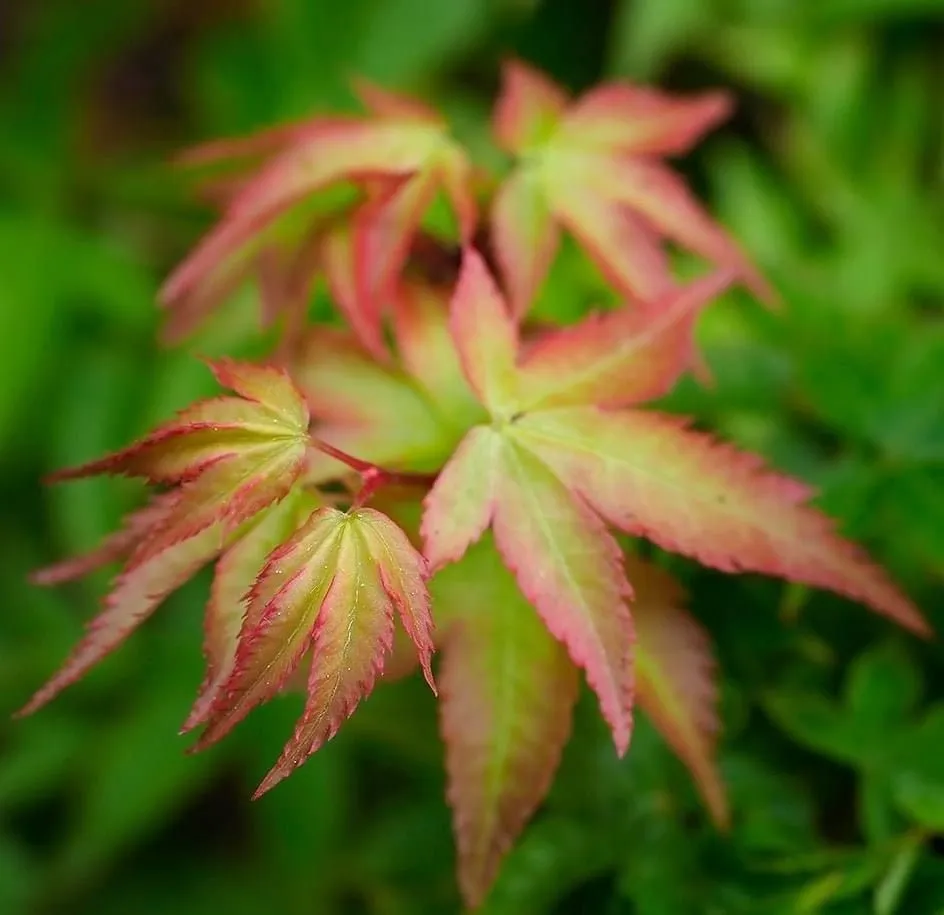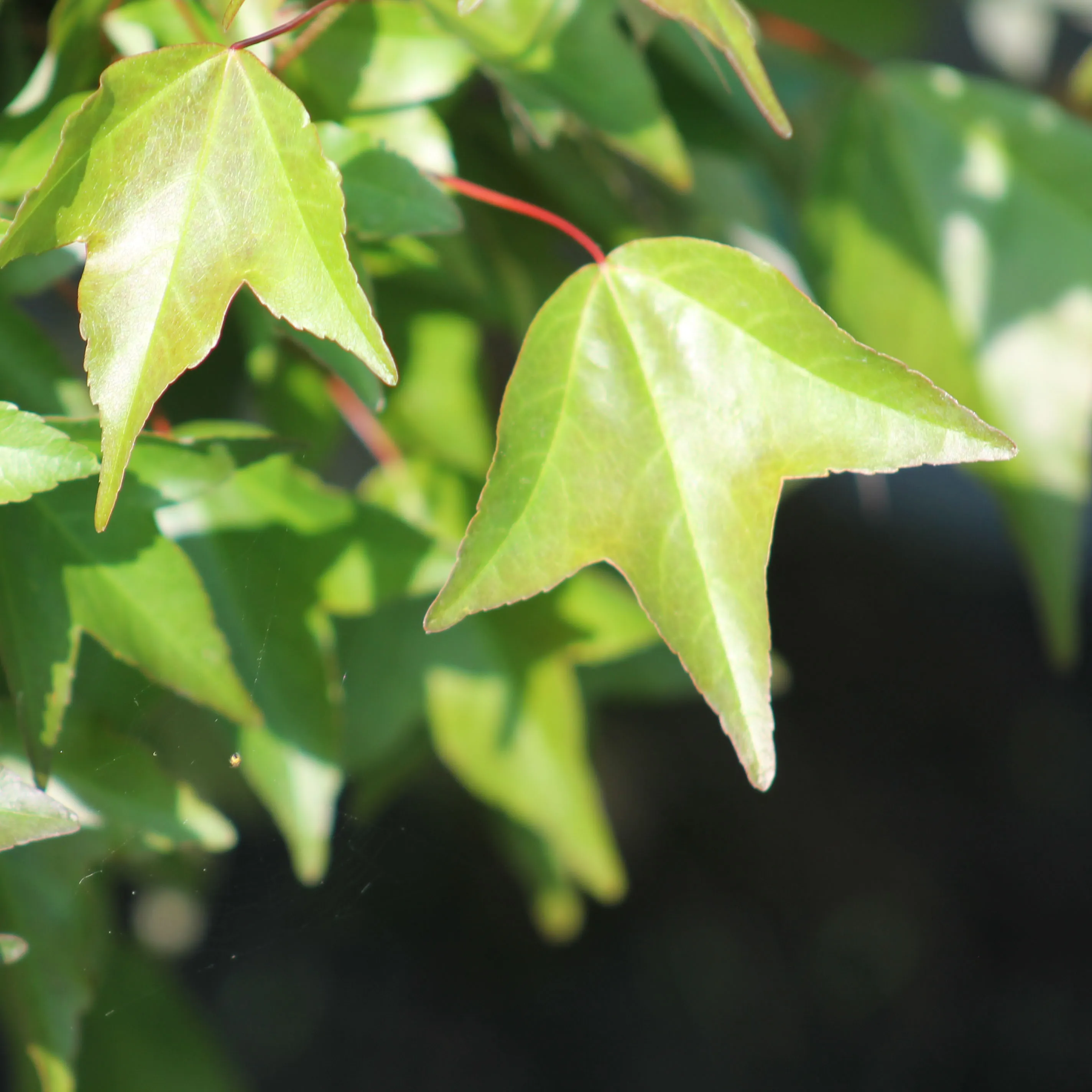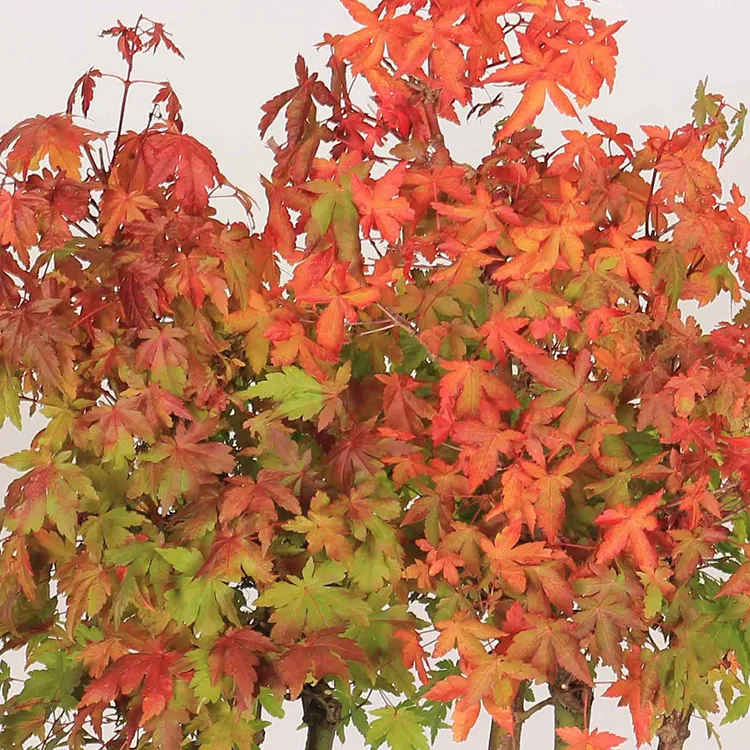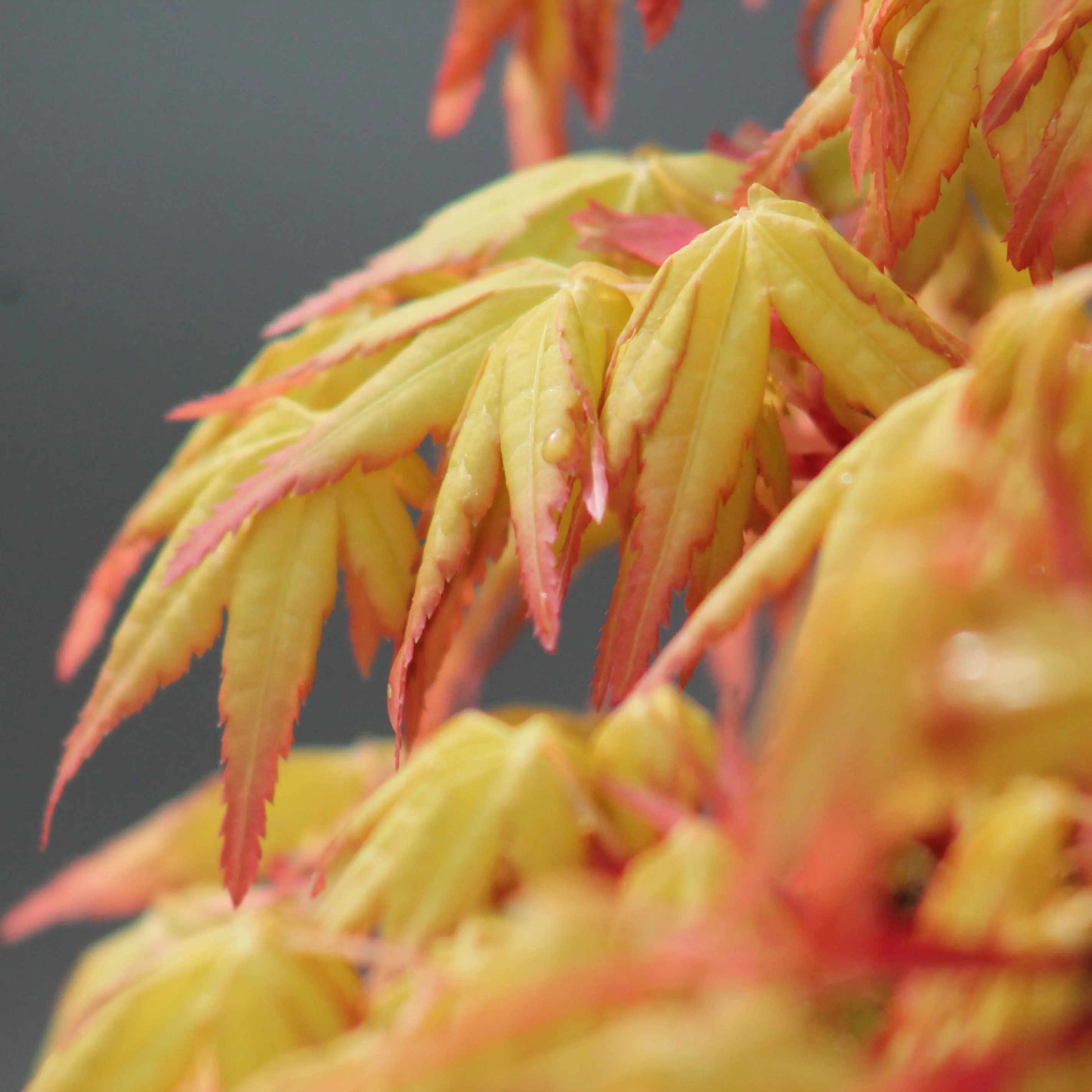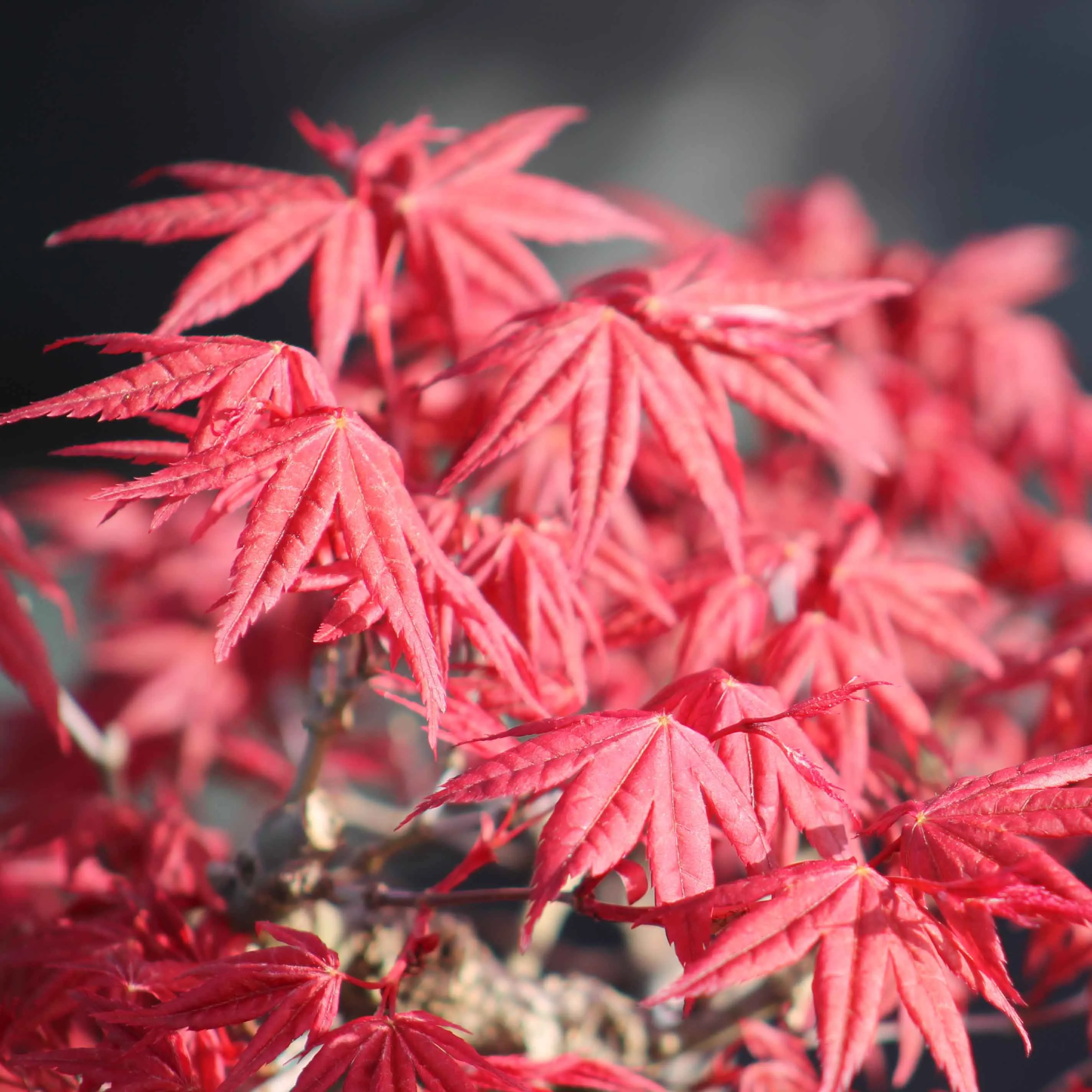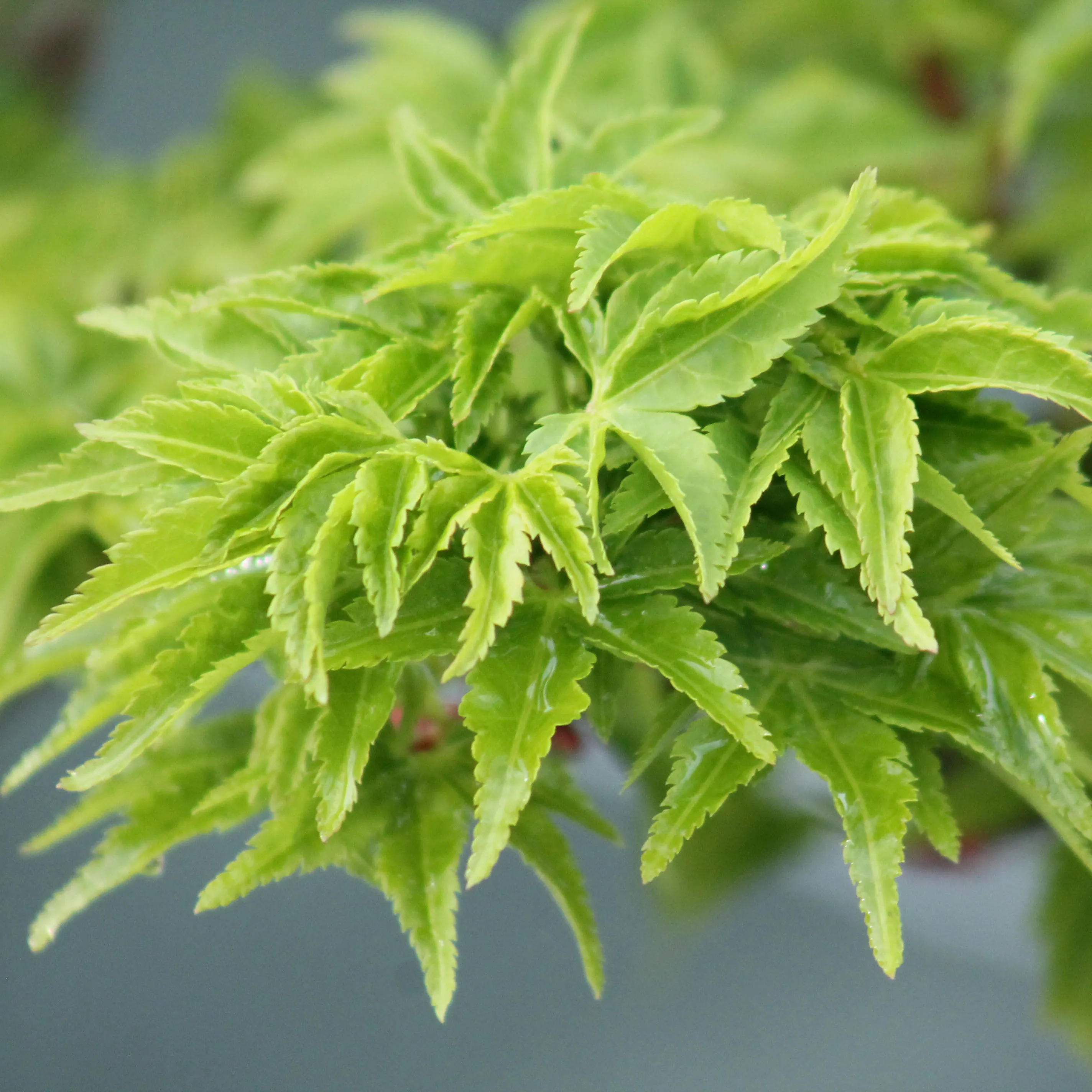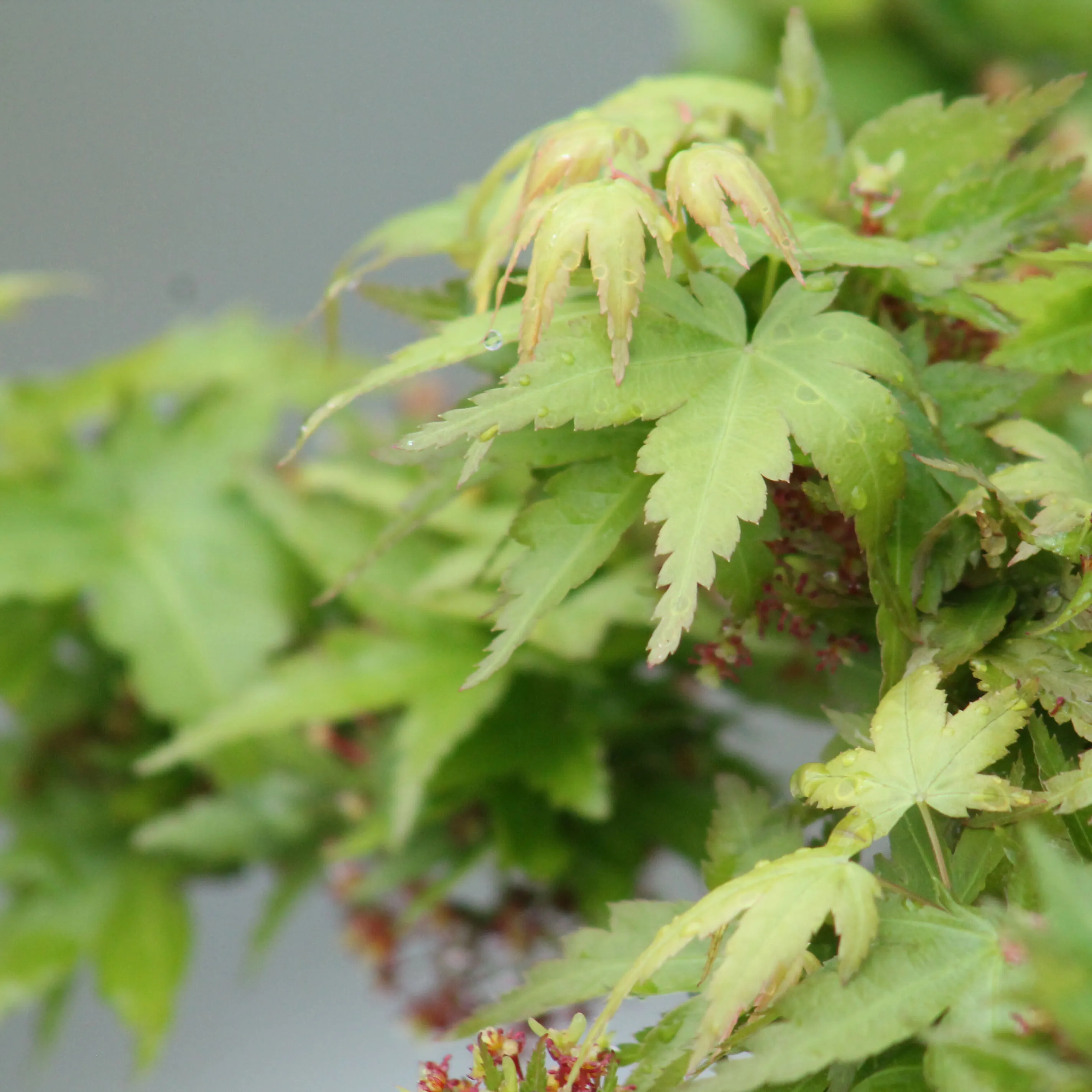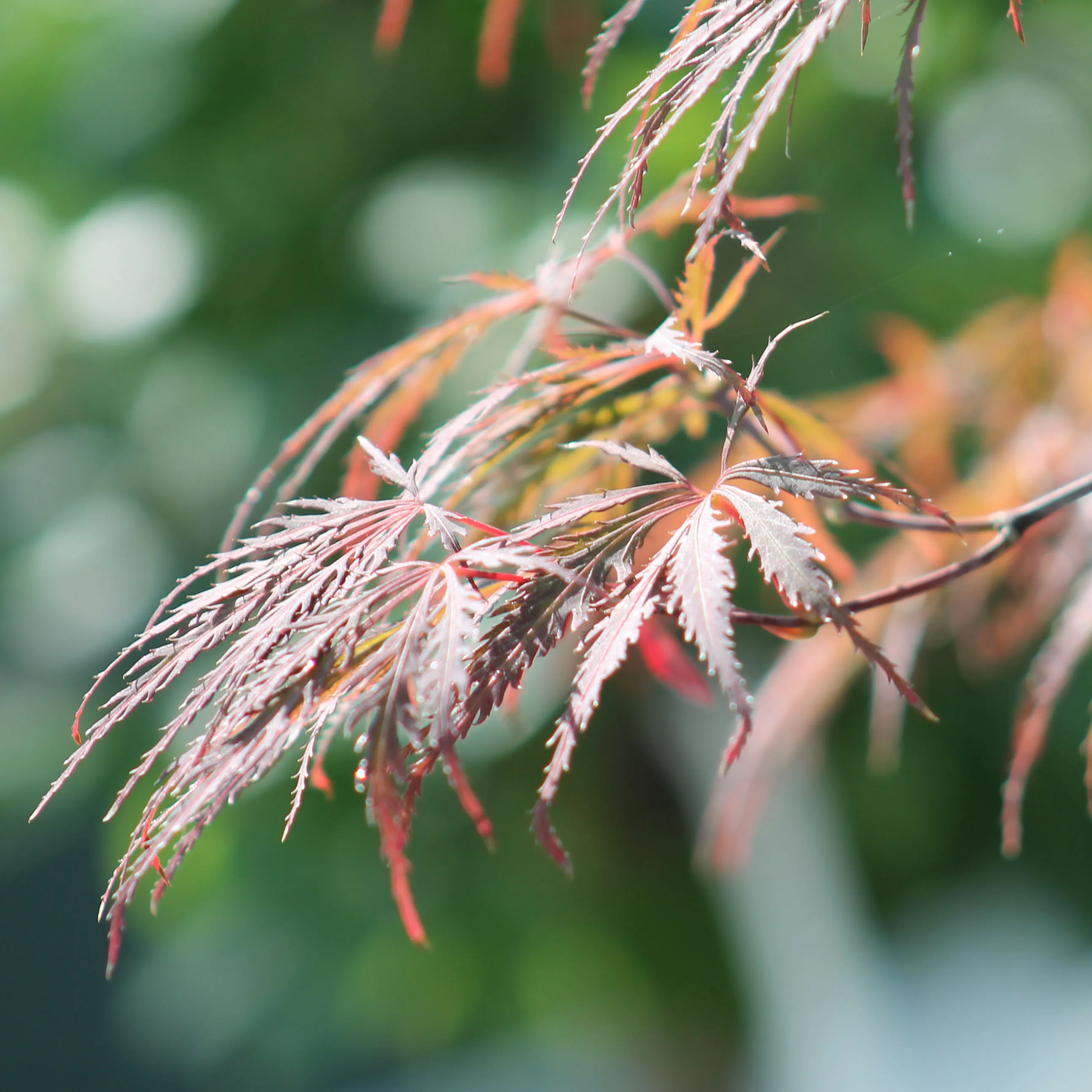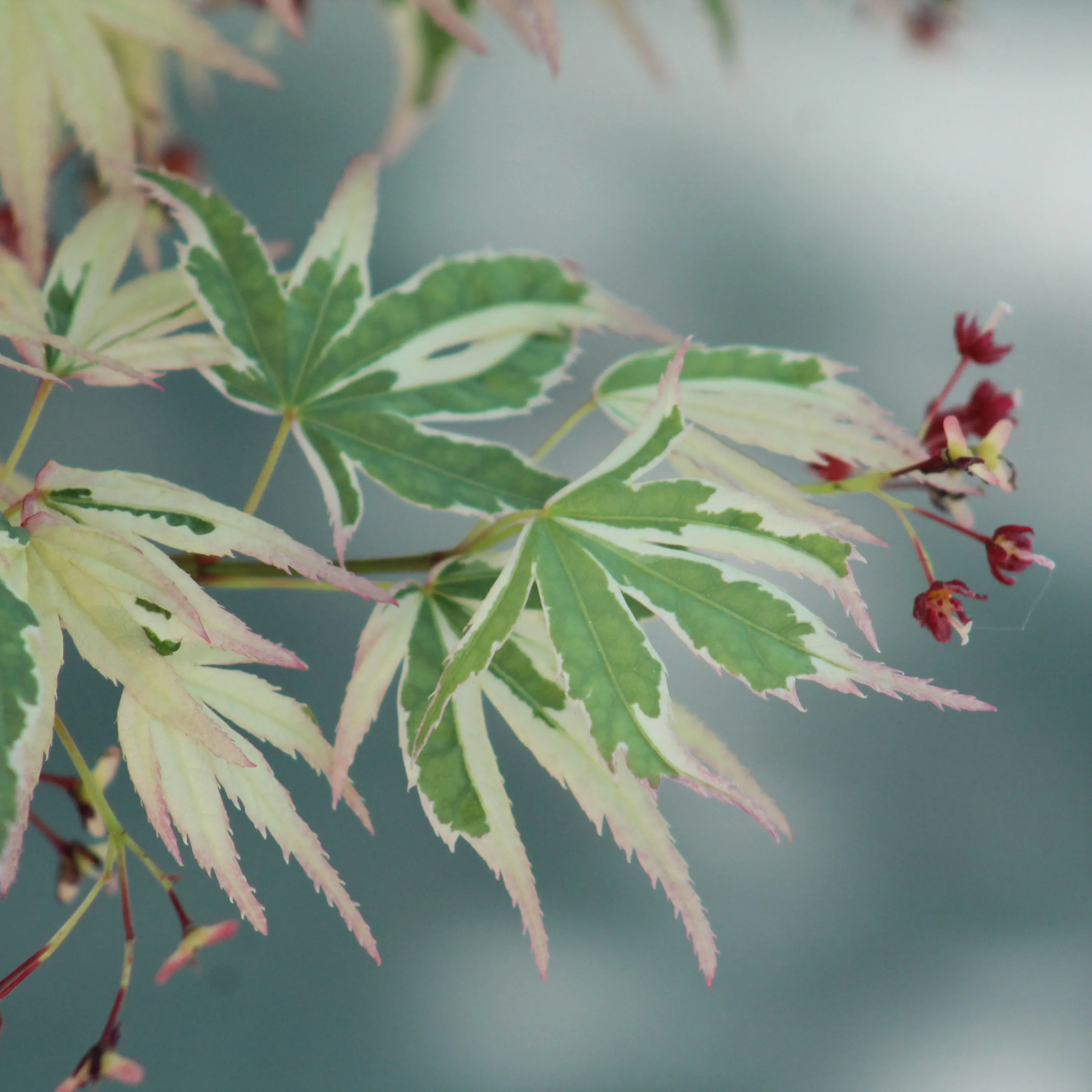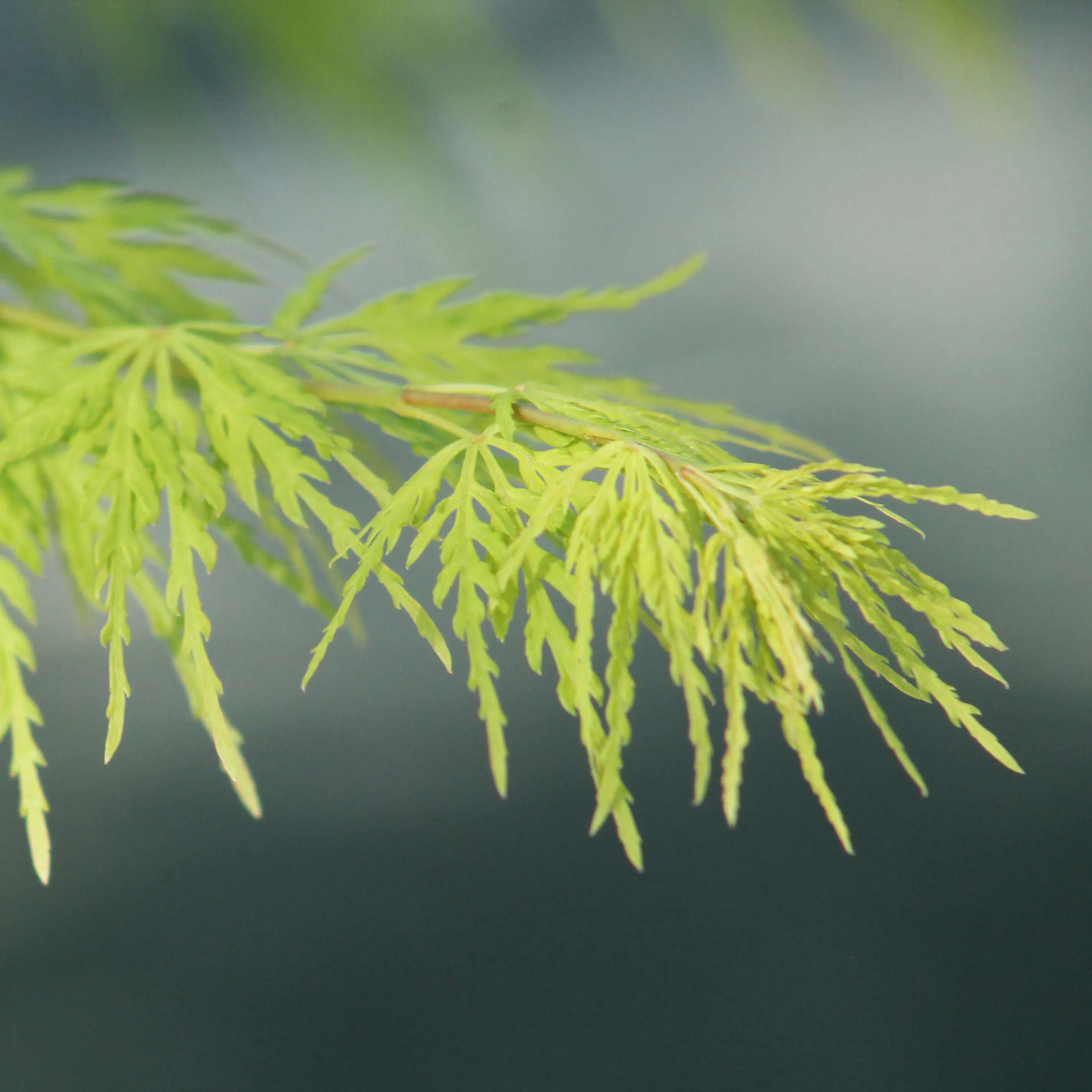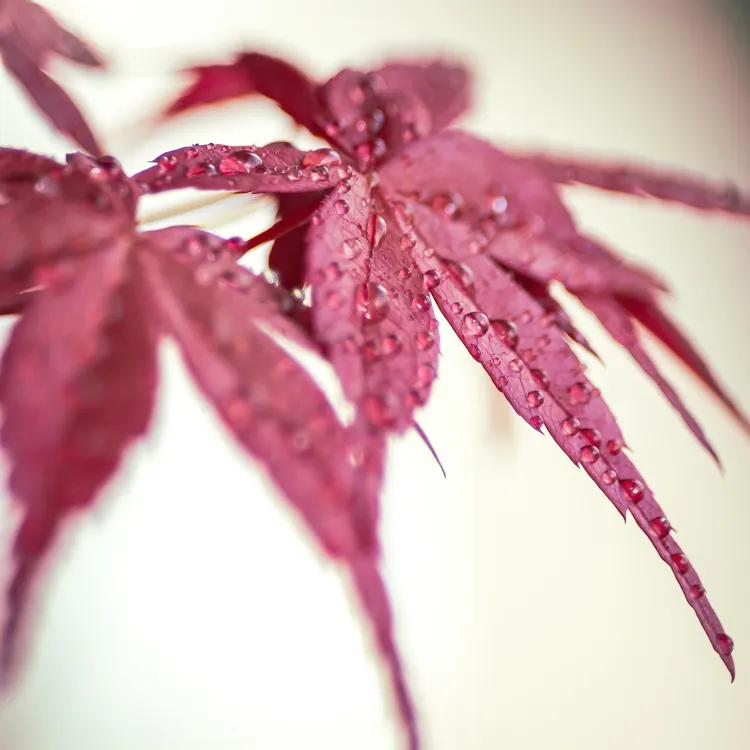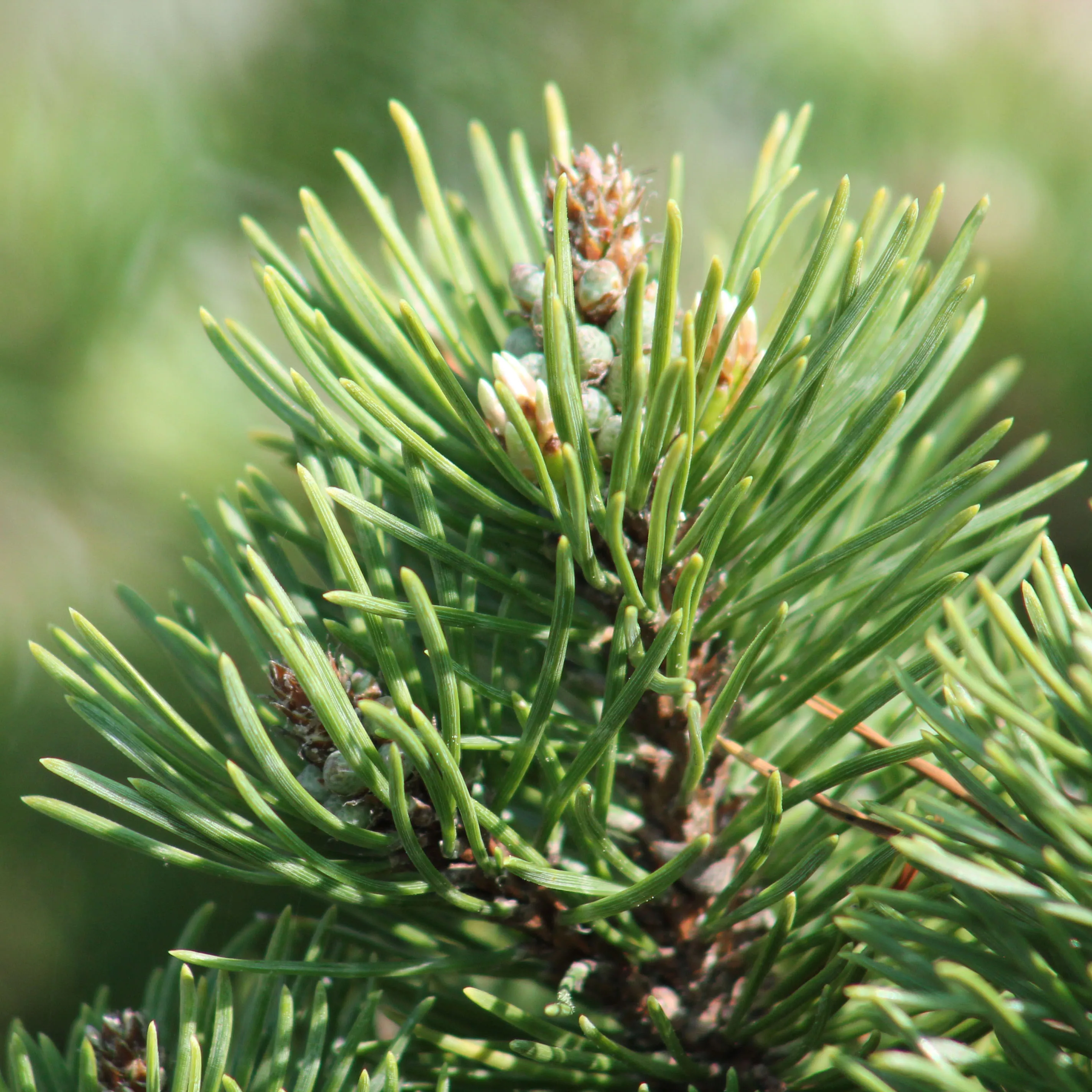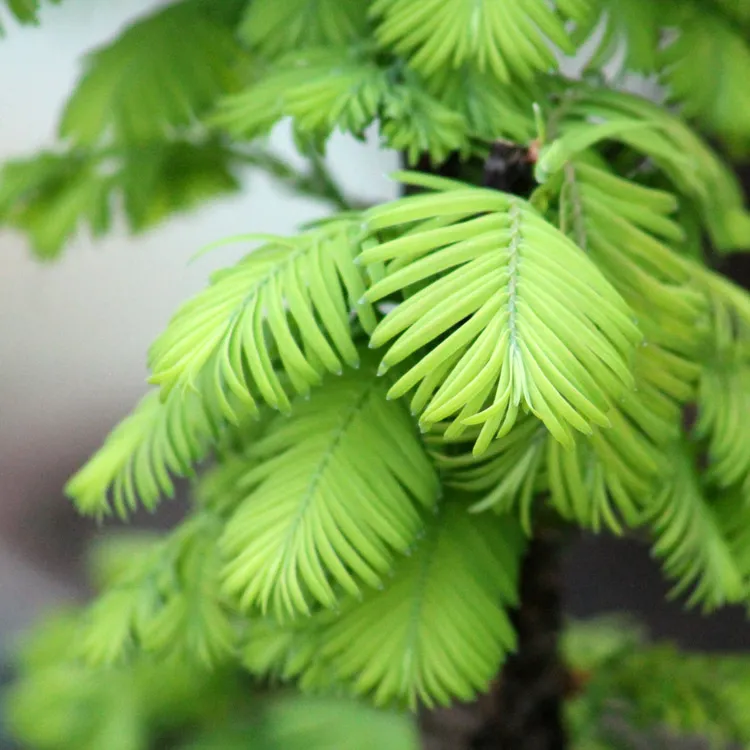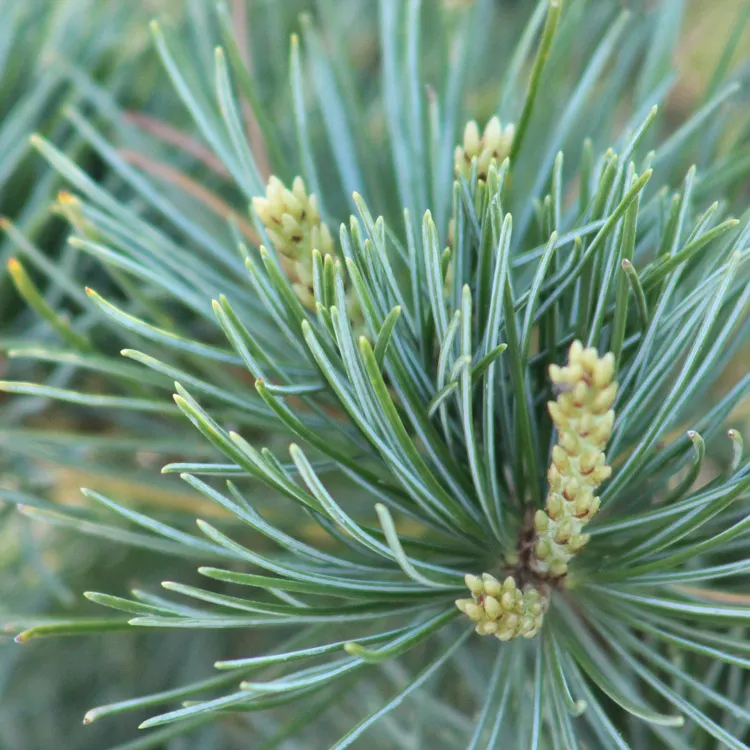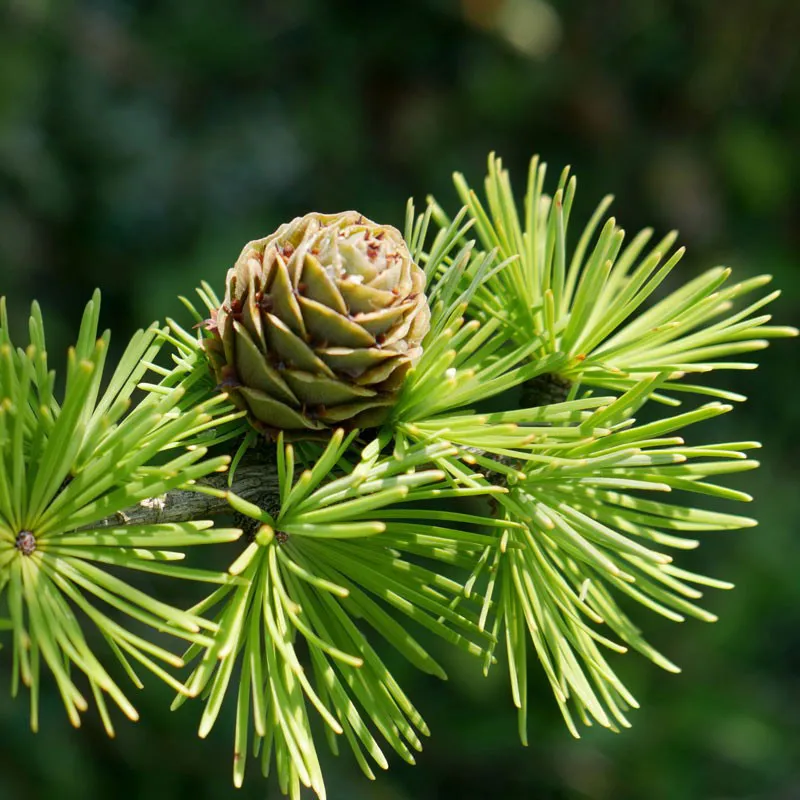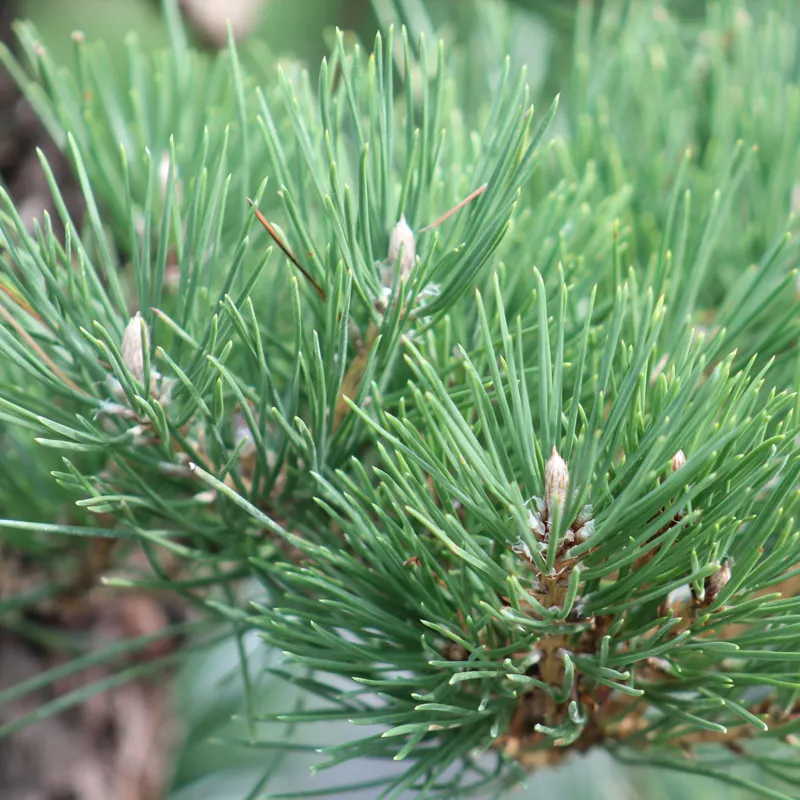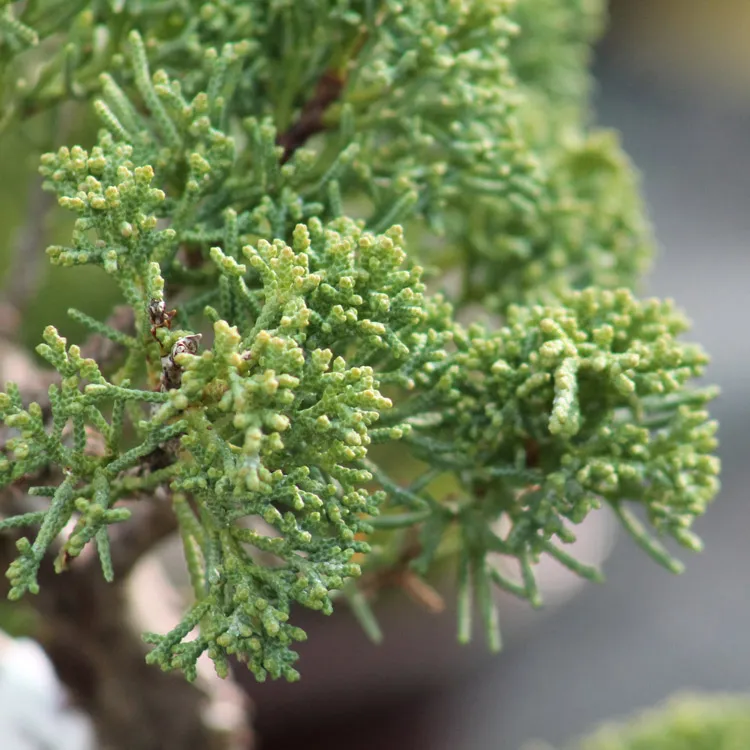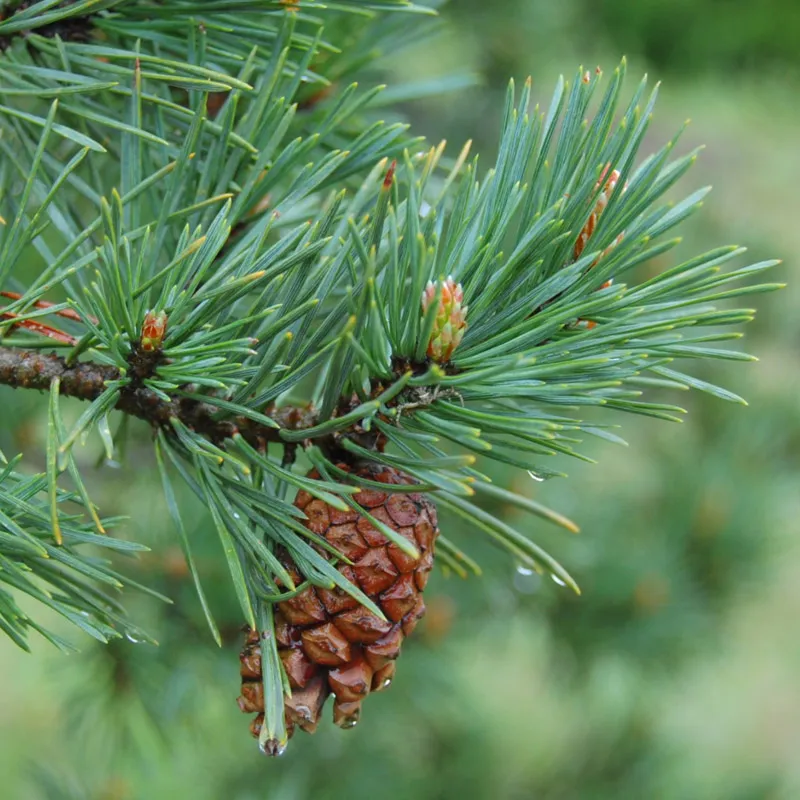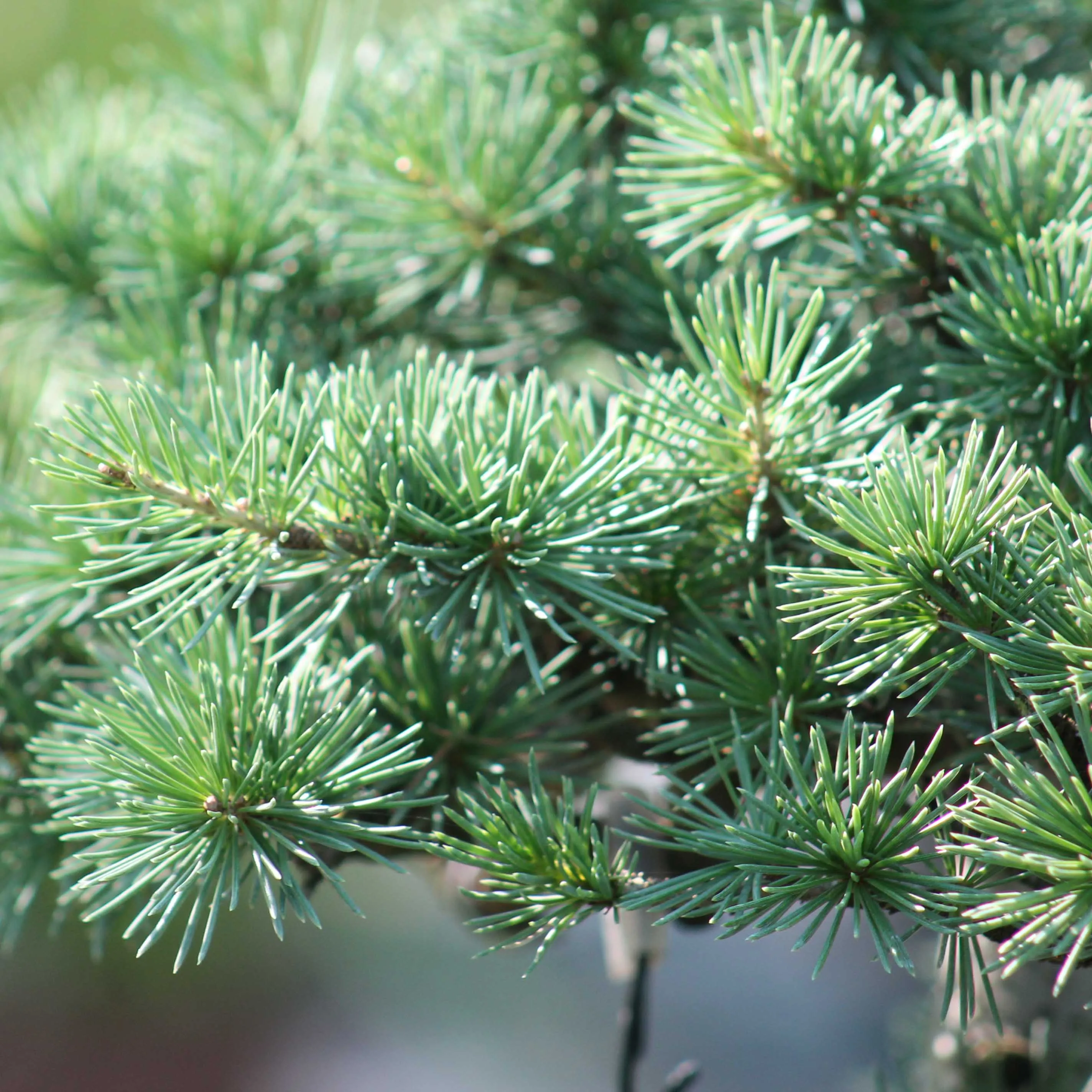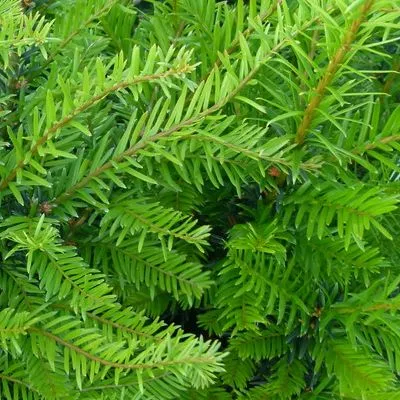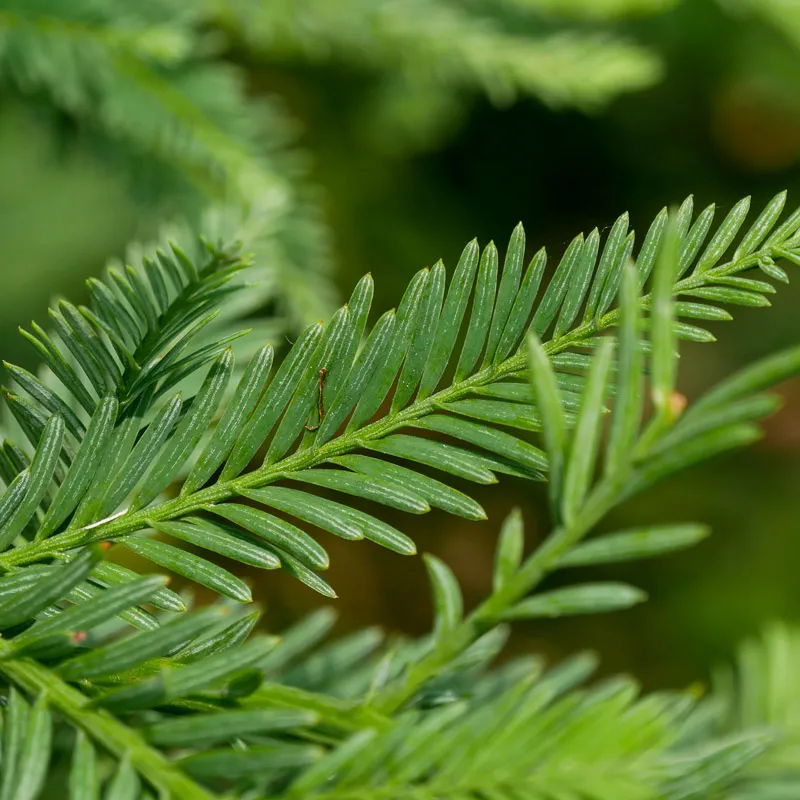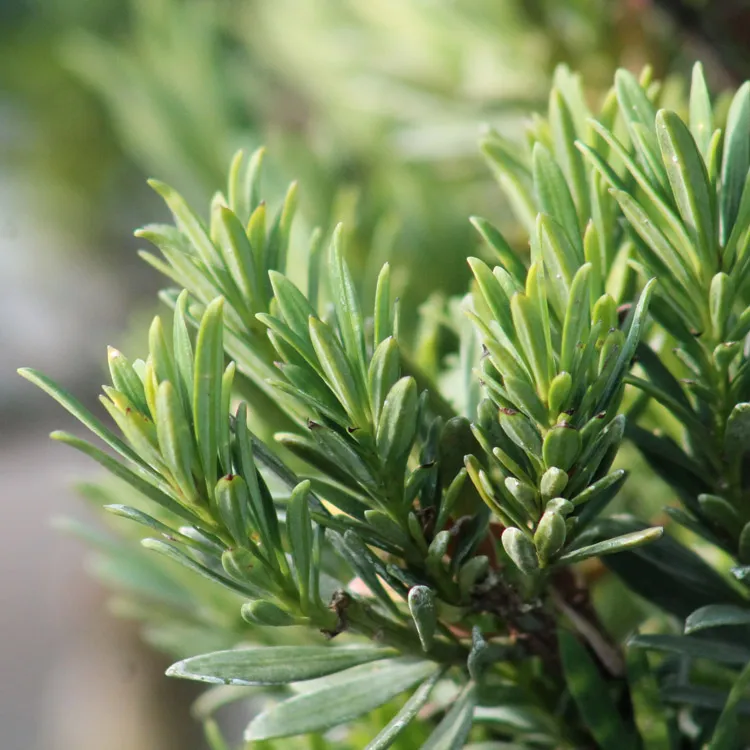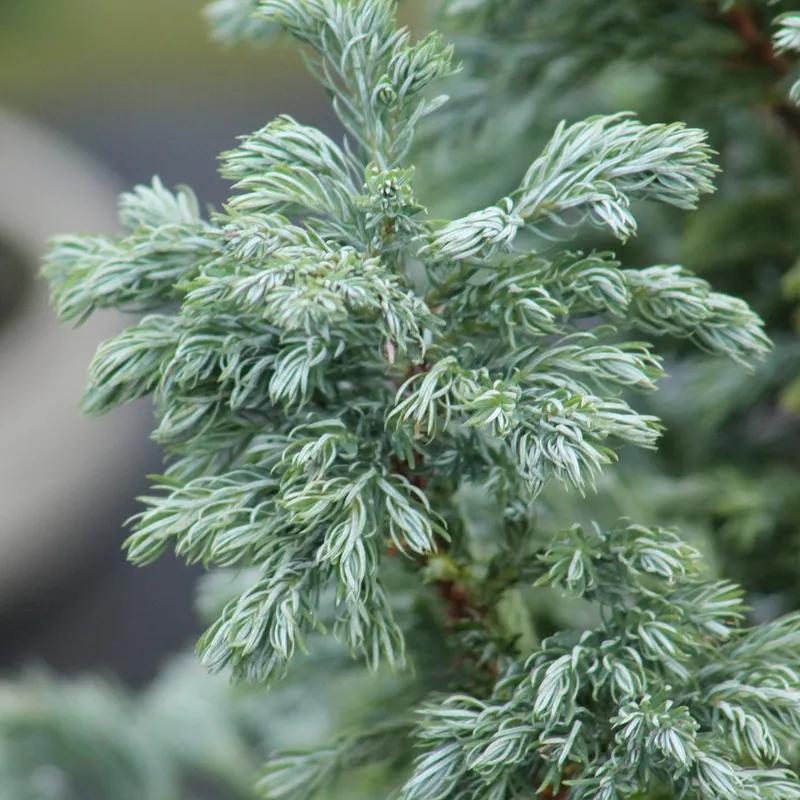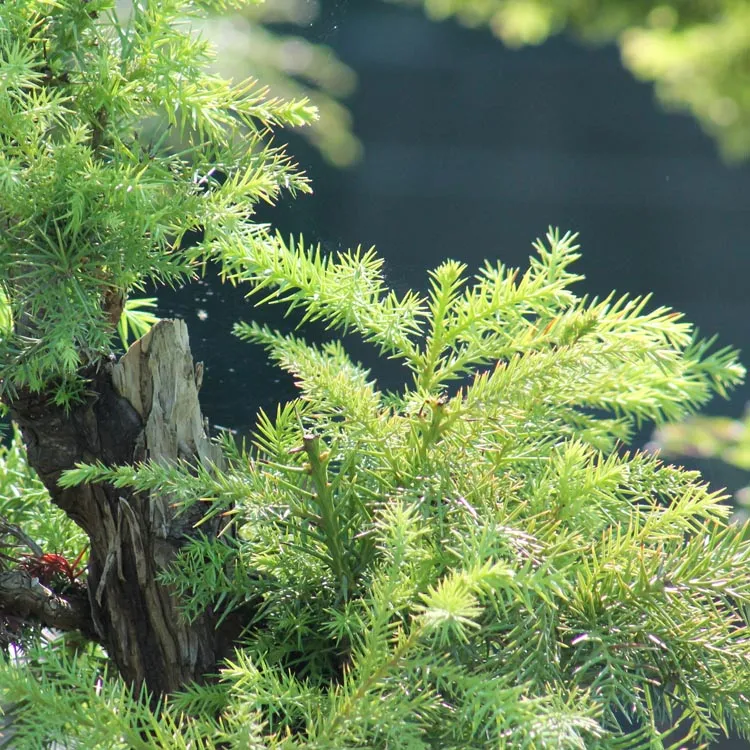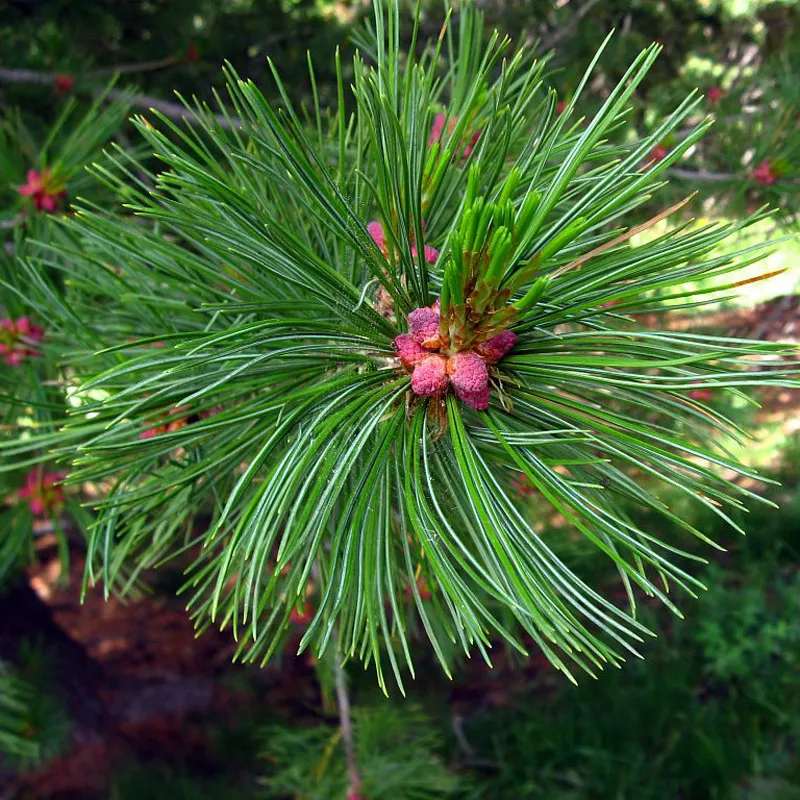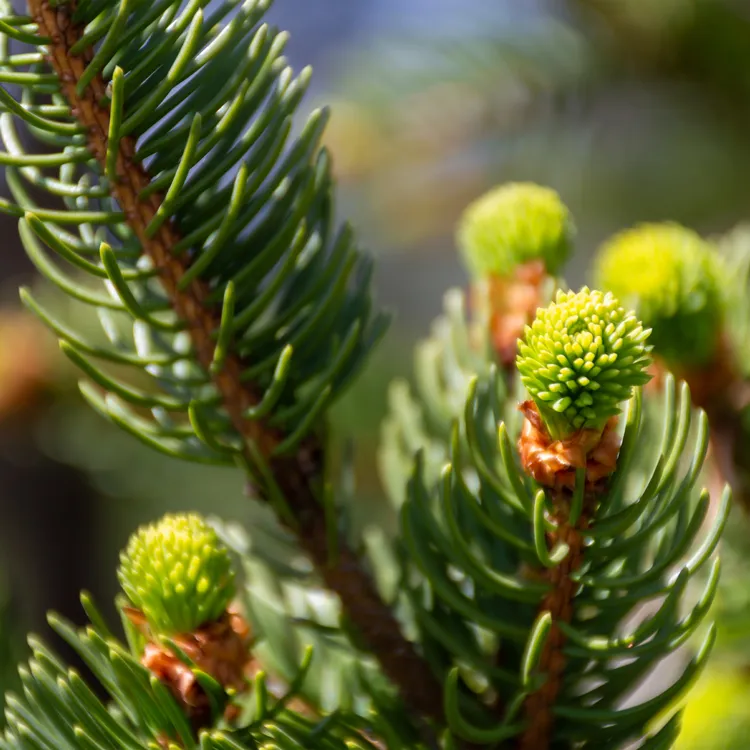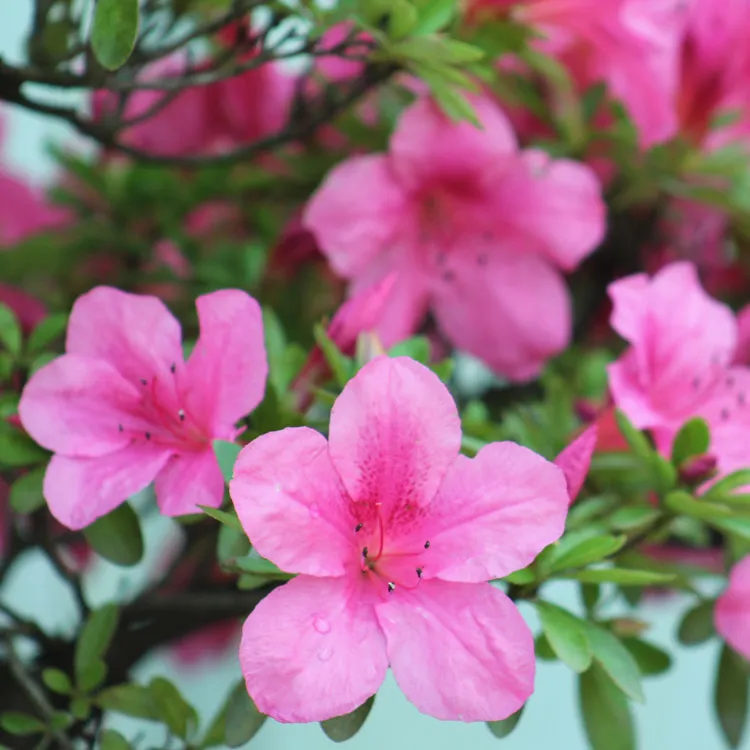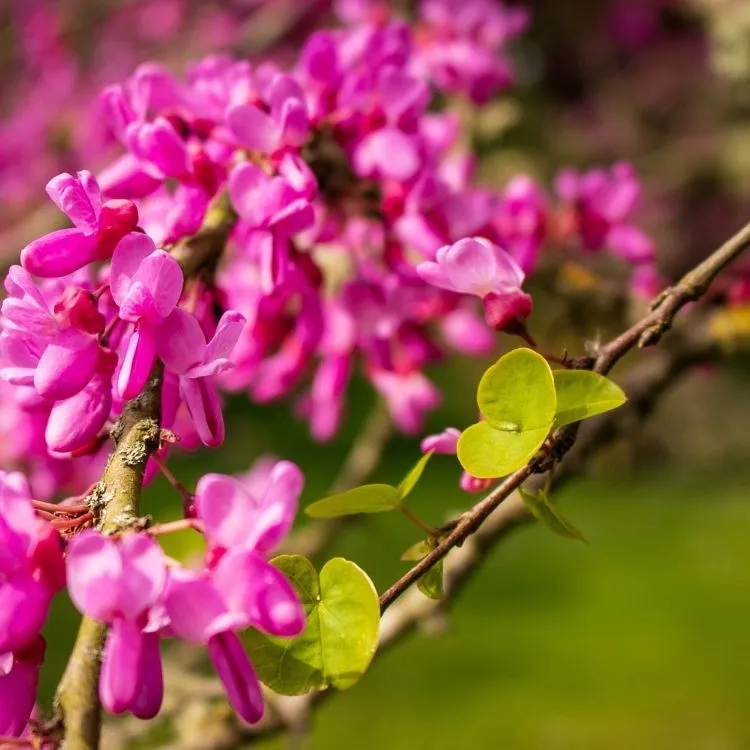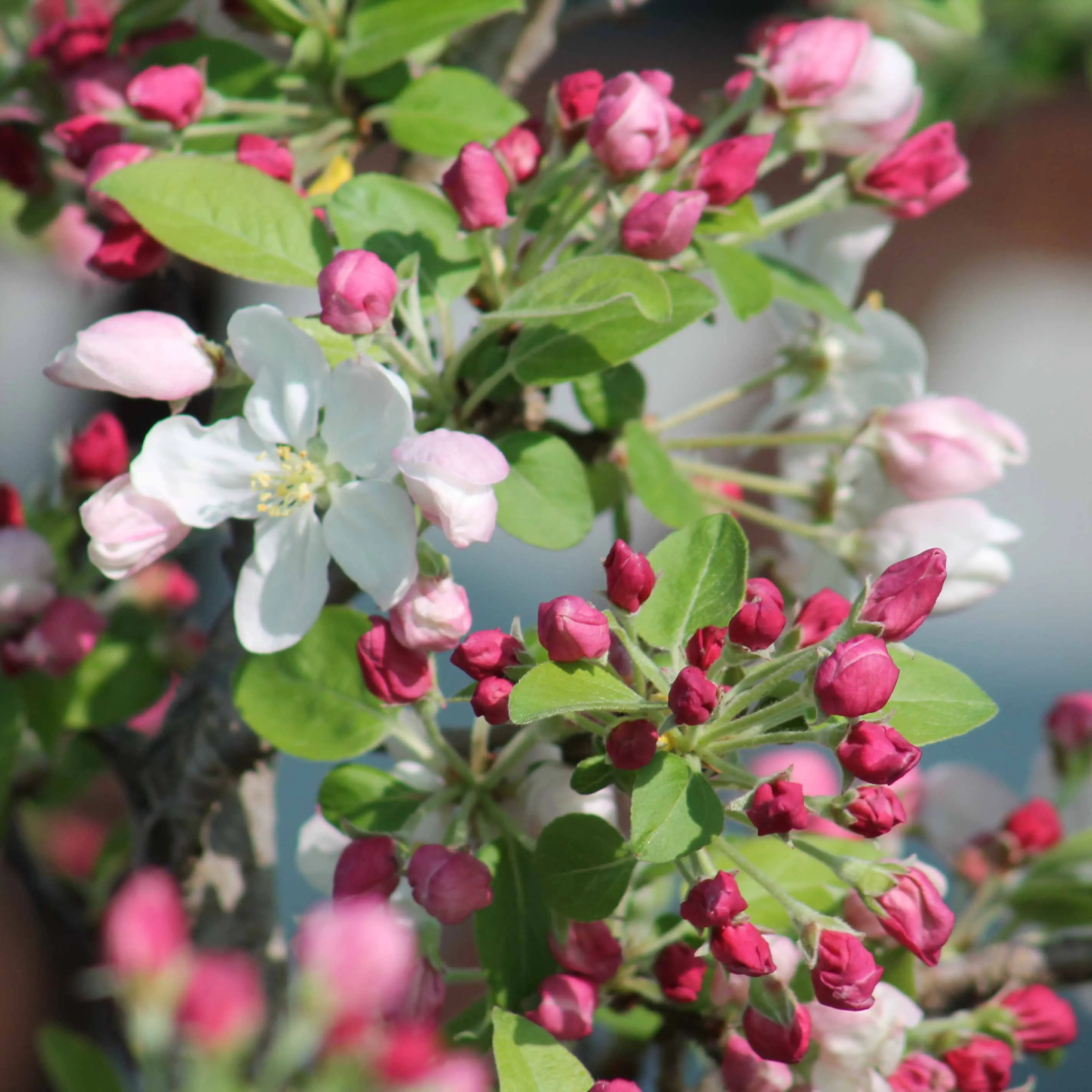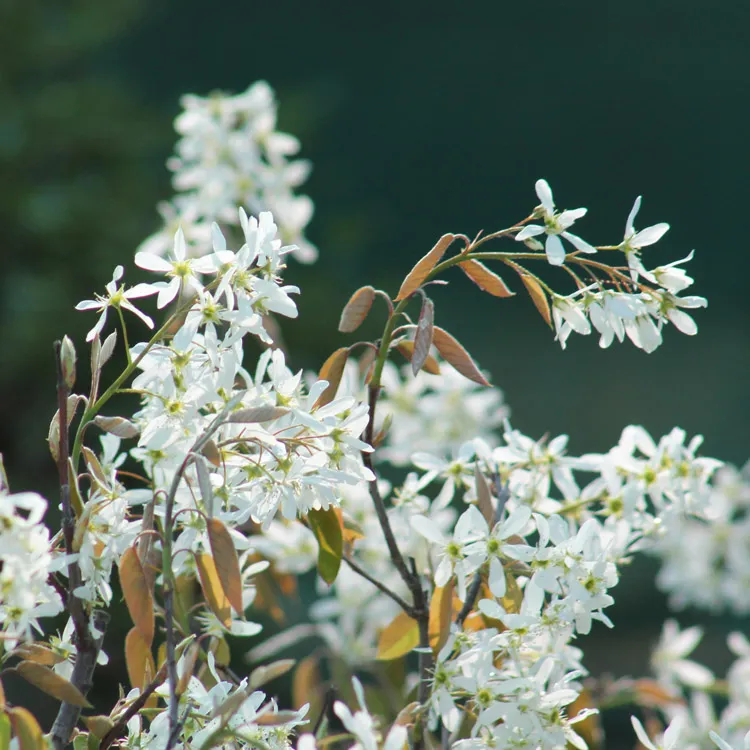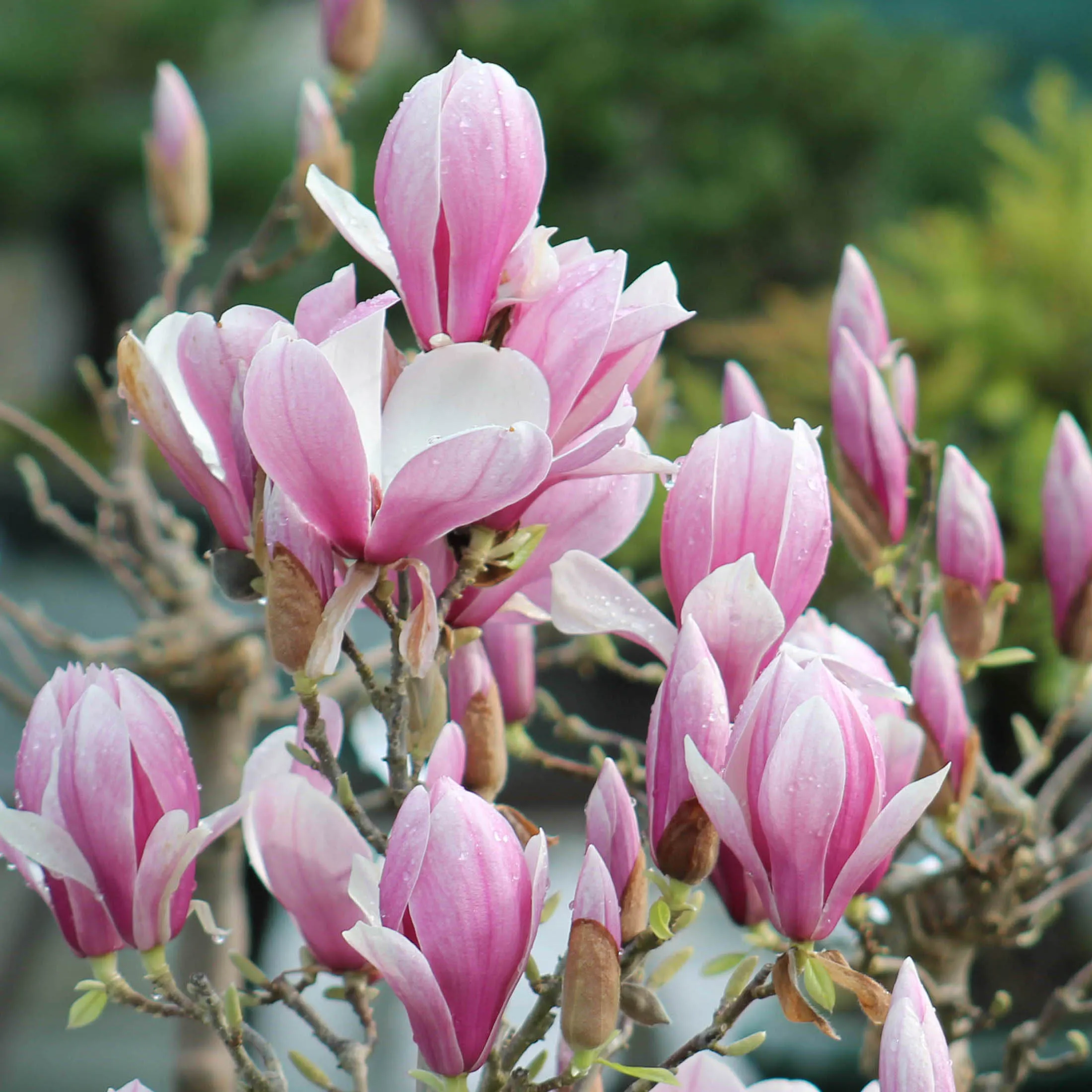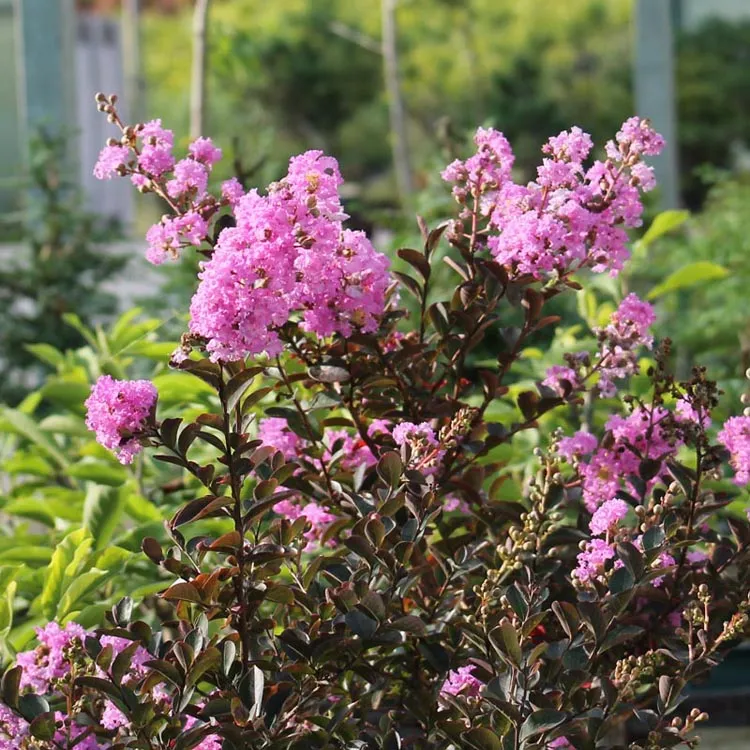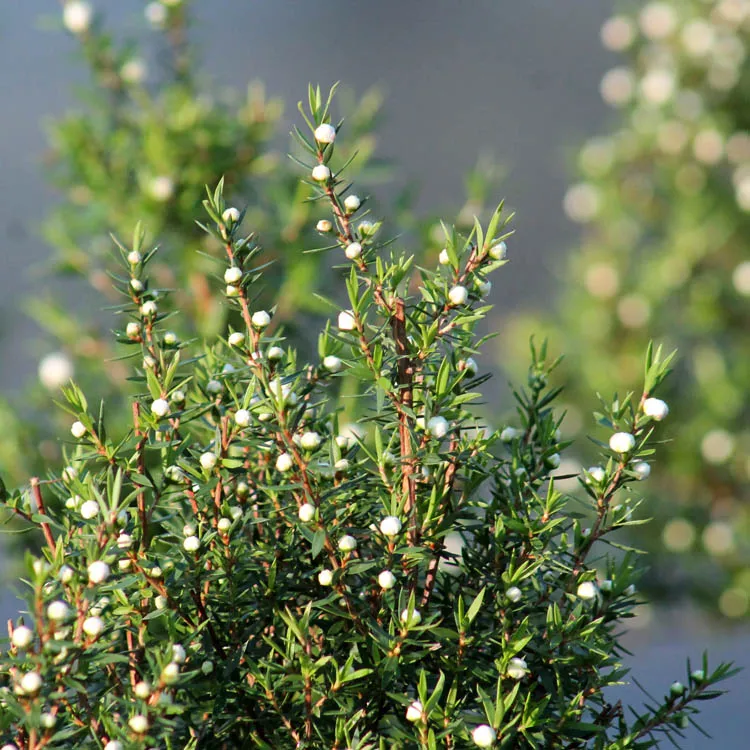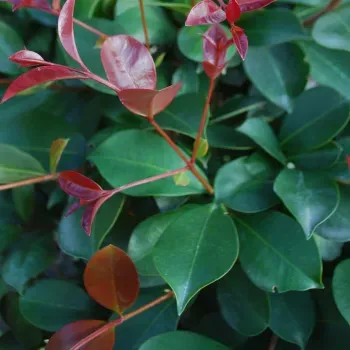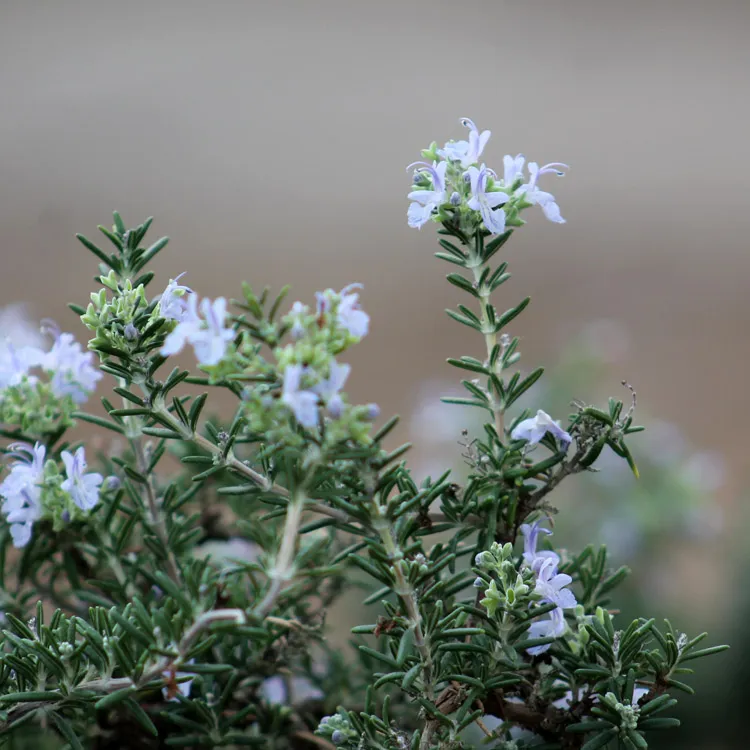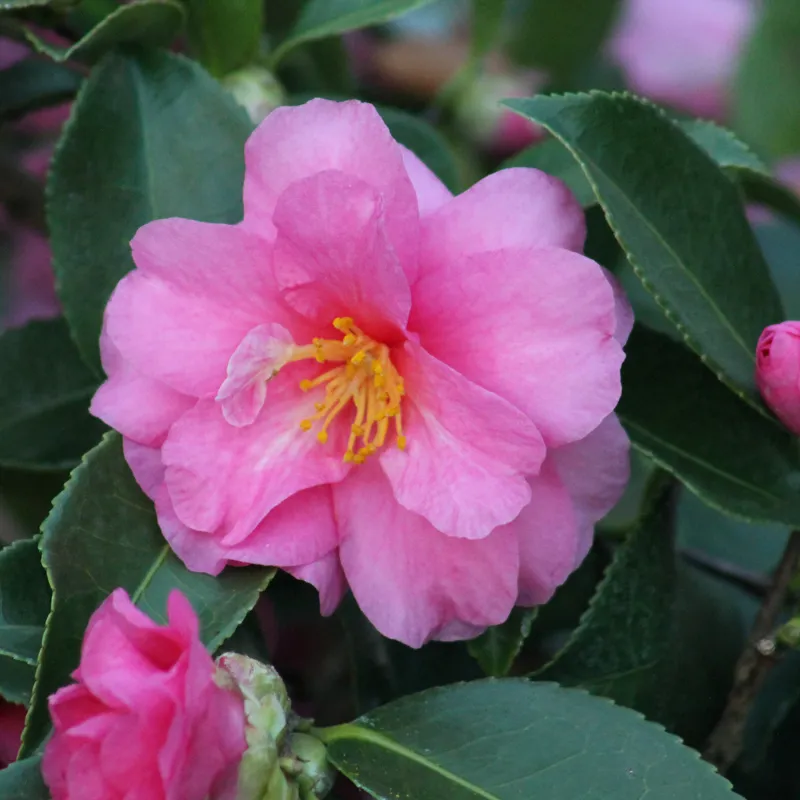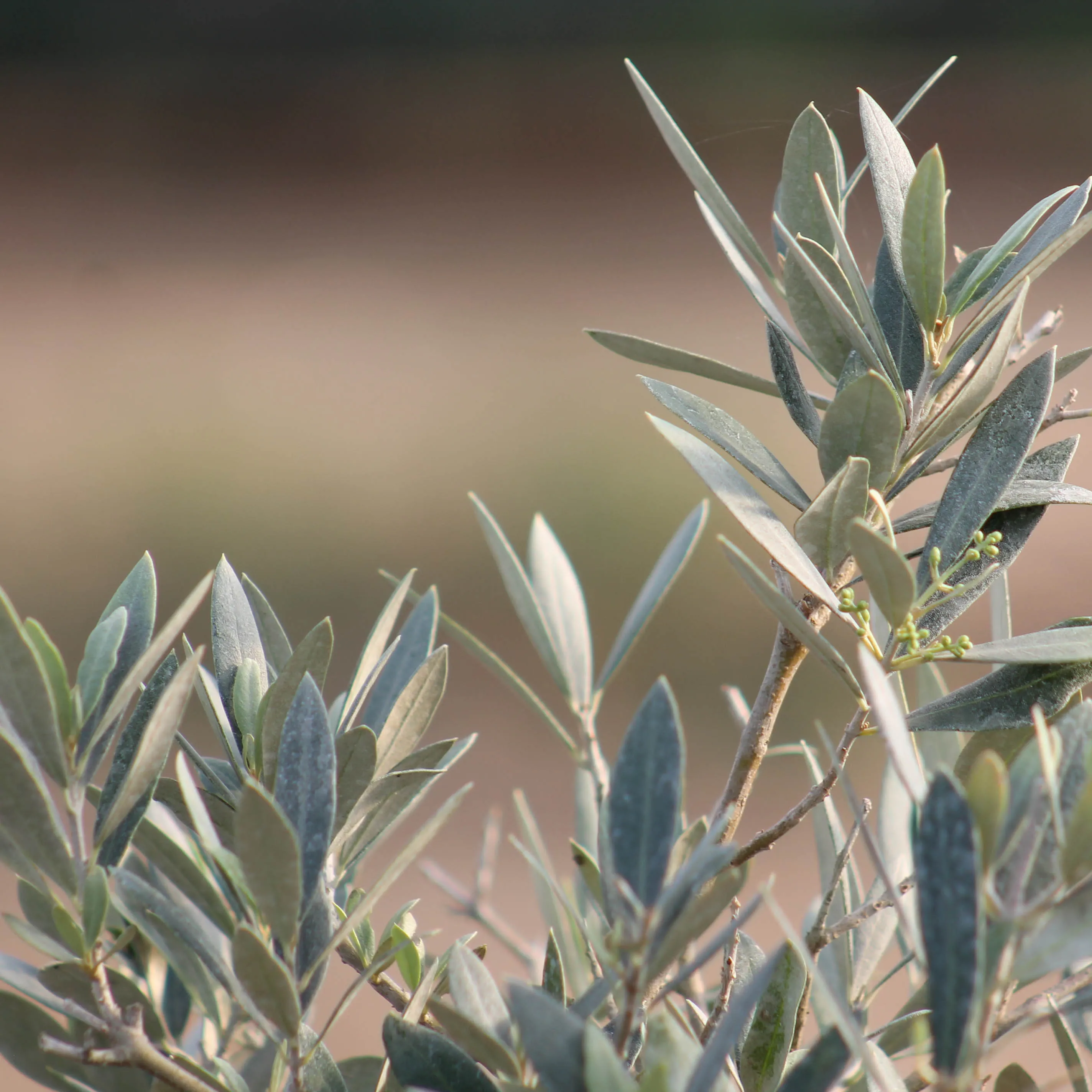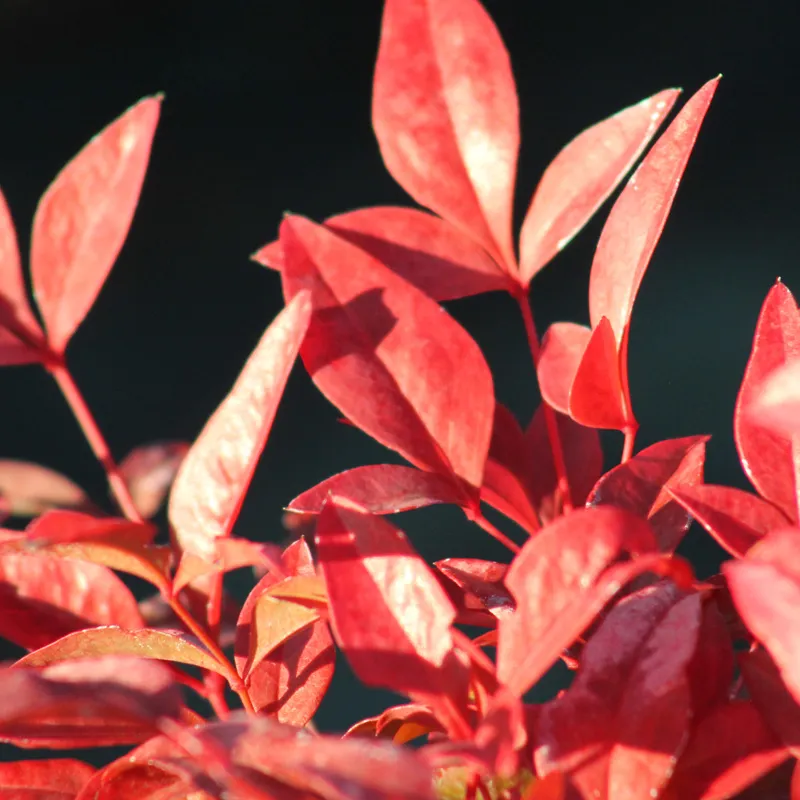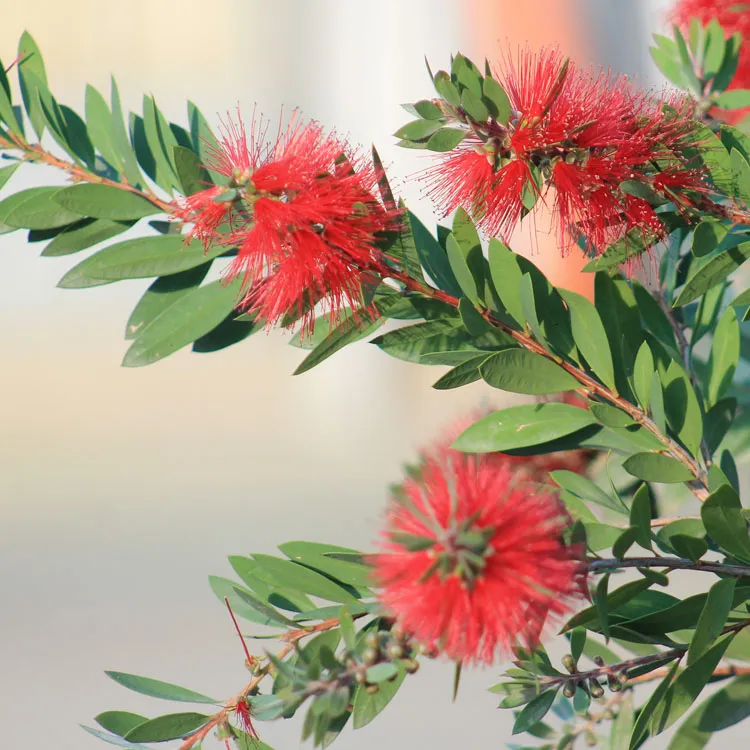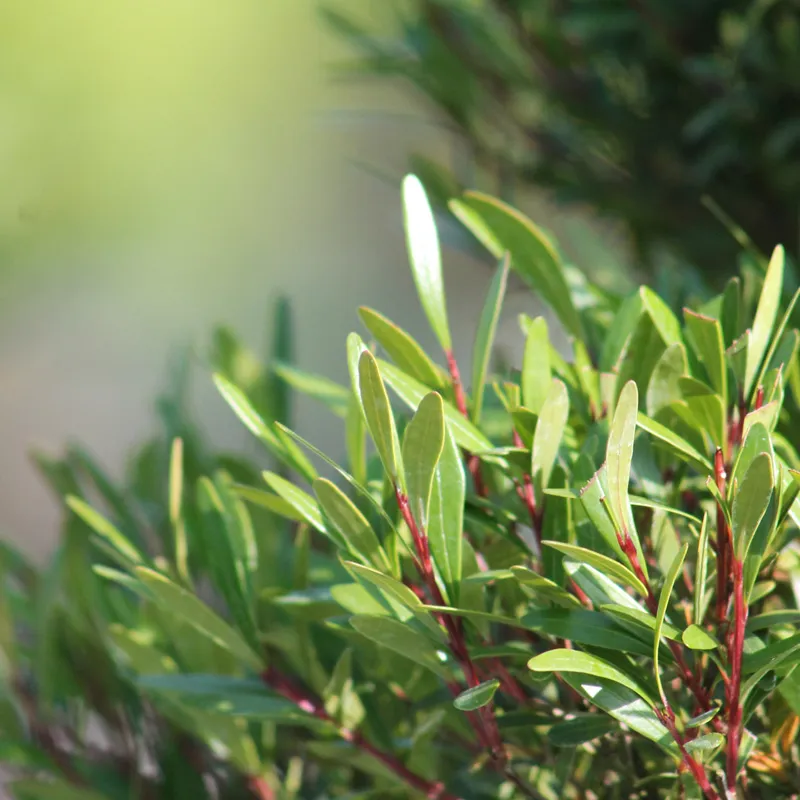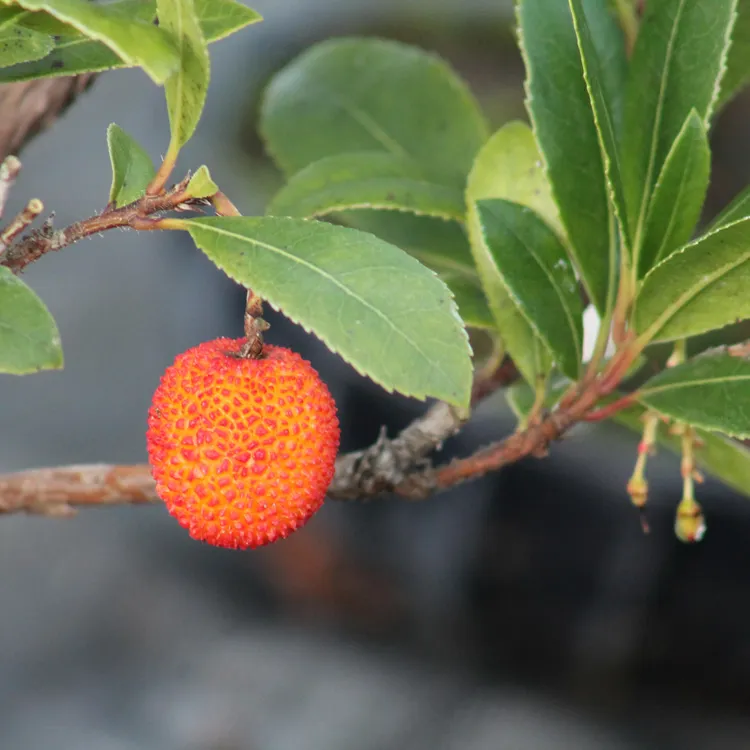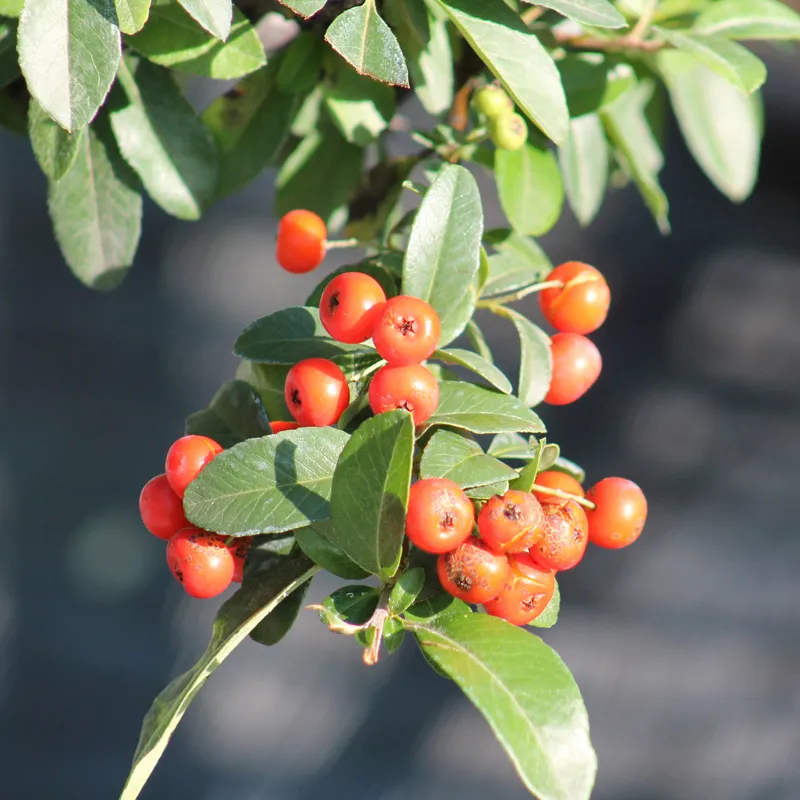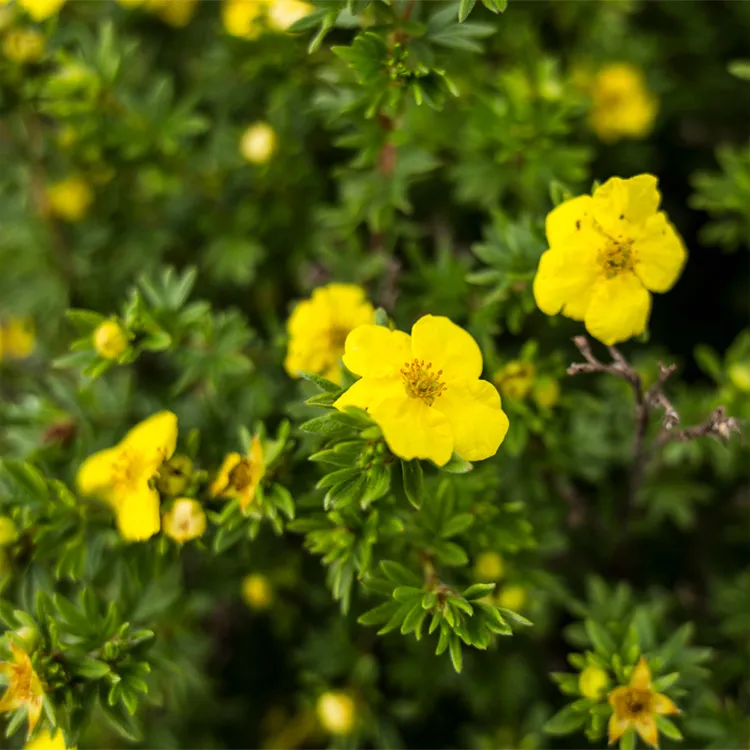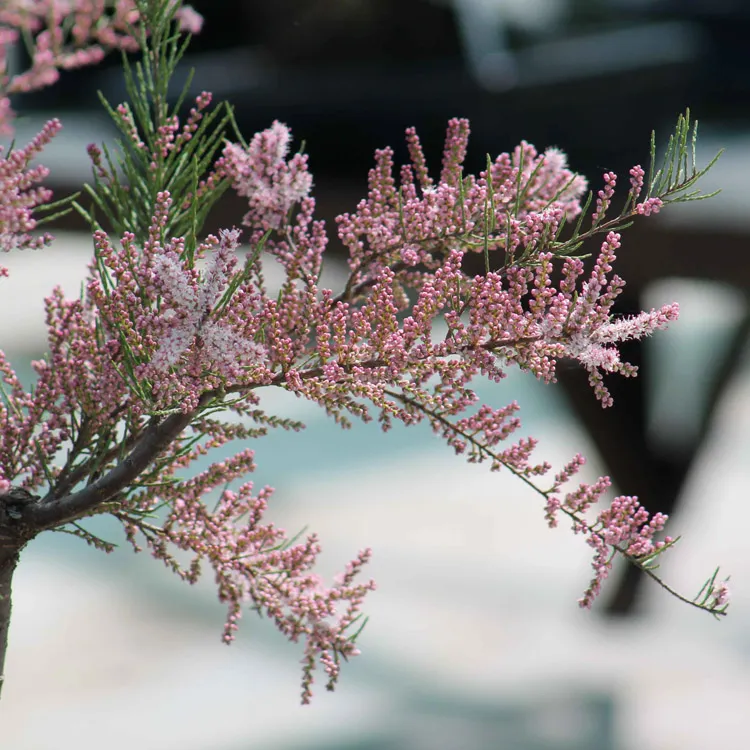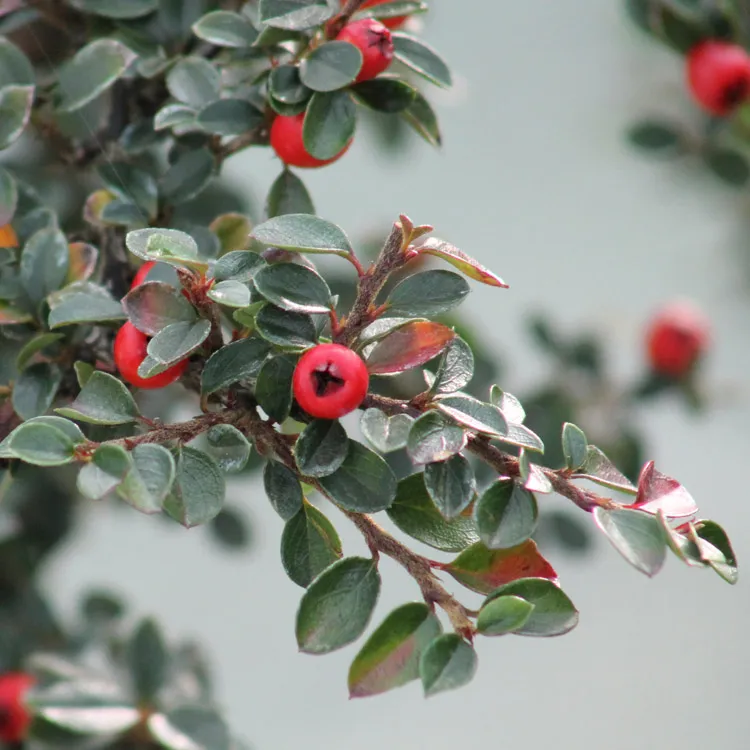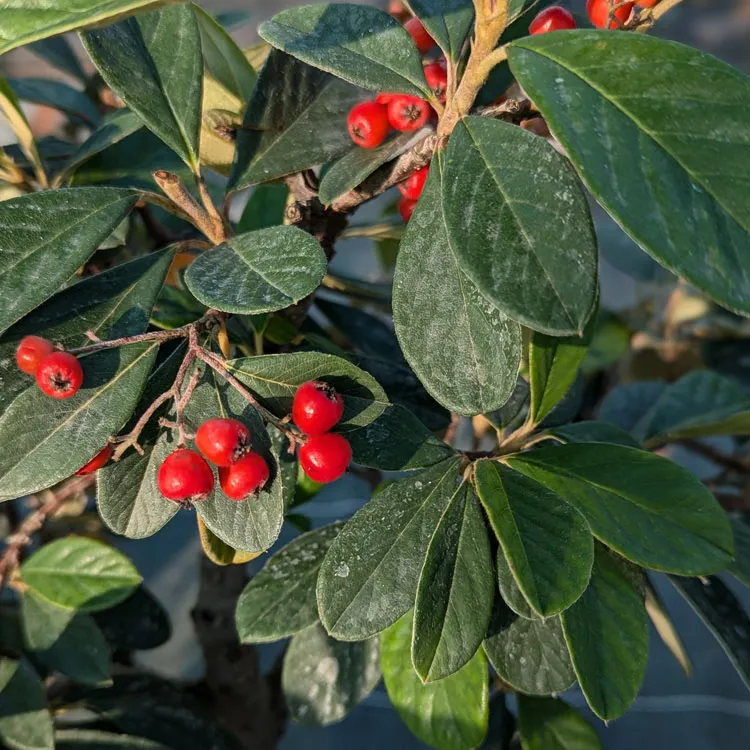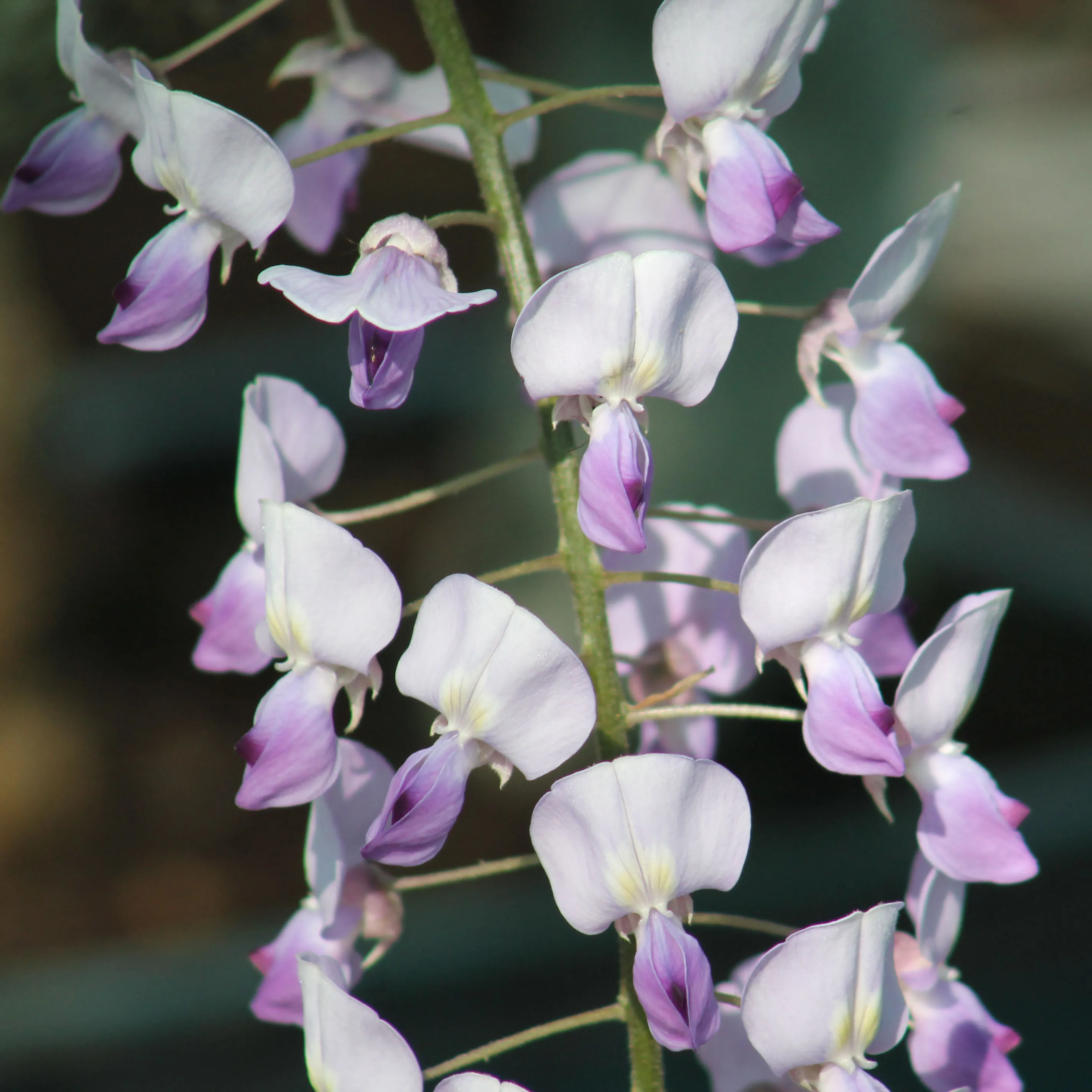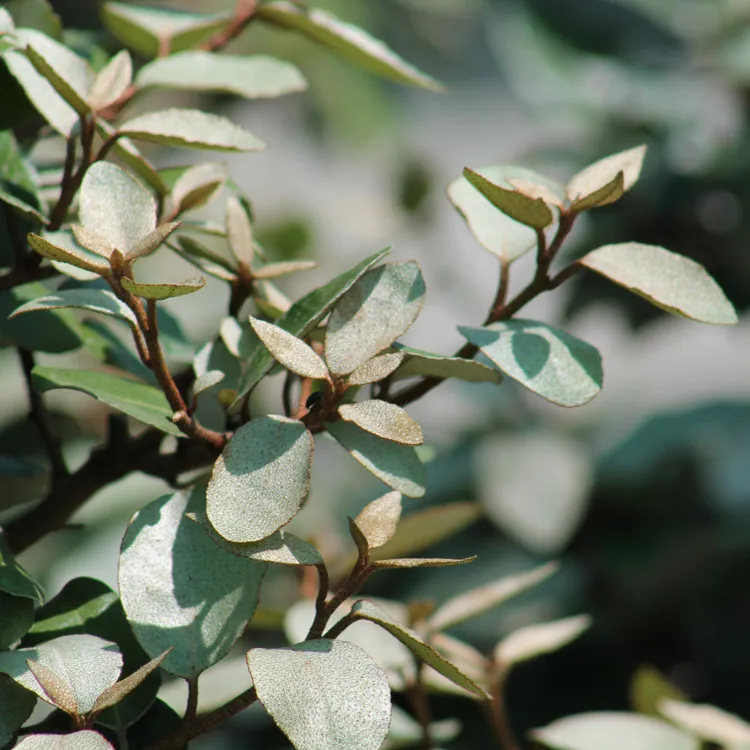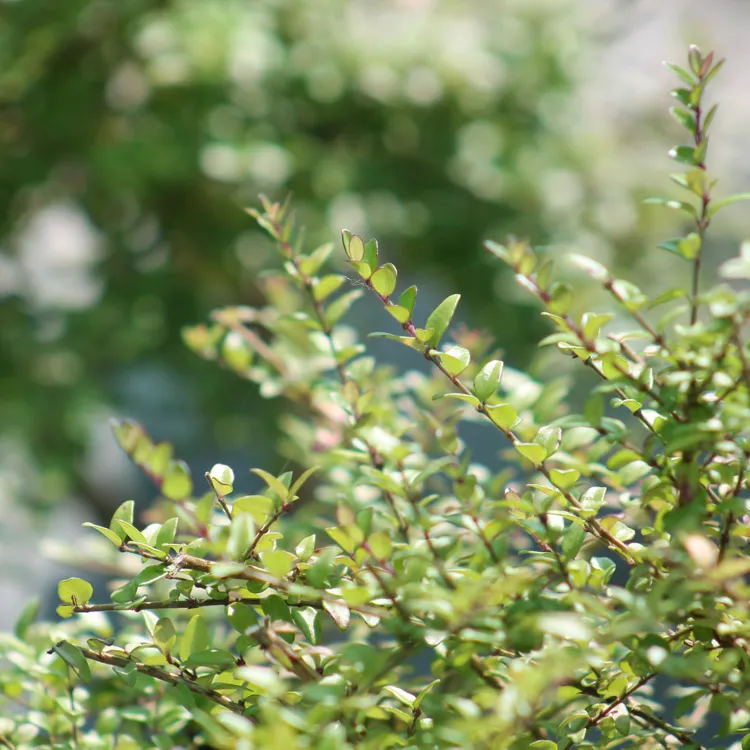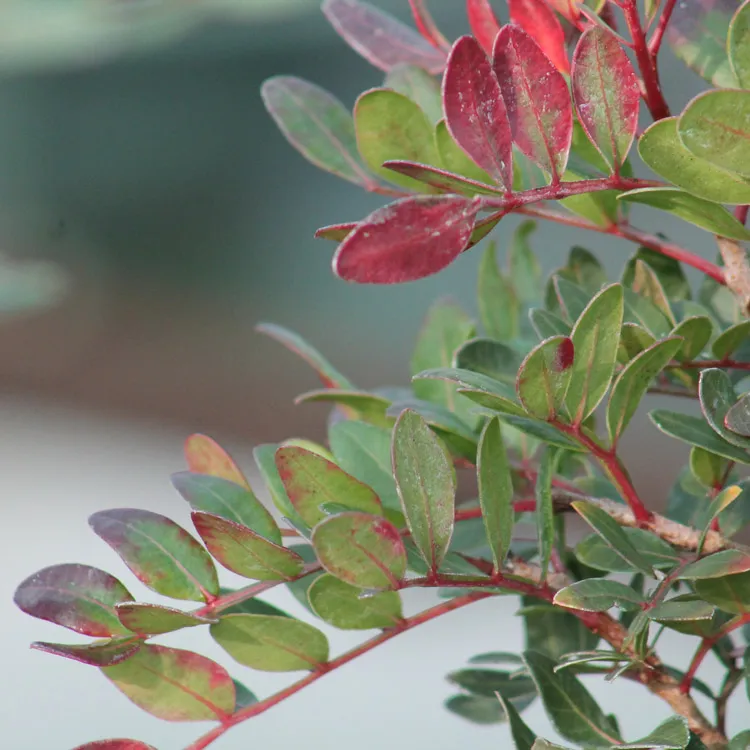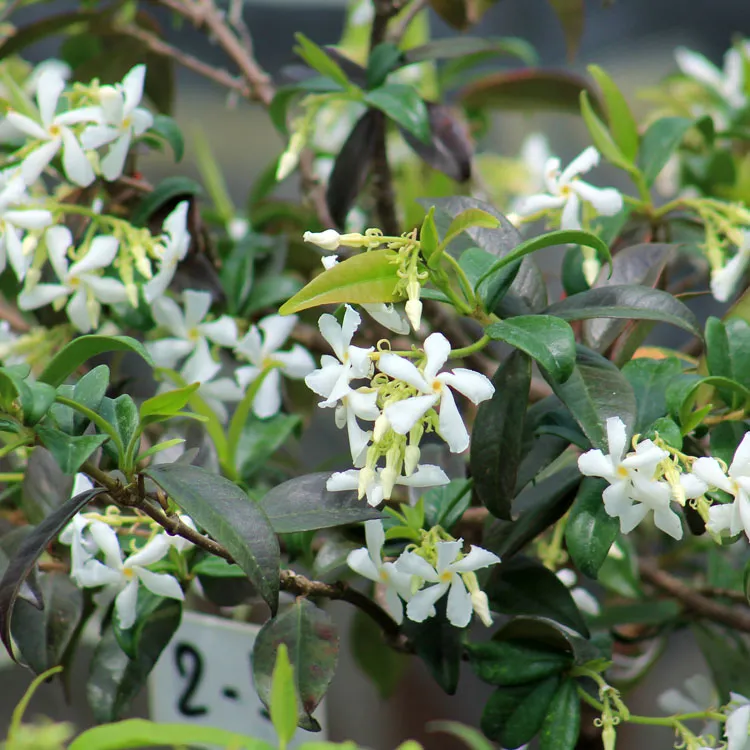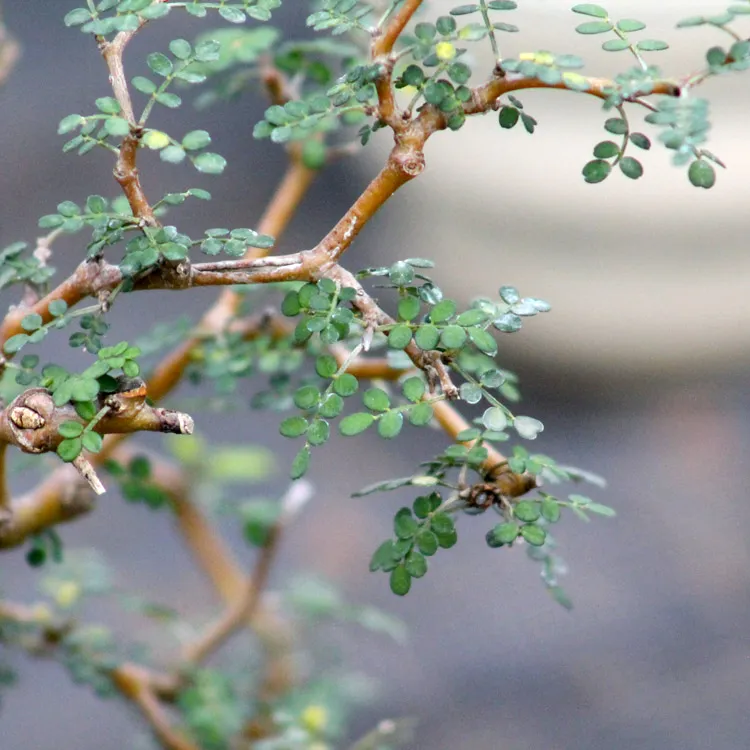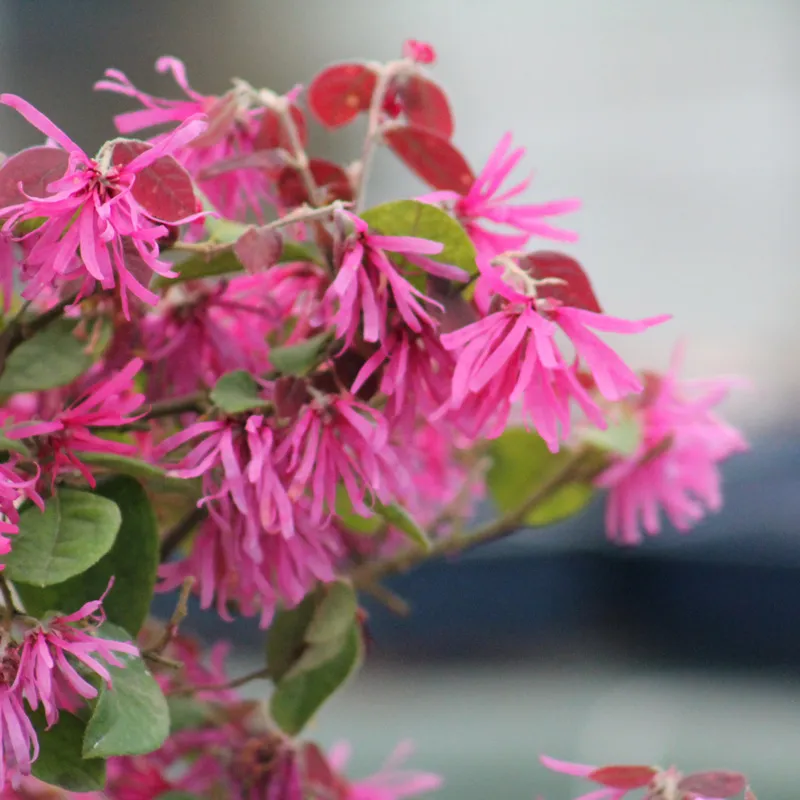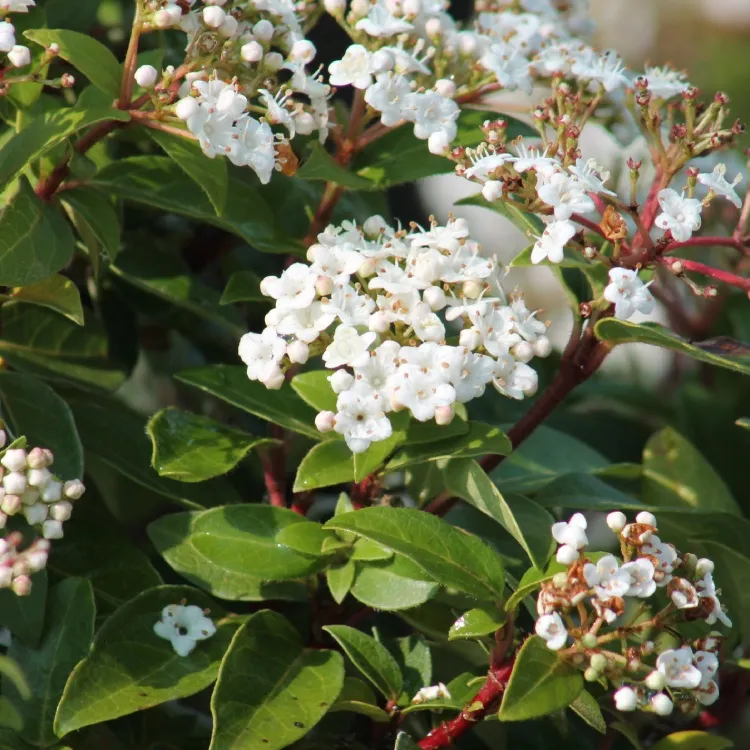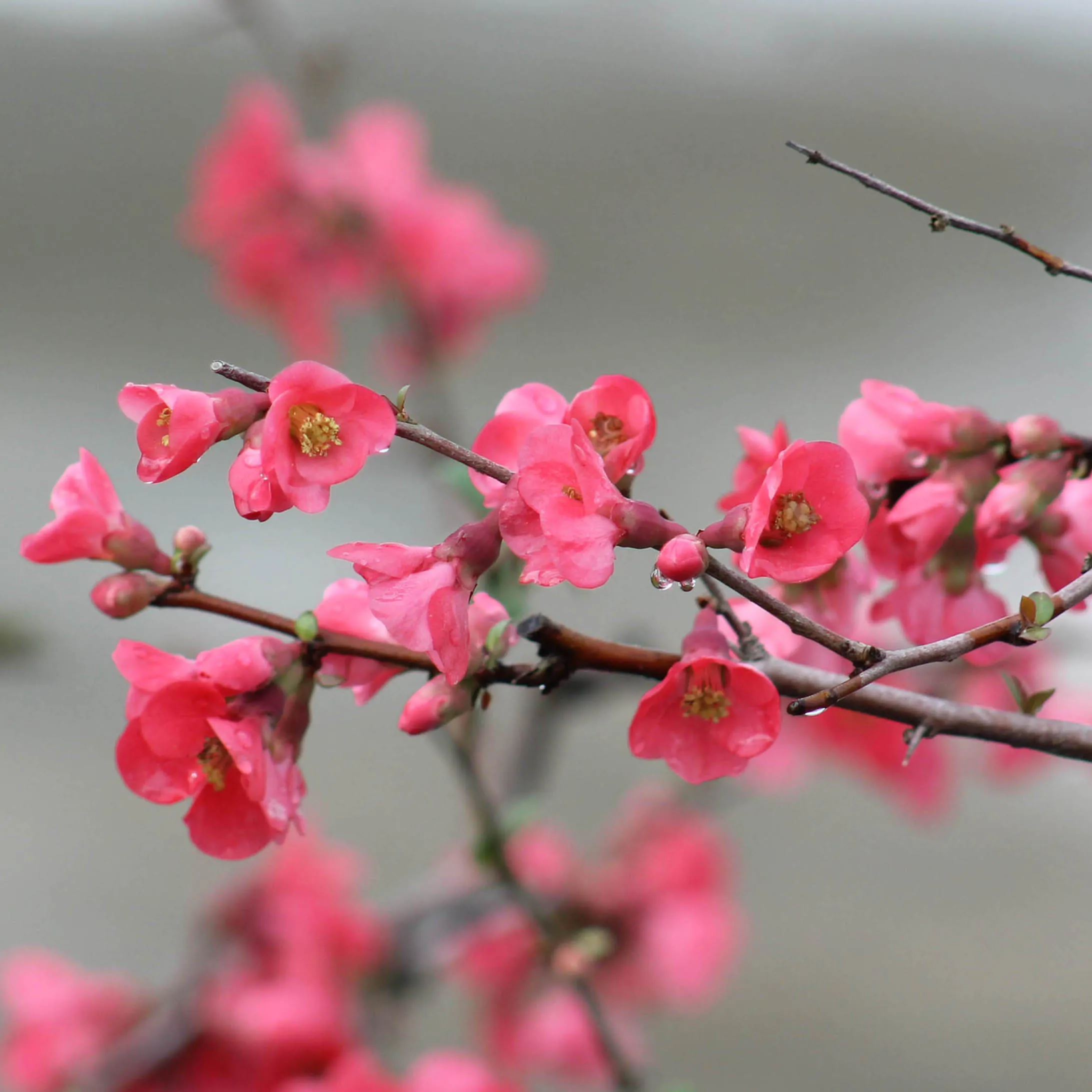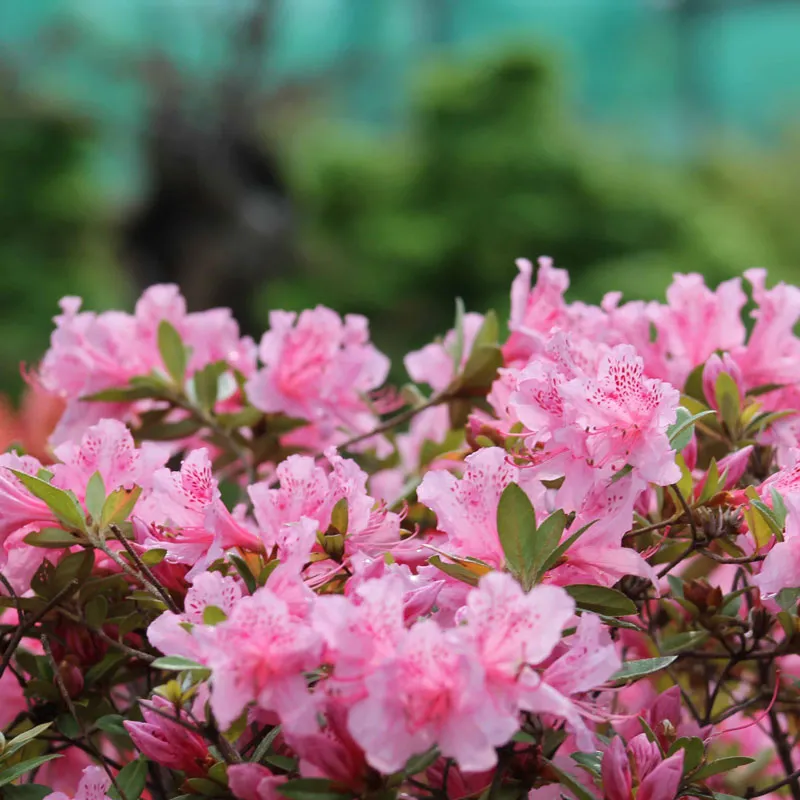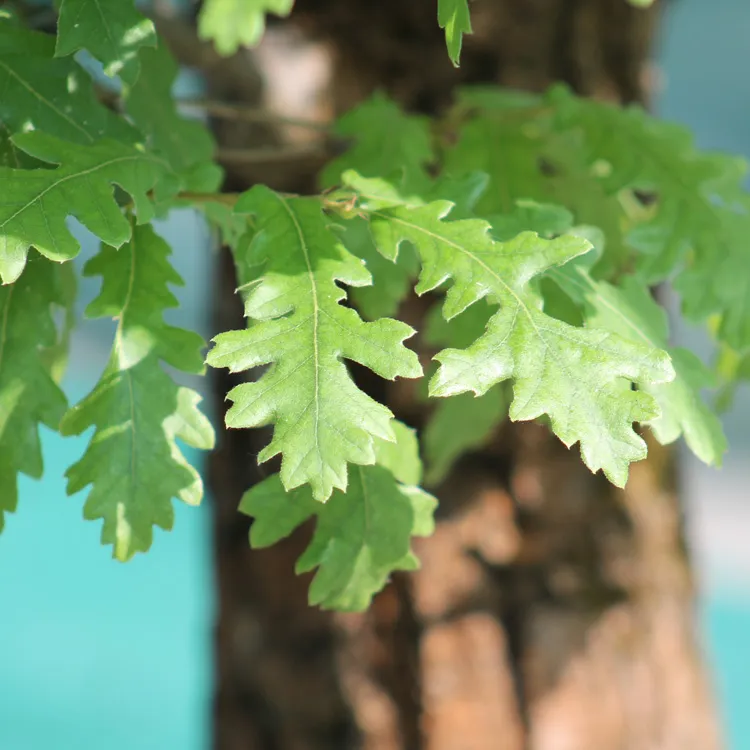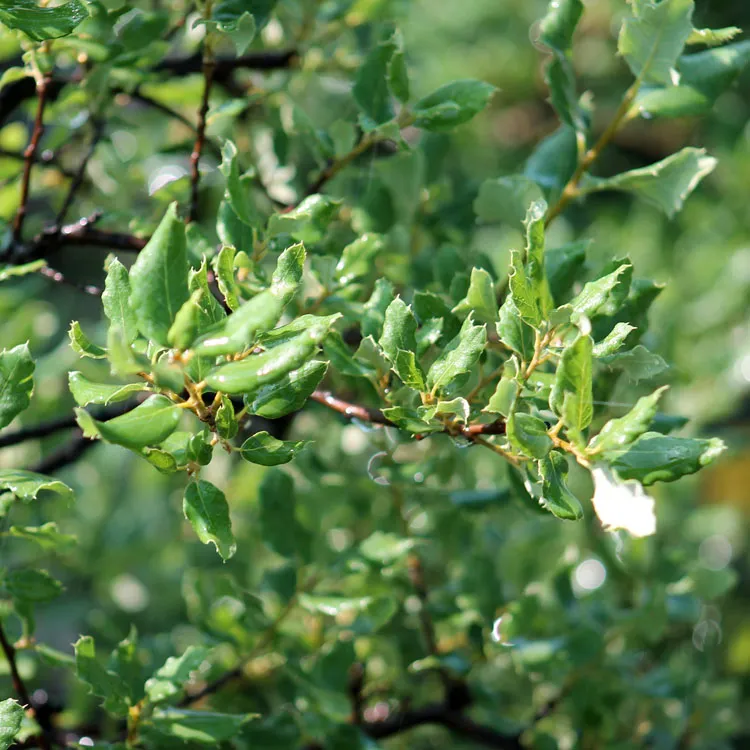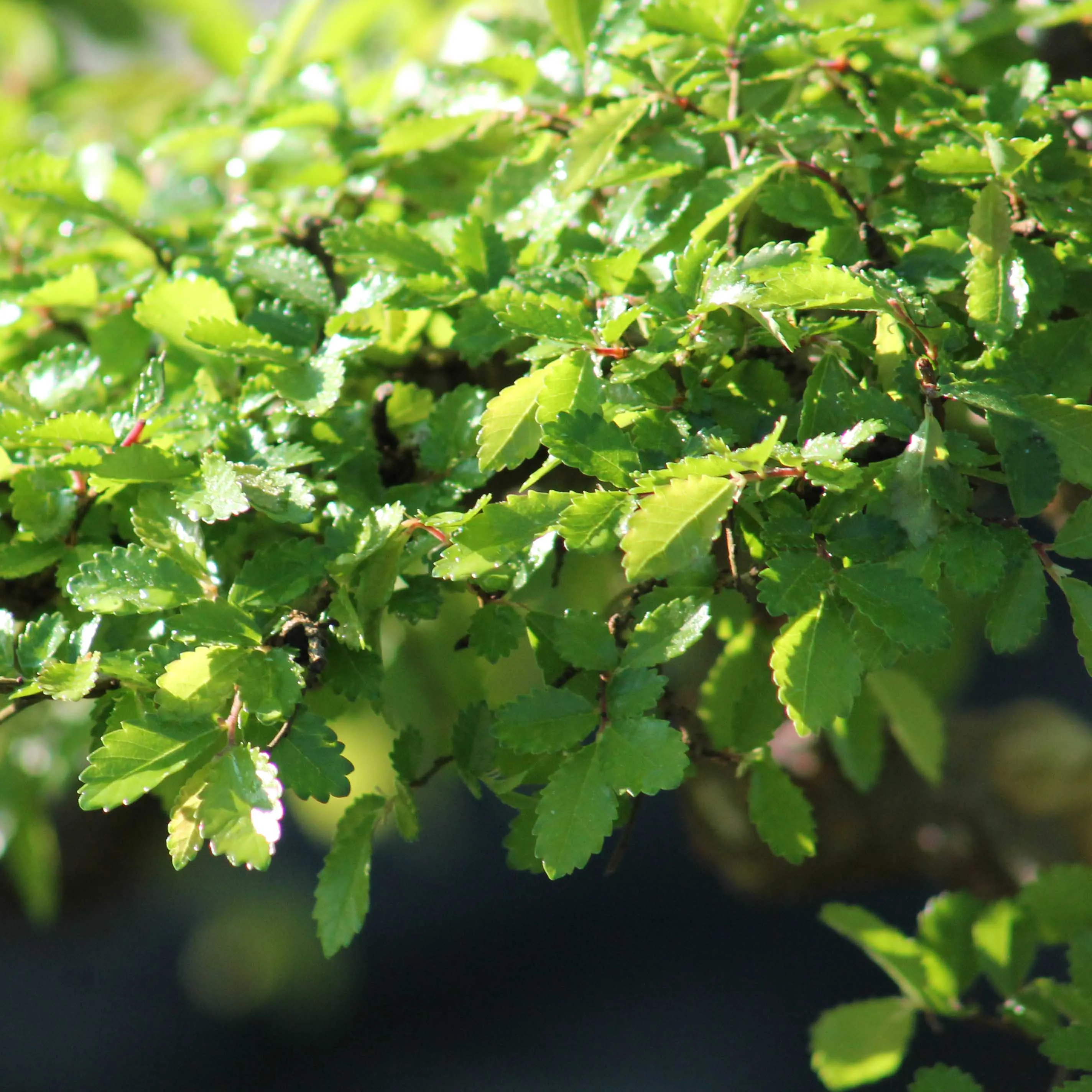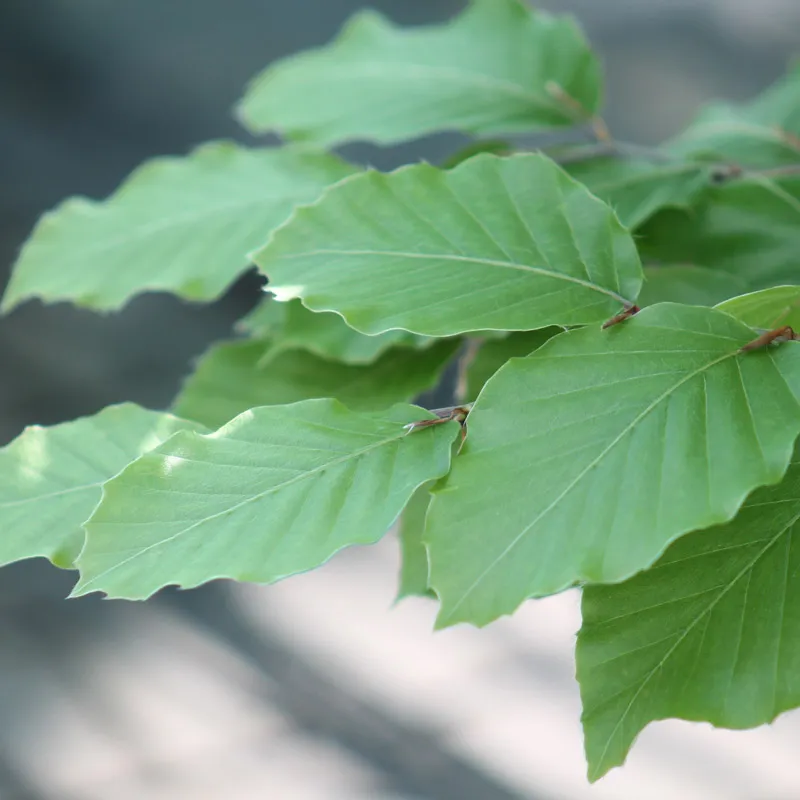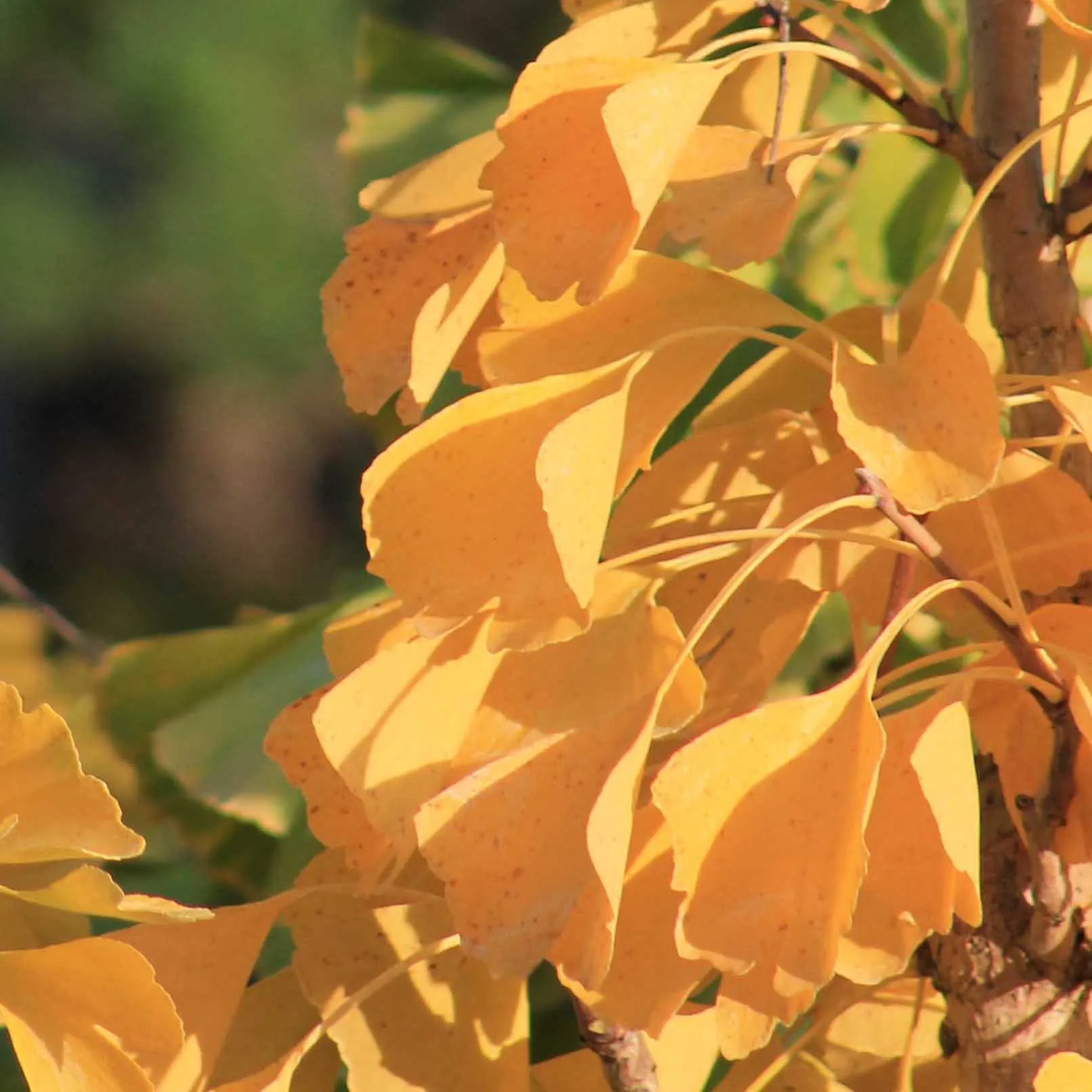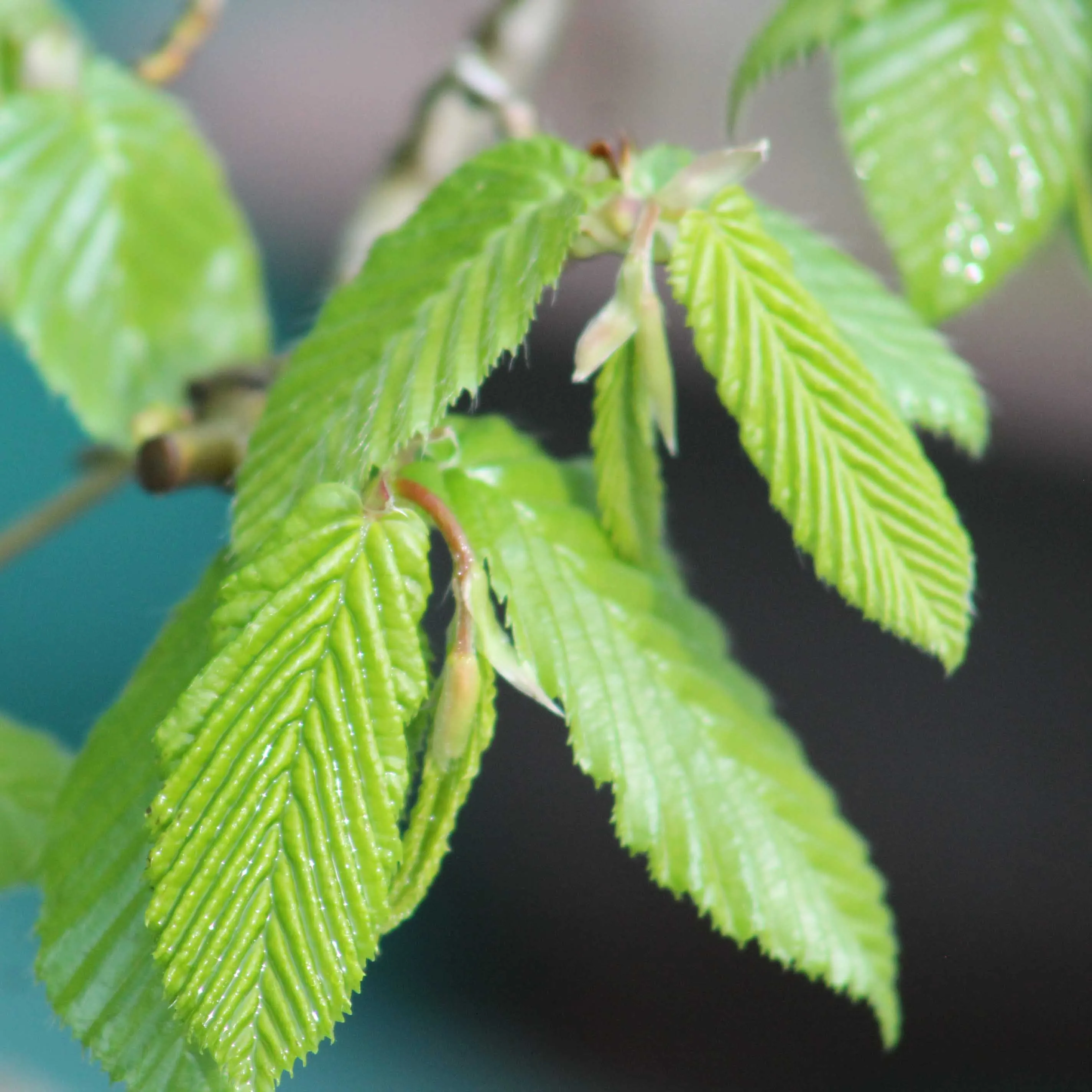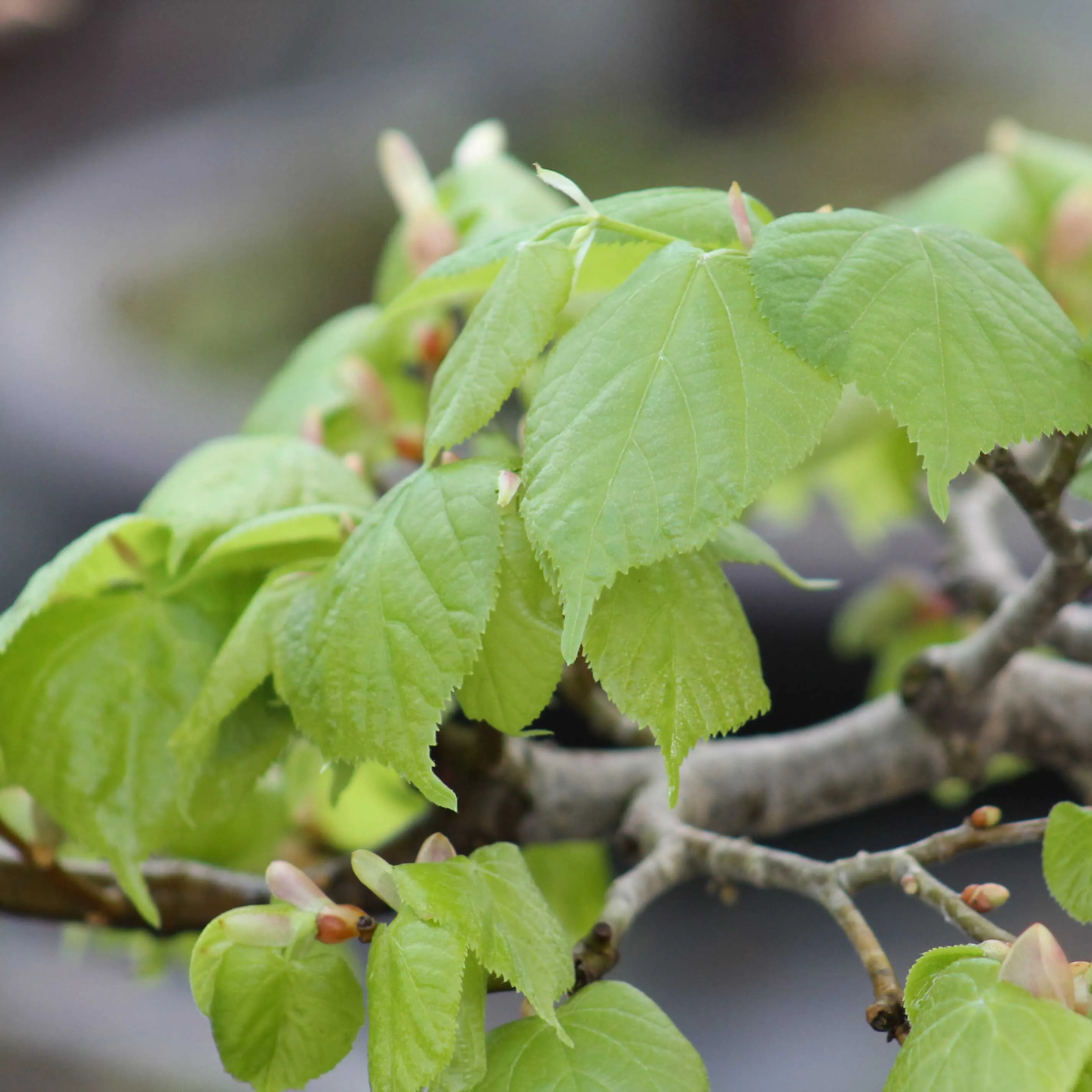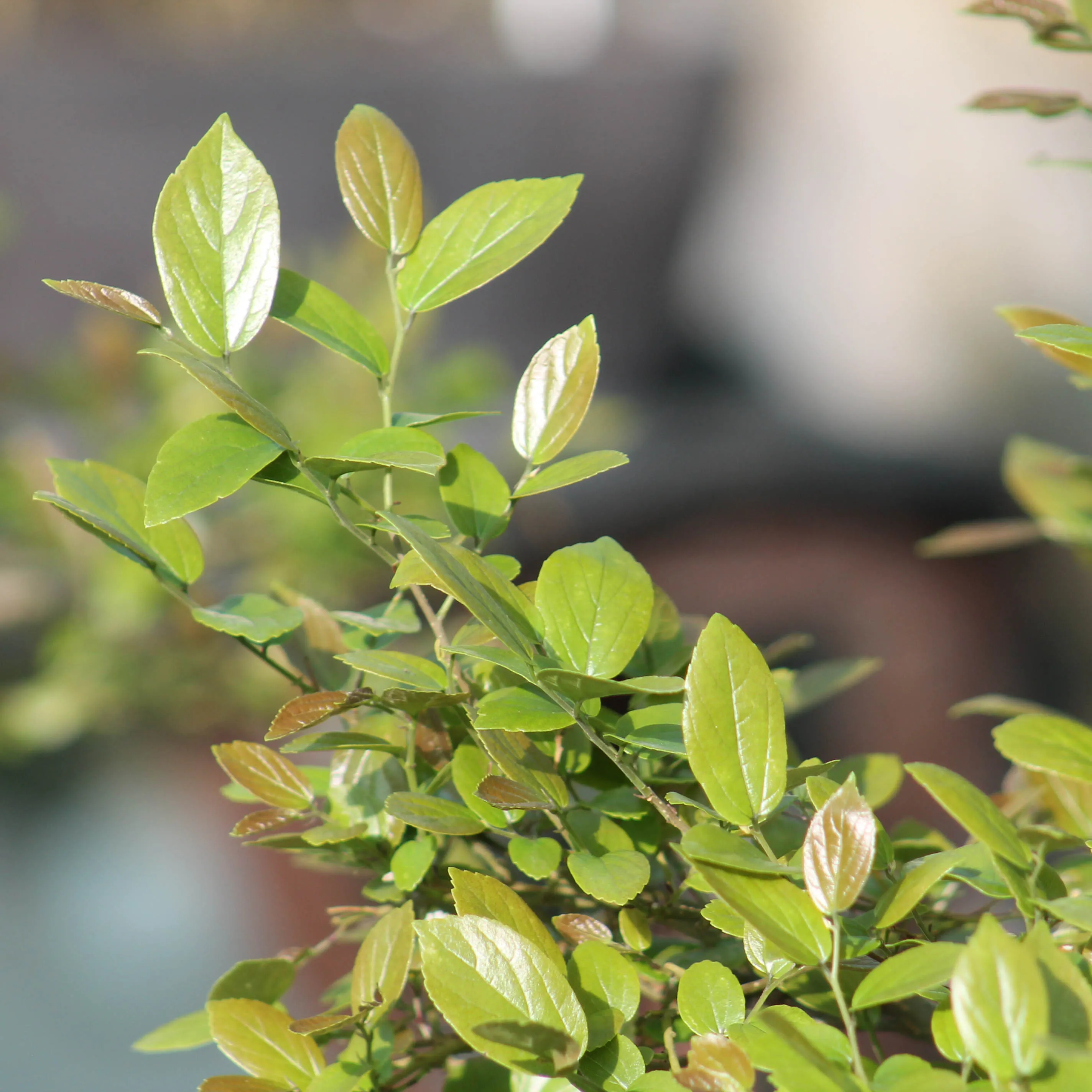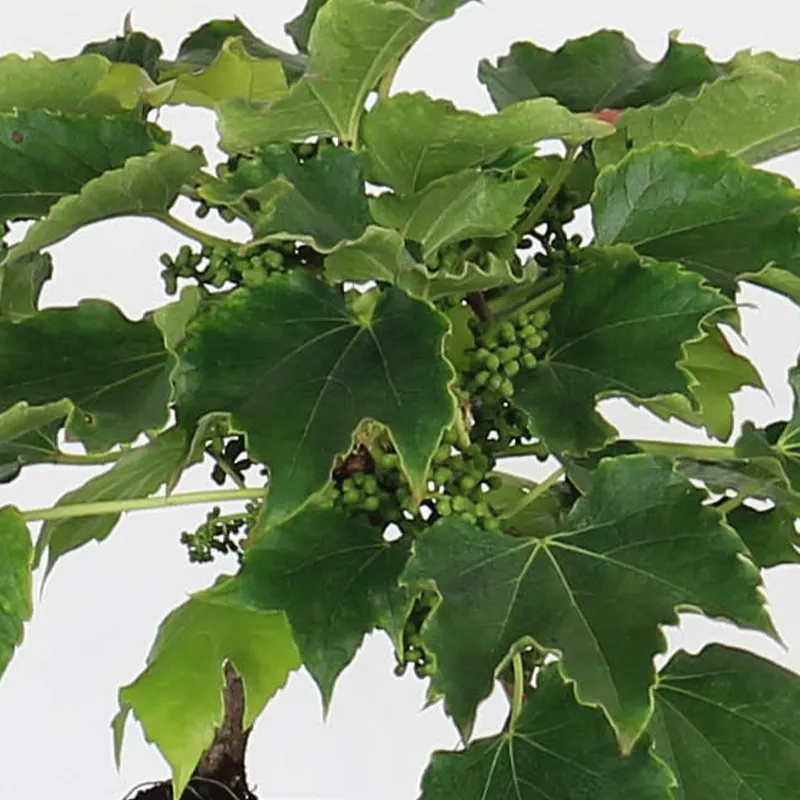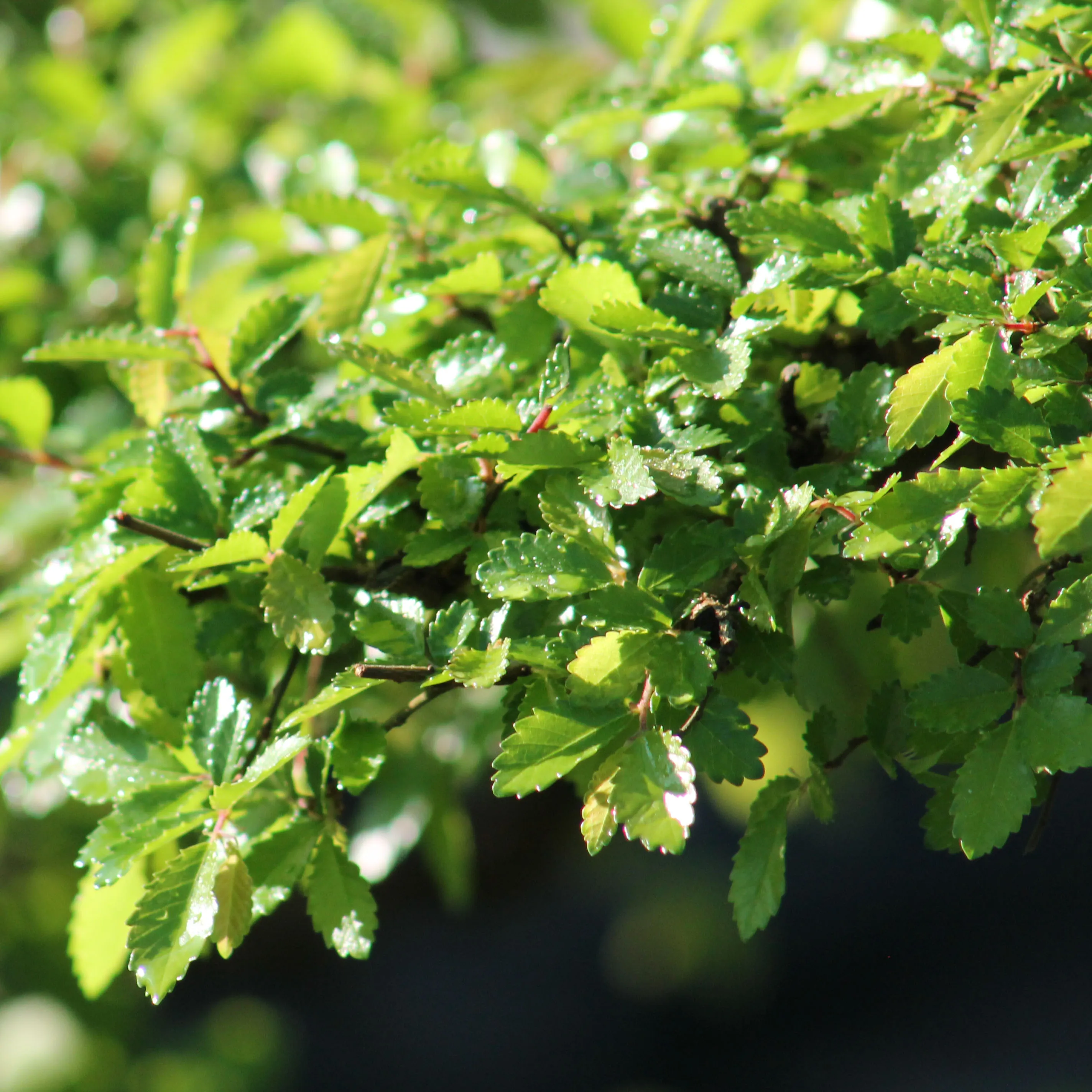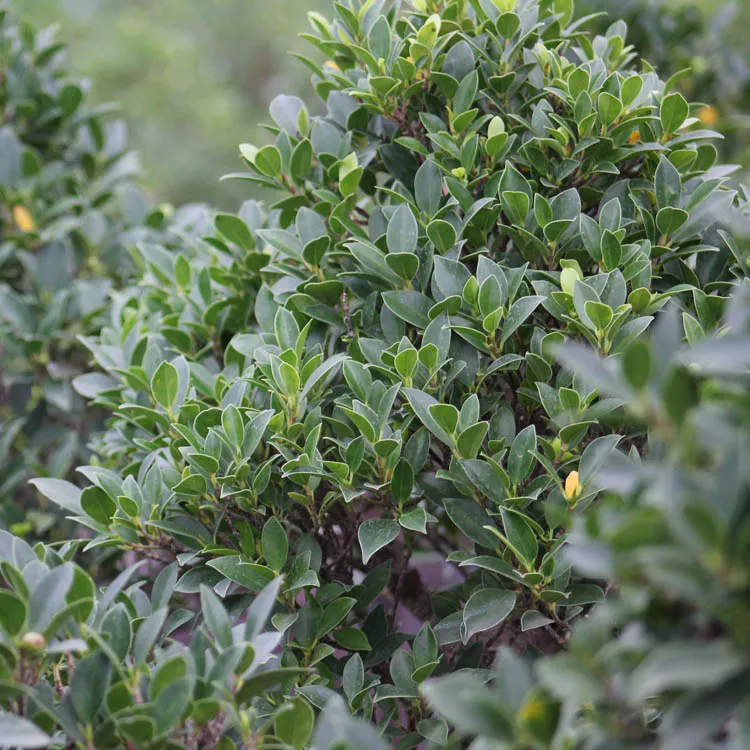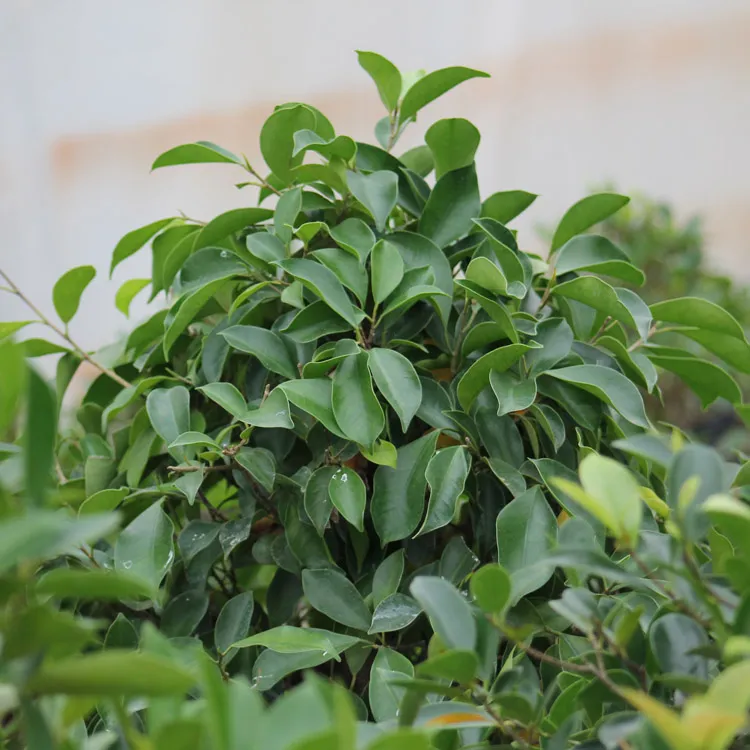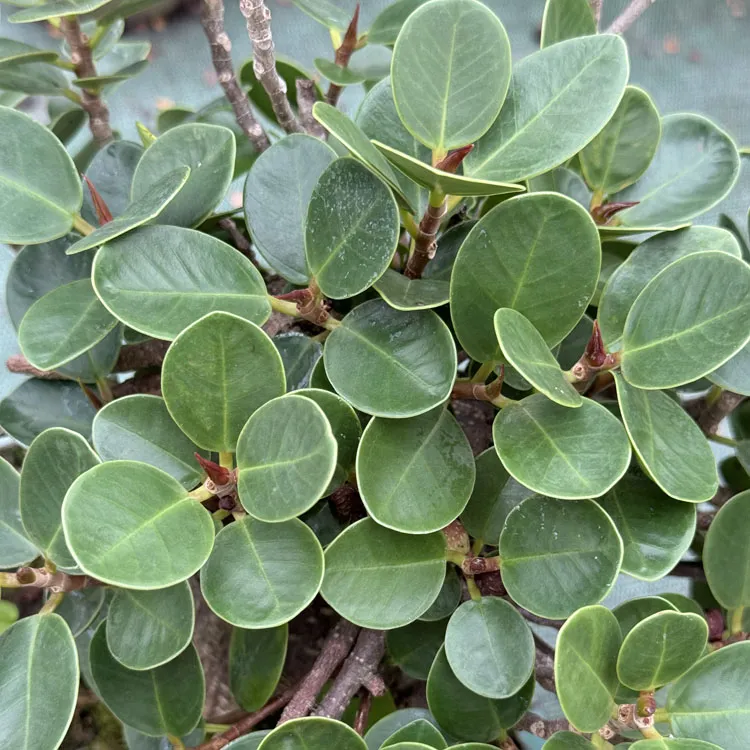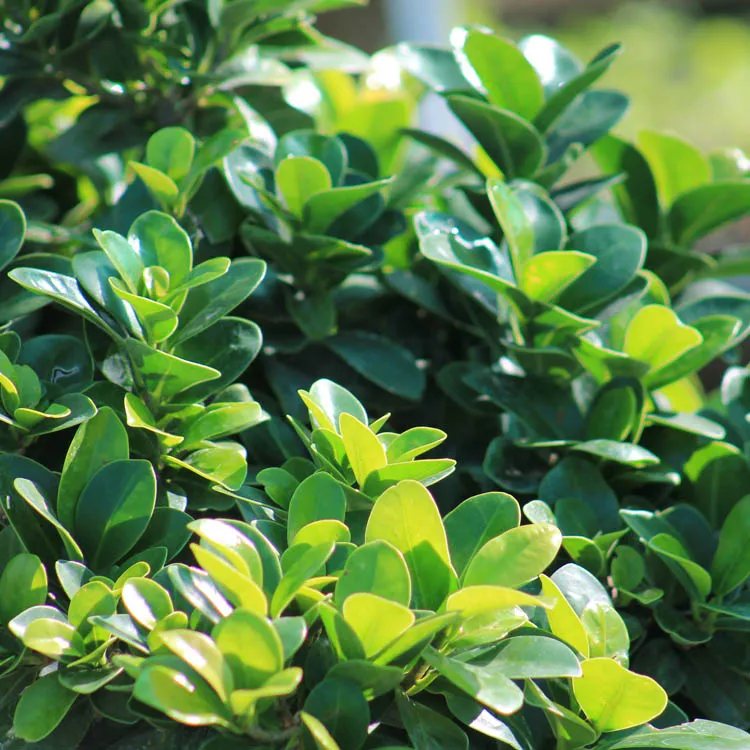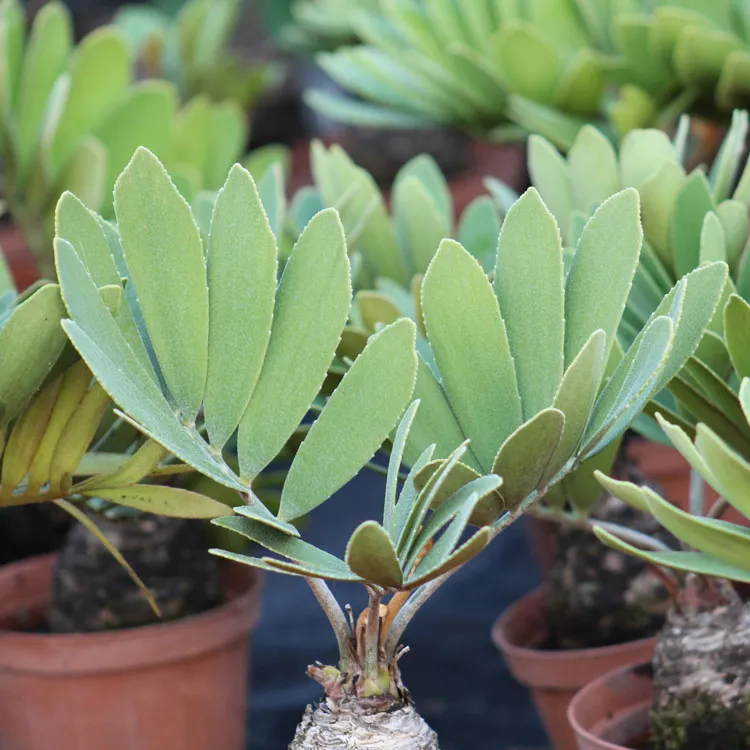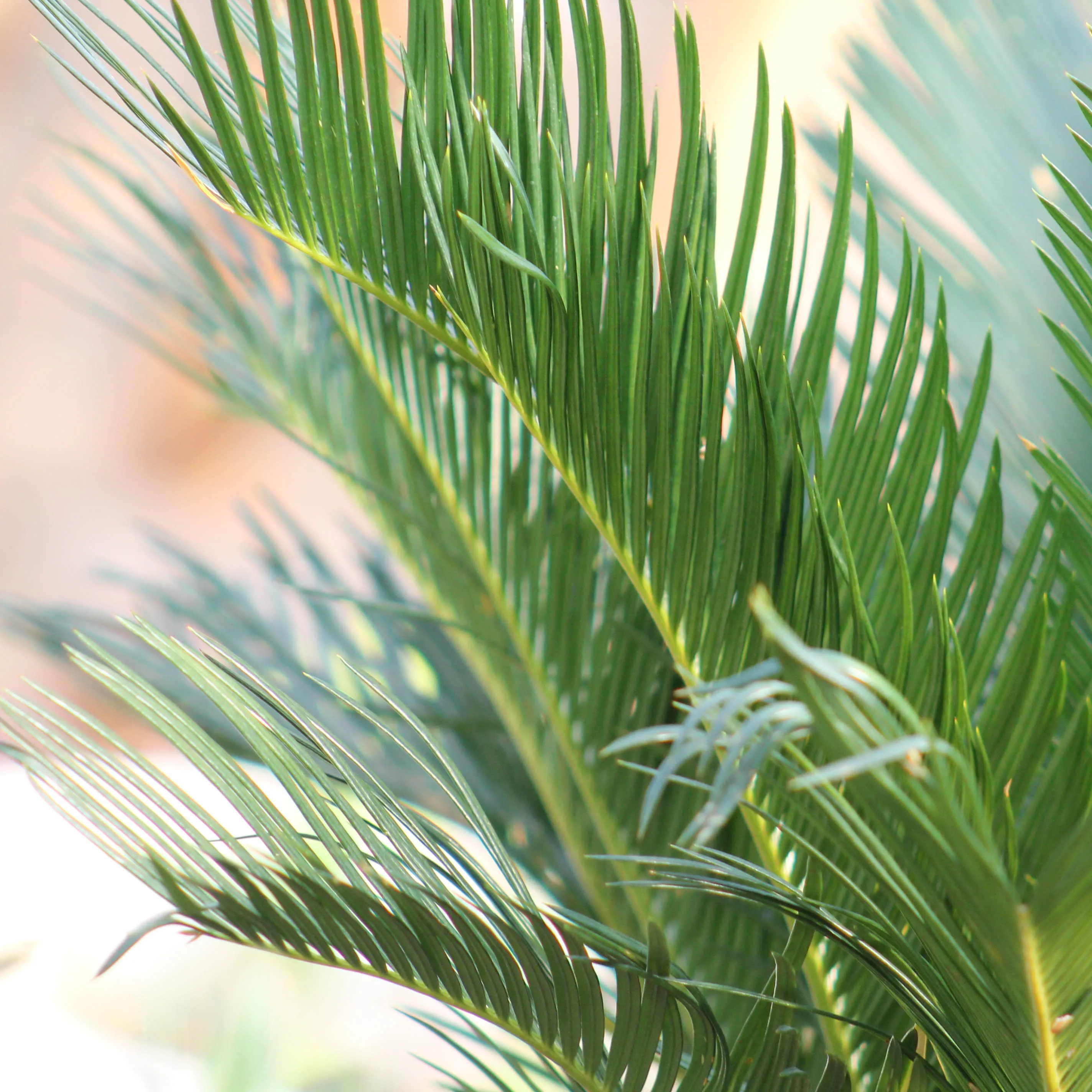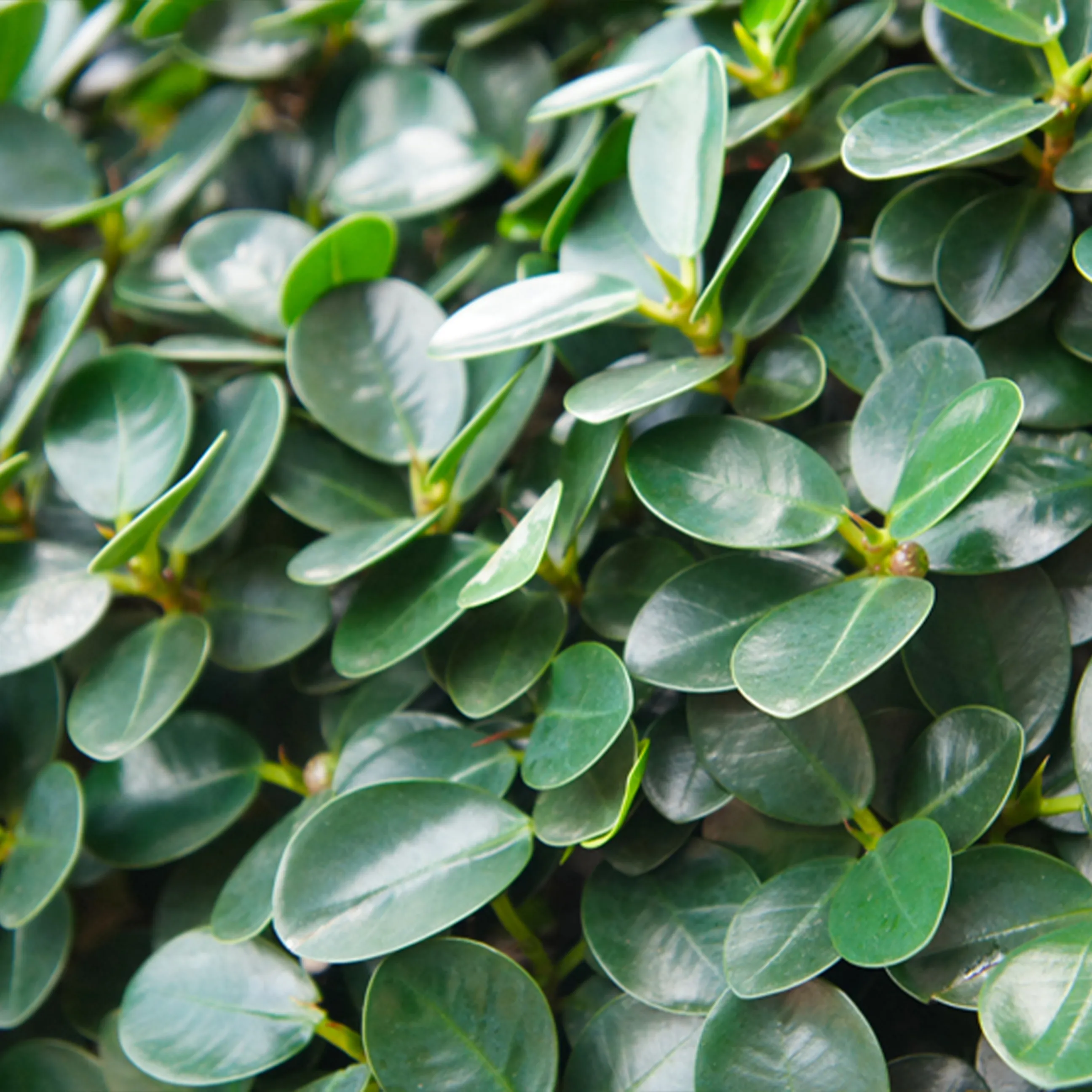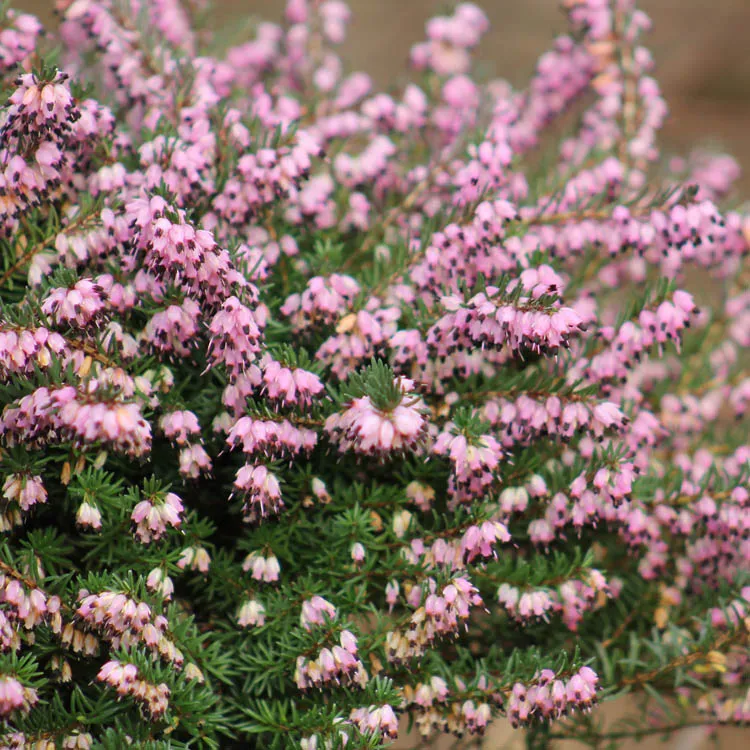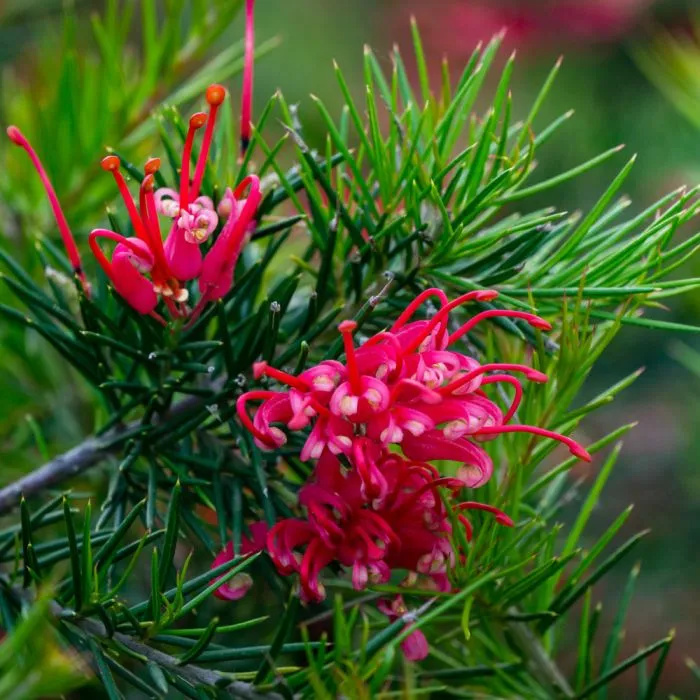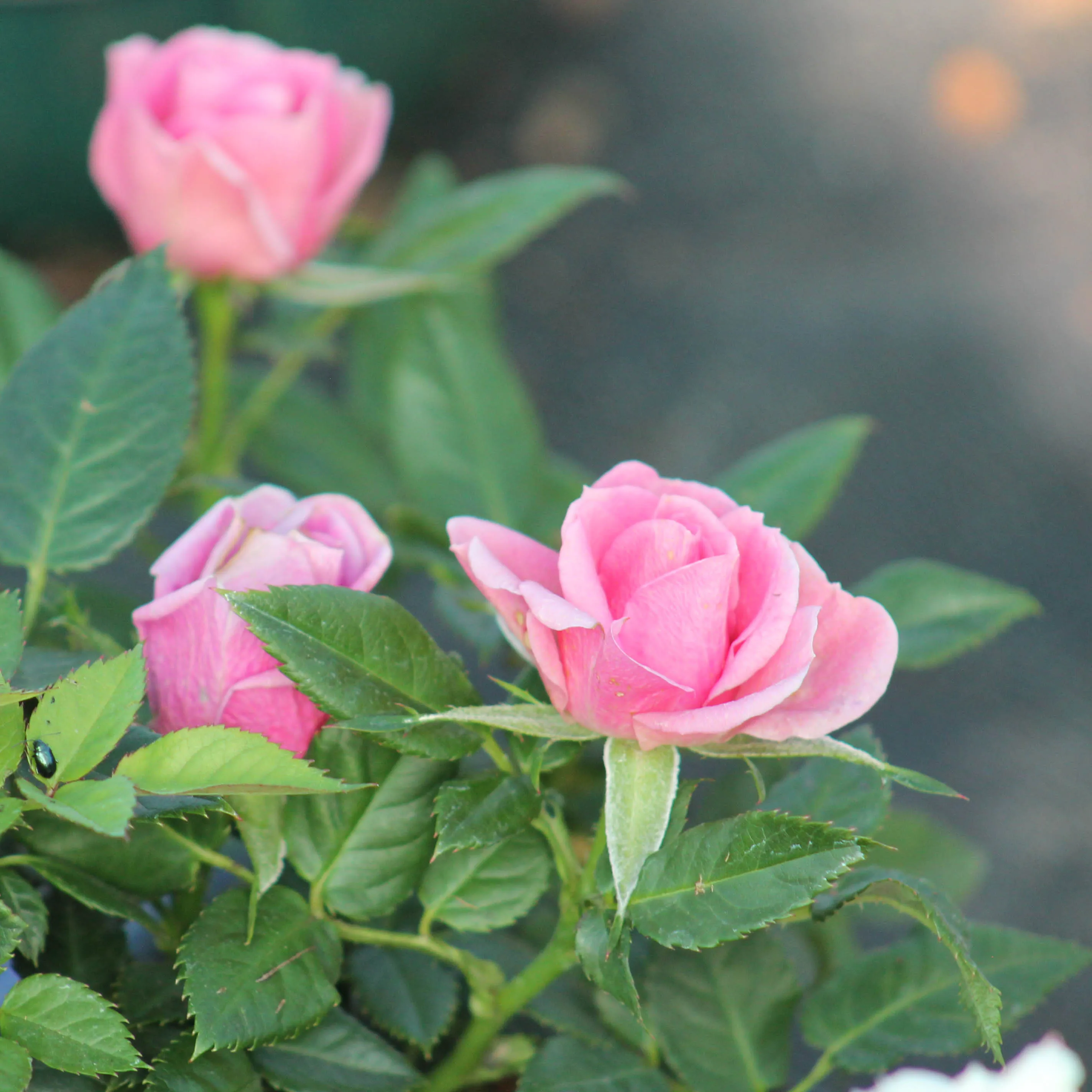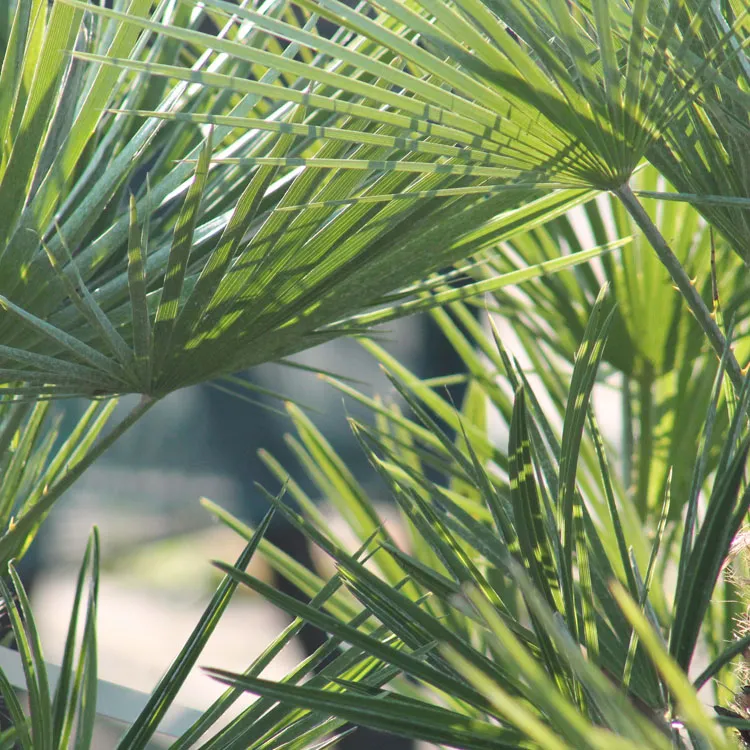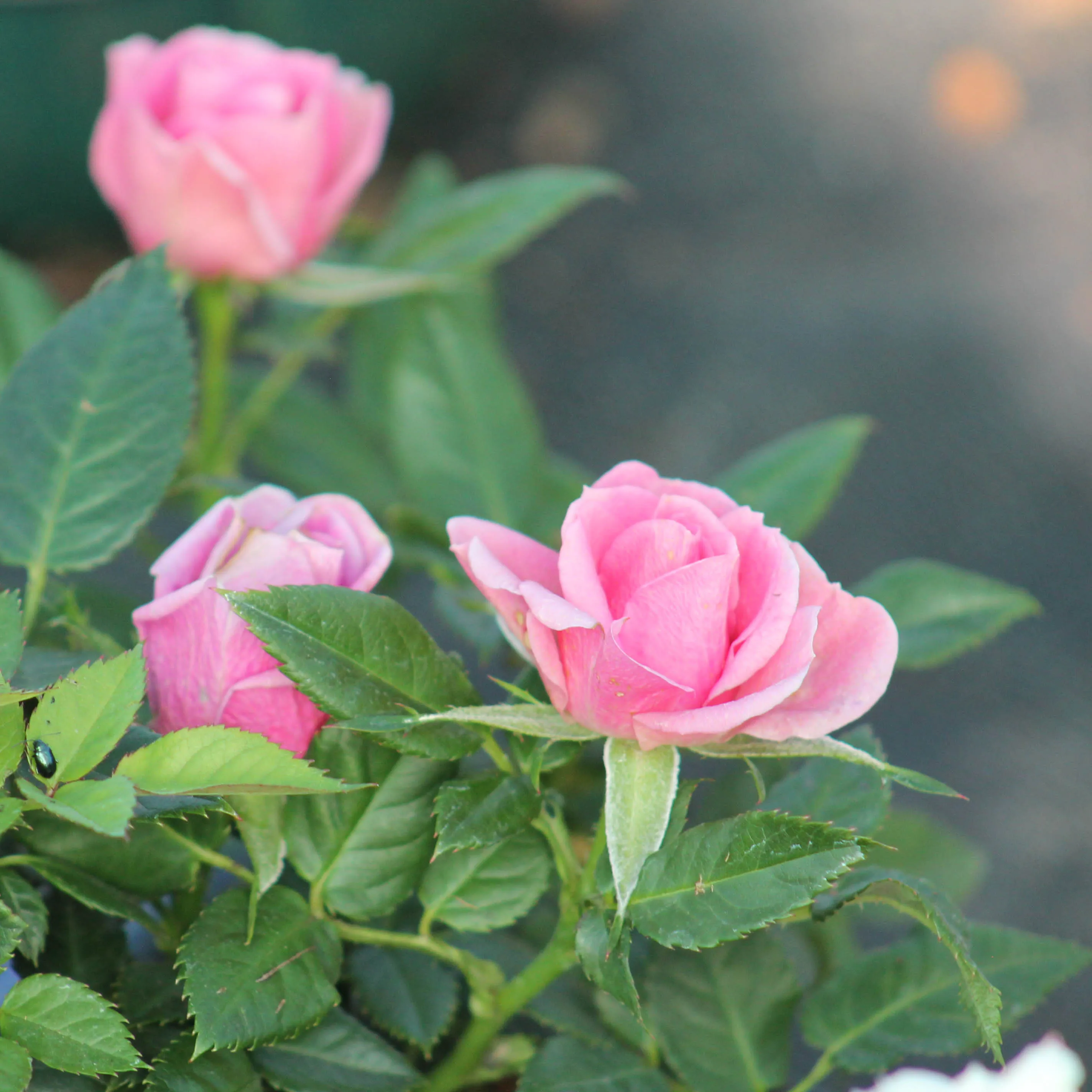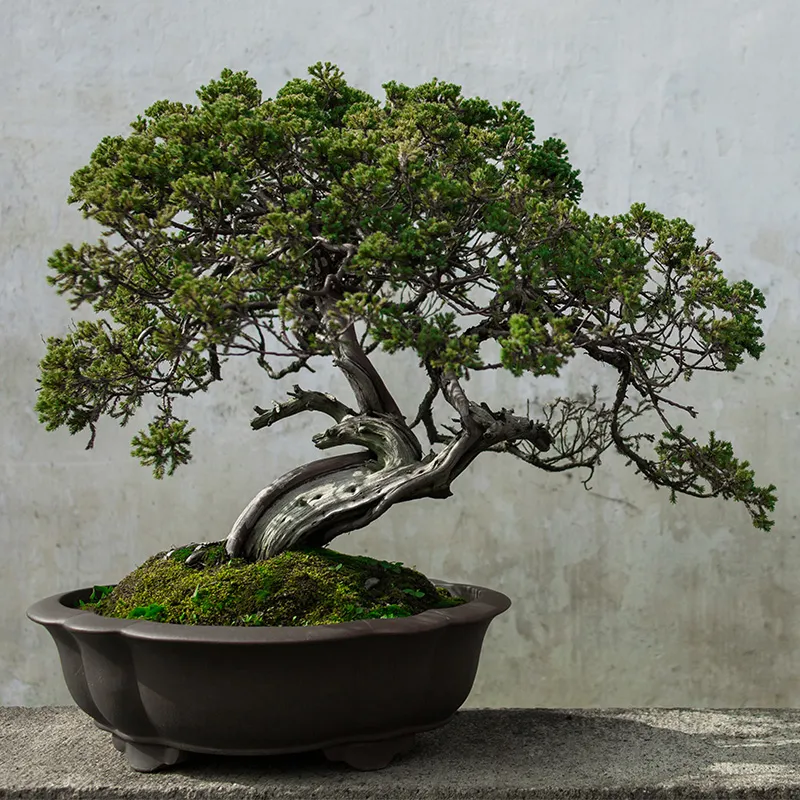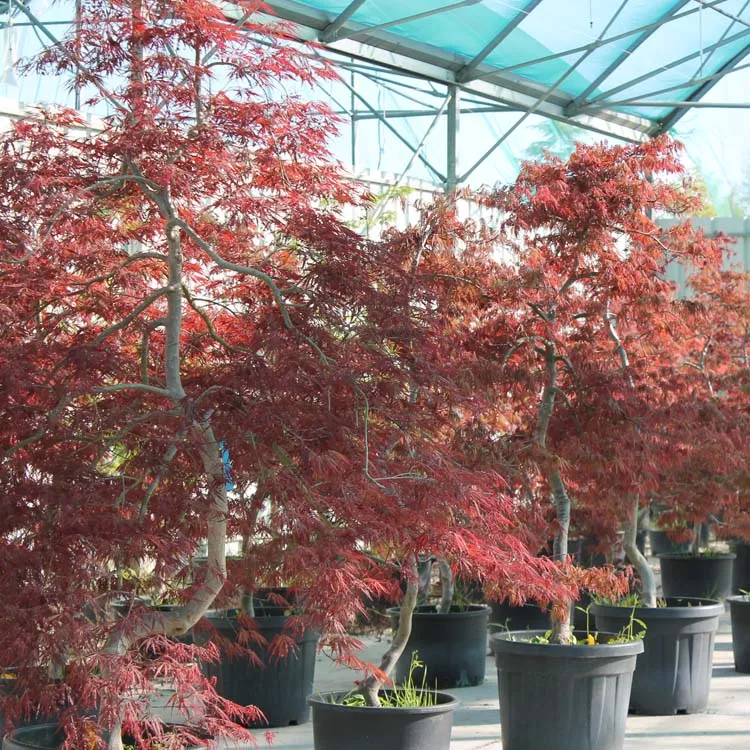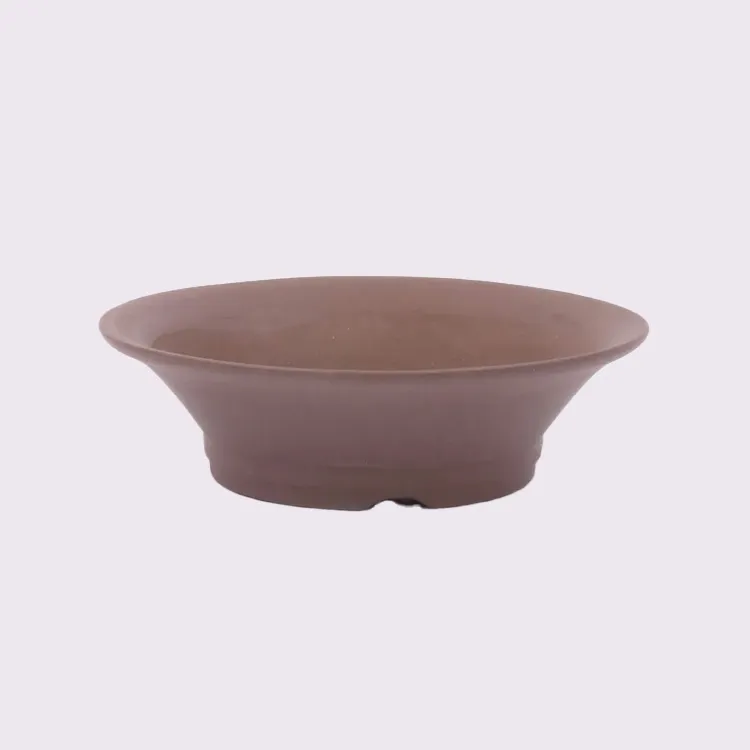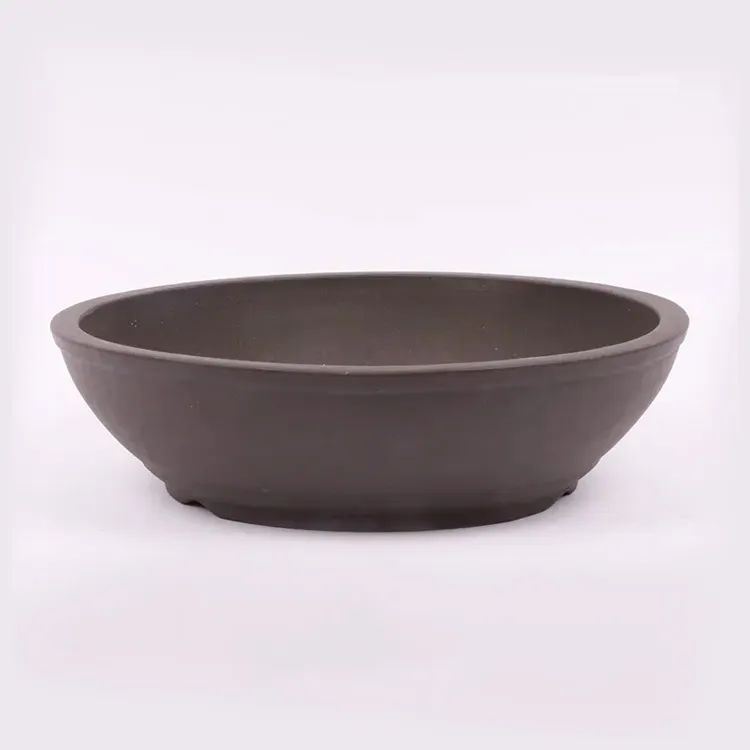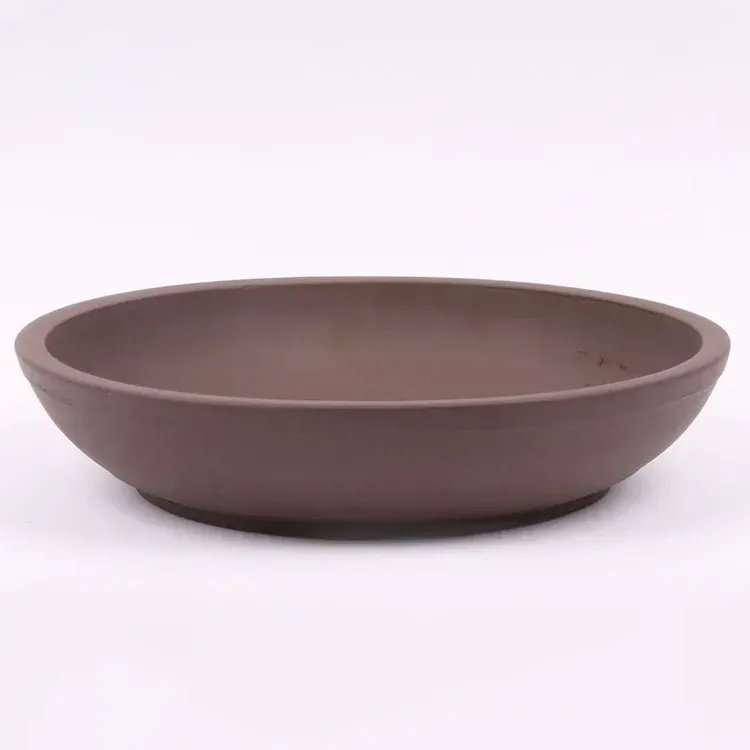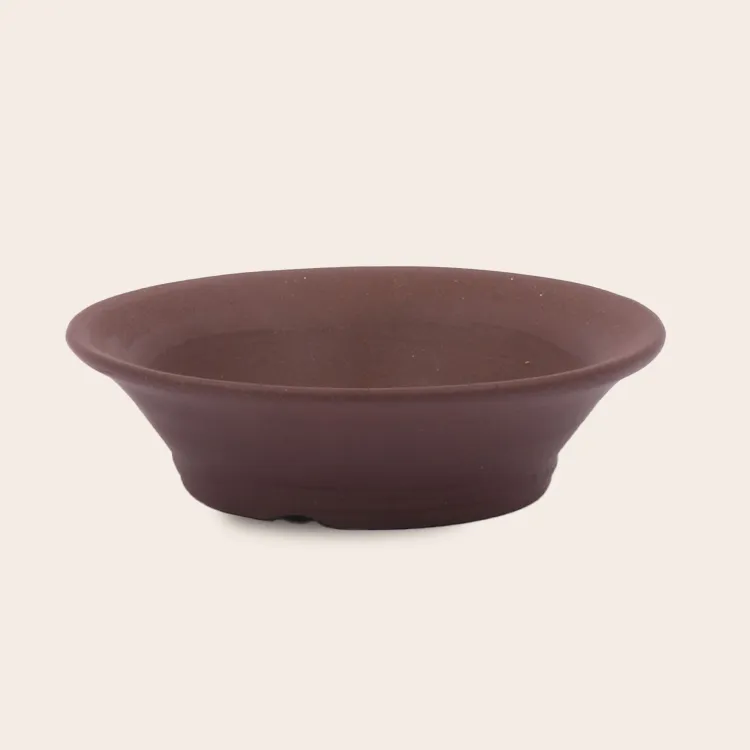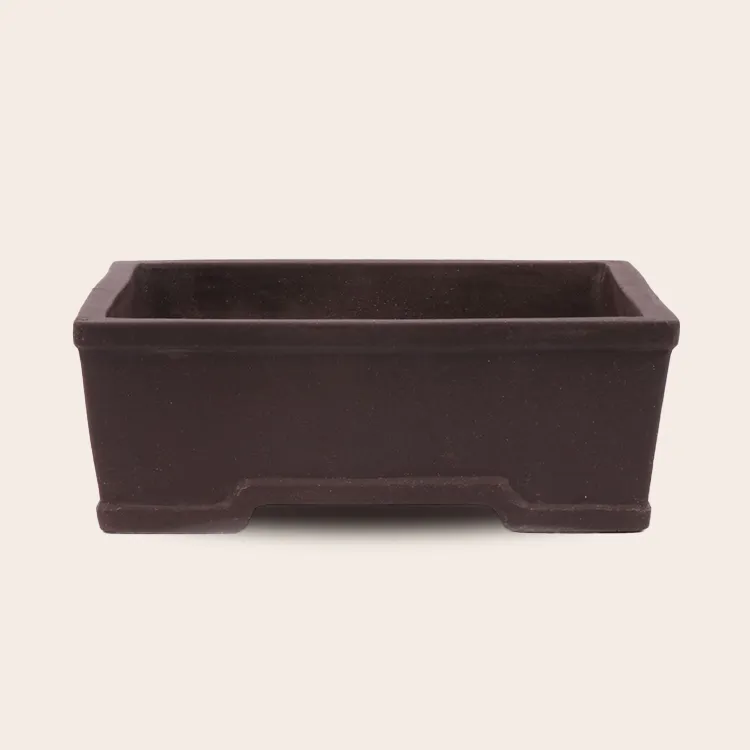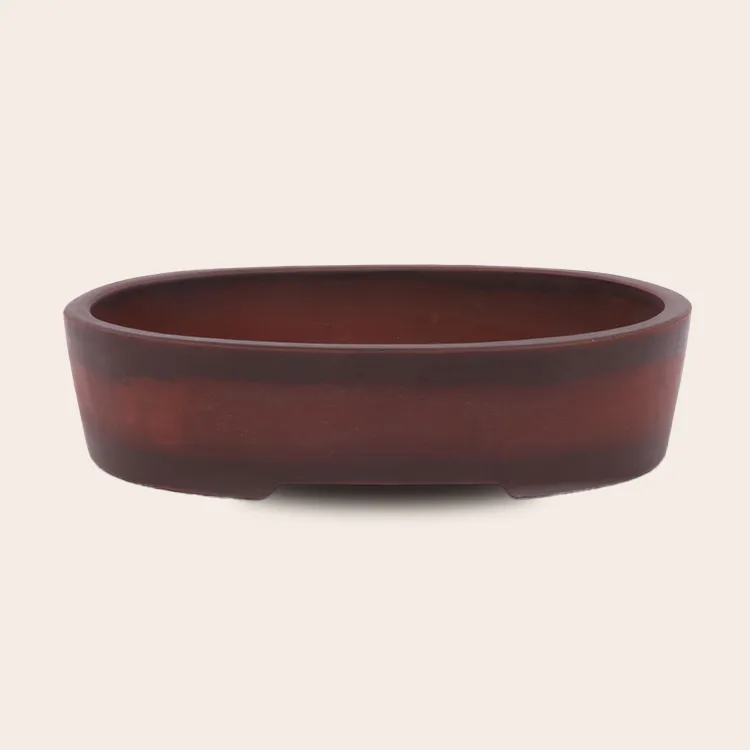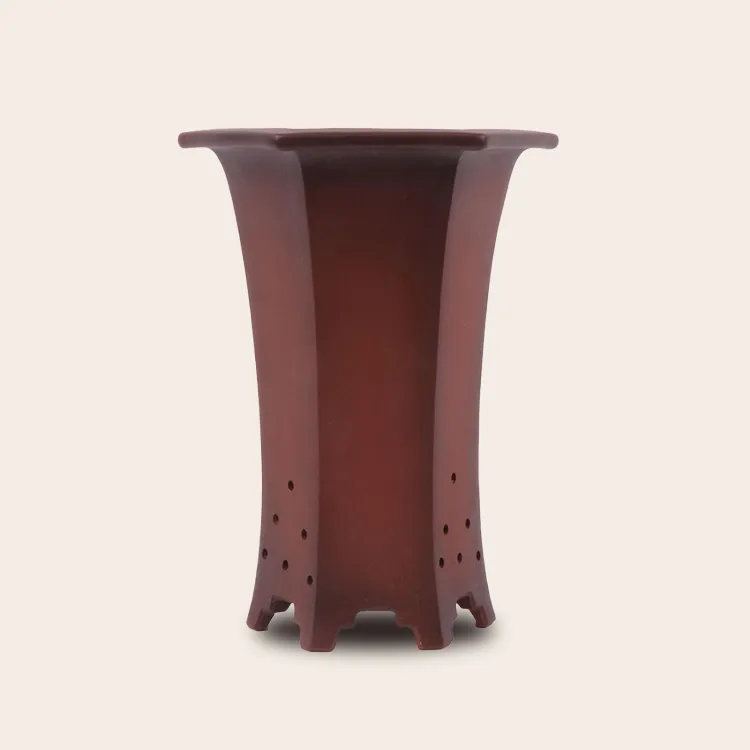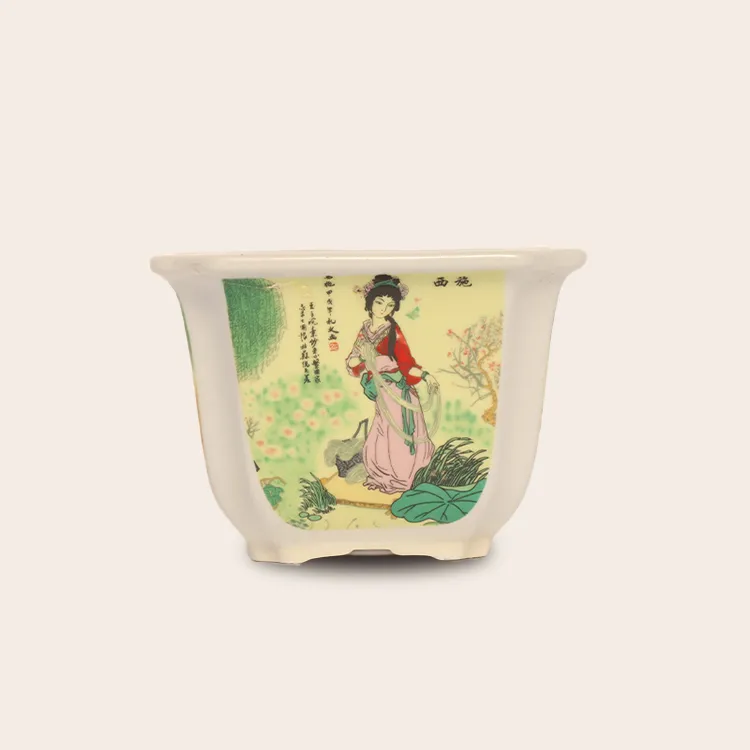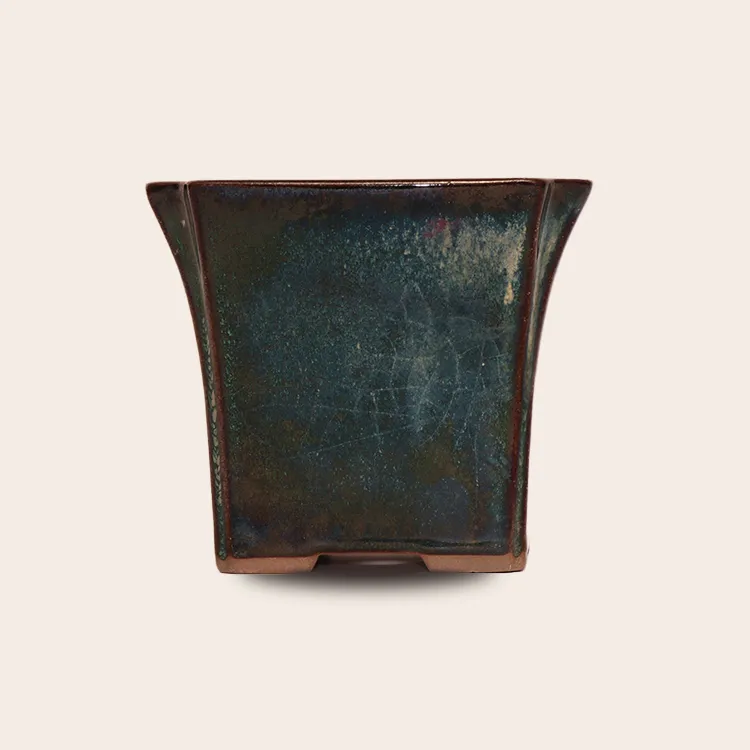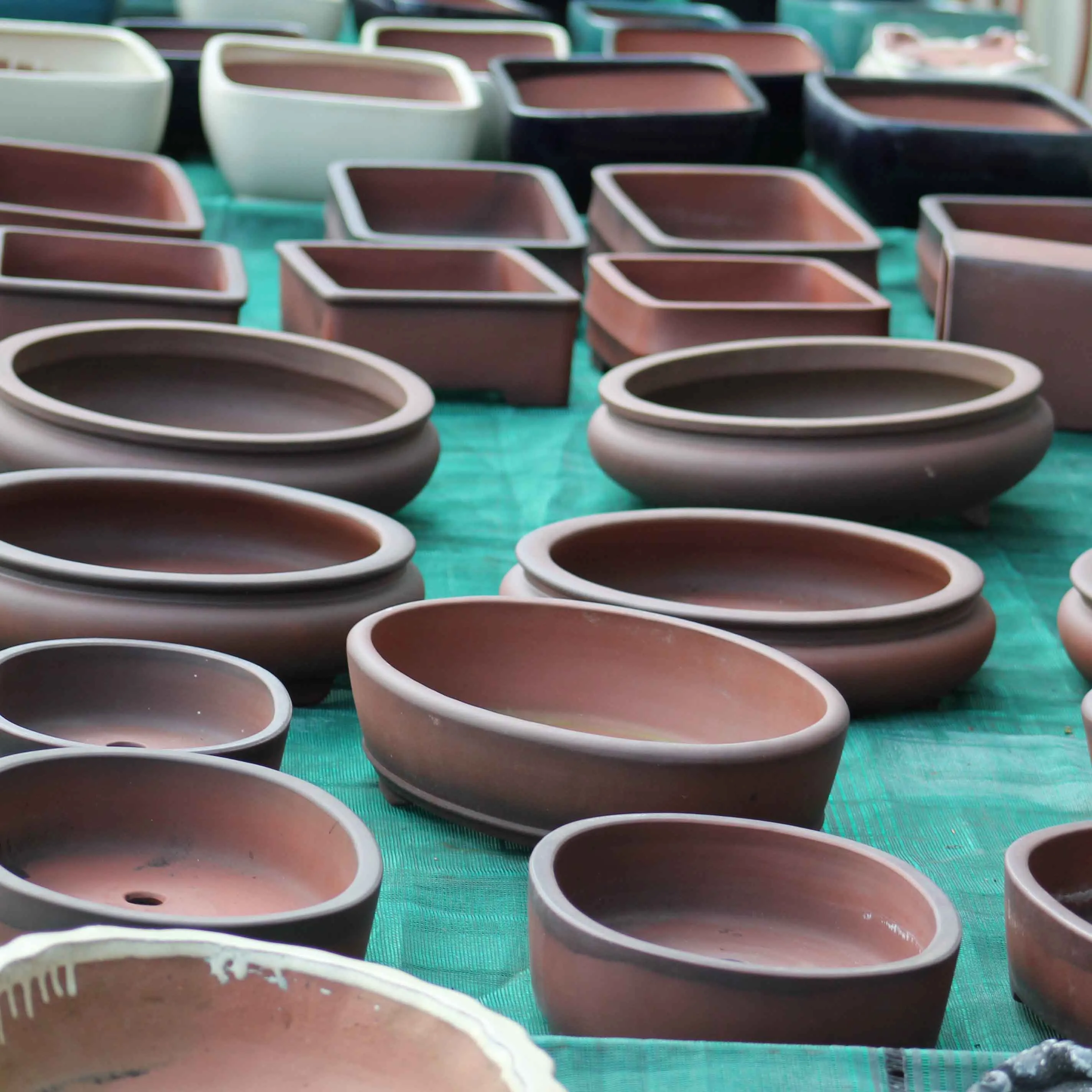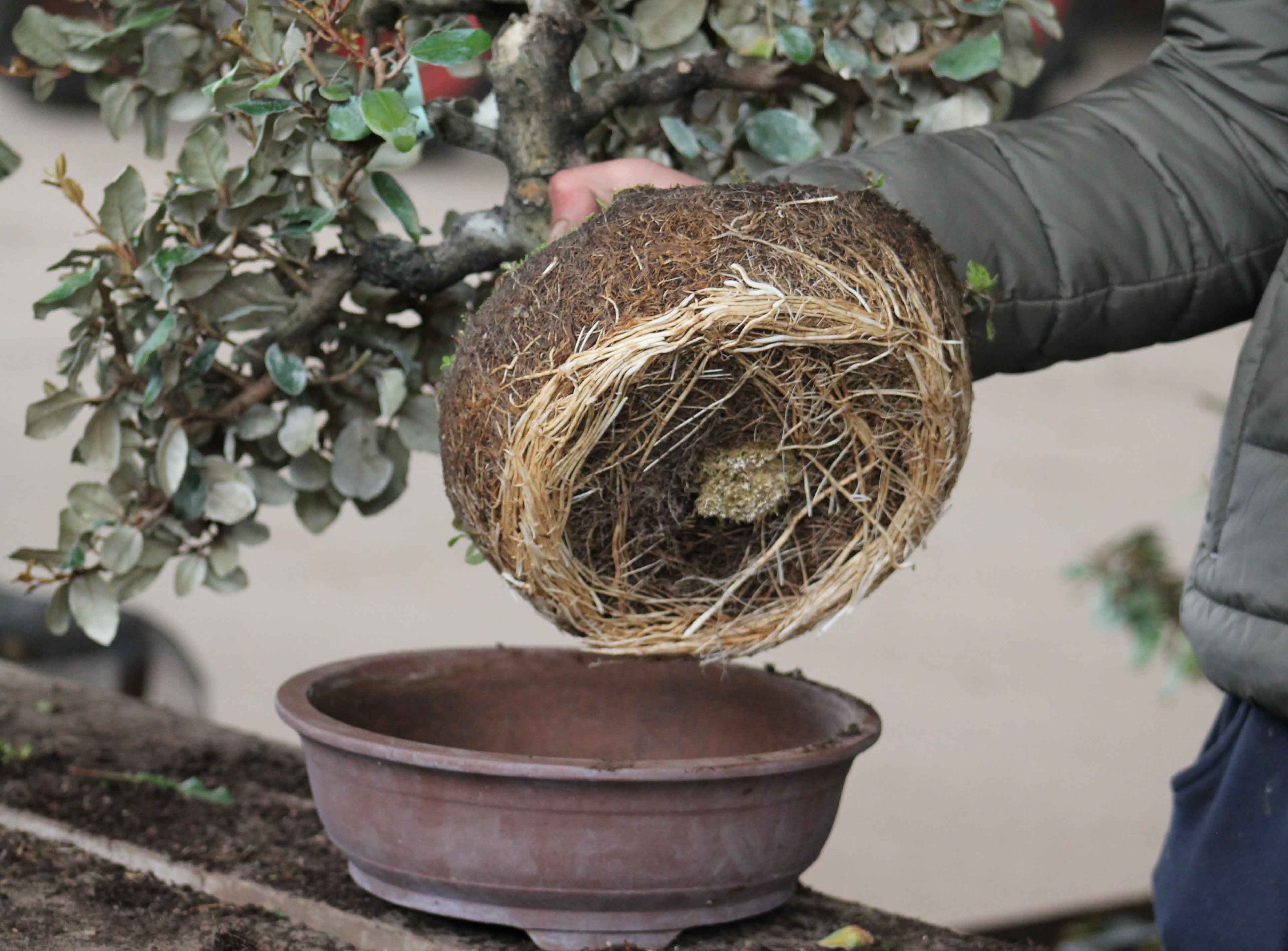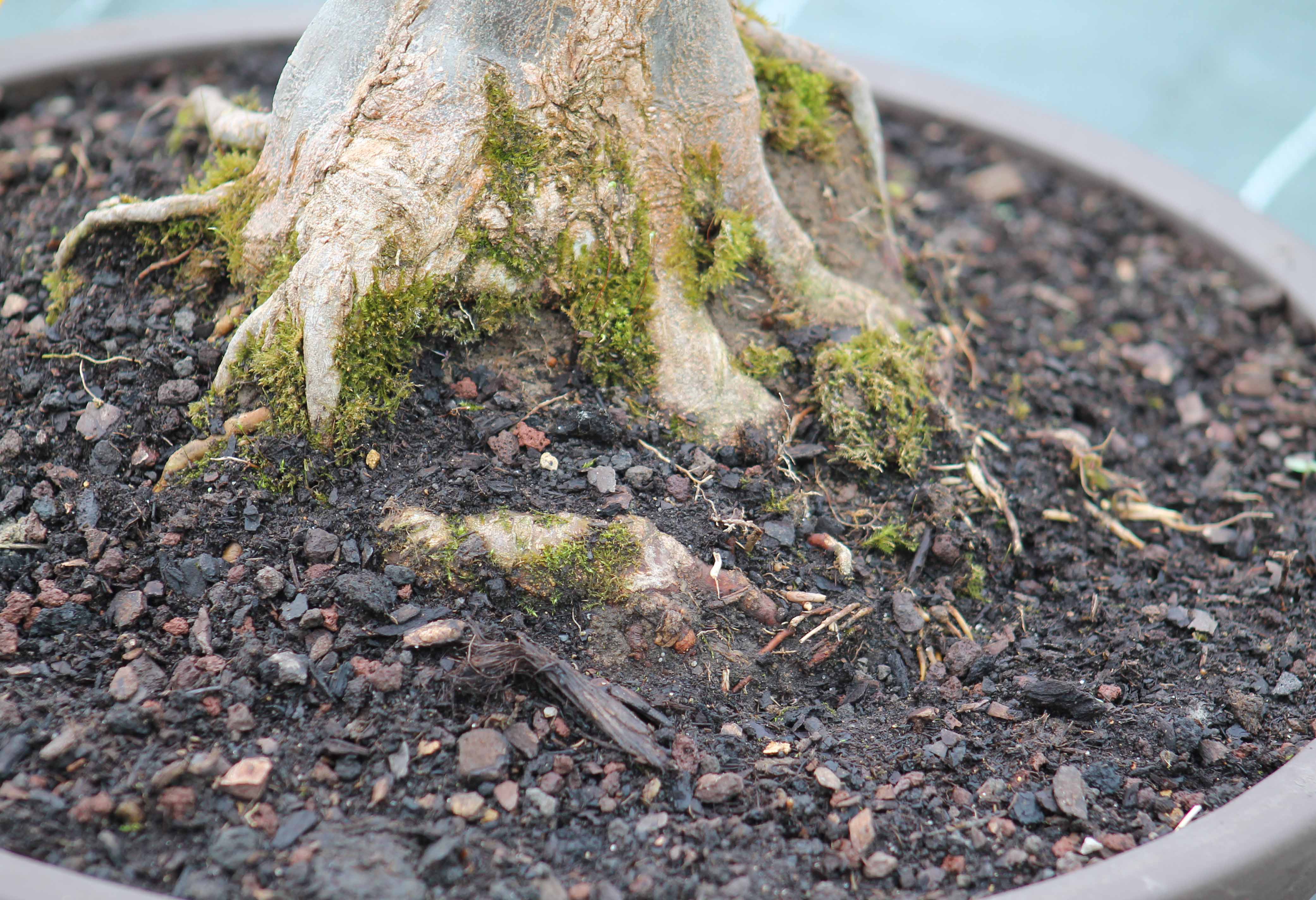Why we don't use "special bonsai" substrate
This is a question that often comes up in comments and messages :
"Why don't you use akadama, pumice or so-called "bonsai-specific" substrates ?
At Bonsaï Galinou, we do things a little differently, and it's no coincidence. Here are some tips to help you better understand our approach and, more importantly, why it works in our context.
A method adapted to our reality
We are not an online store reselling trees grown elsewhere or imported trees. We are first and foremost a production nursery, where we have been growing thousands of trees for many years. This means that every step, from seeding or cutting to training into bonsai, is carried out on-site, with a detailed understanding of our climate and environment.
We are located in the southwest of France, a region where summers are often hot, dry, and windy. Under these conditions, using a traditional substrate like akadama (very well-draining) would require much more frequent watering. For large-scale production, this would represent a cost in time and water, as well as a significant financial investment due to the high price of akadama, with no guarantee of better results.
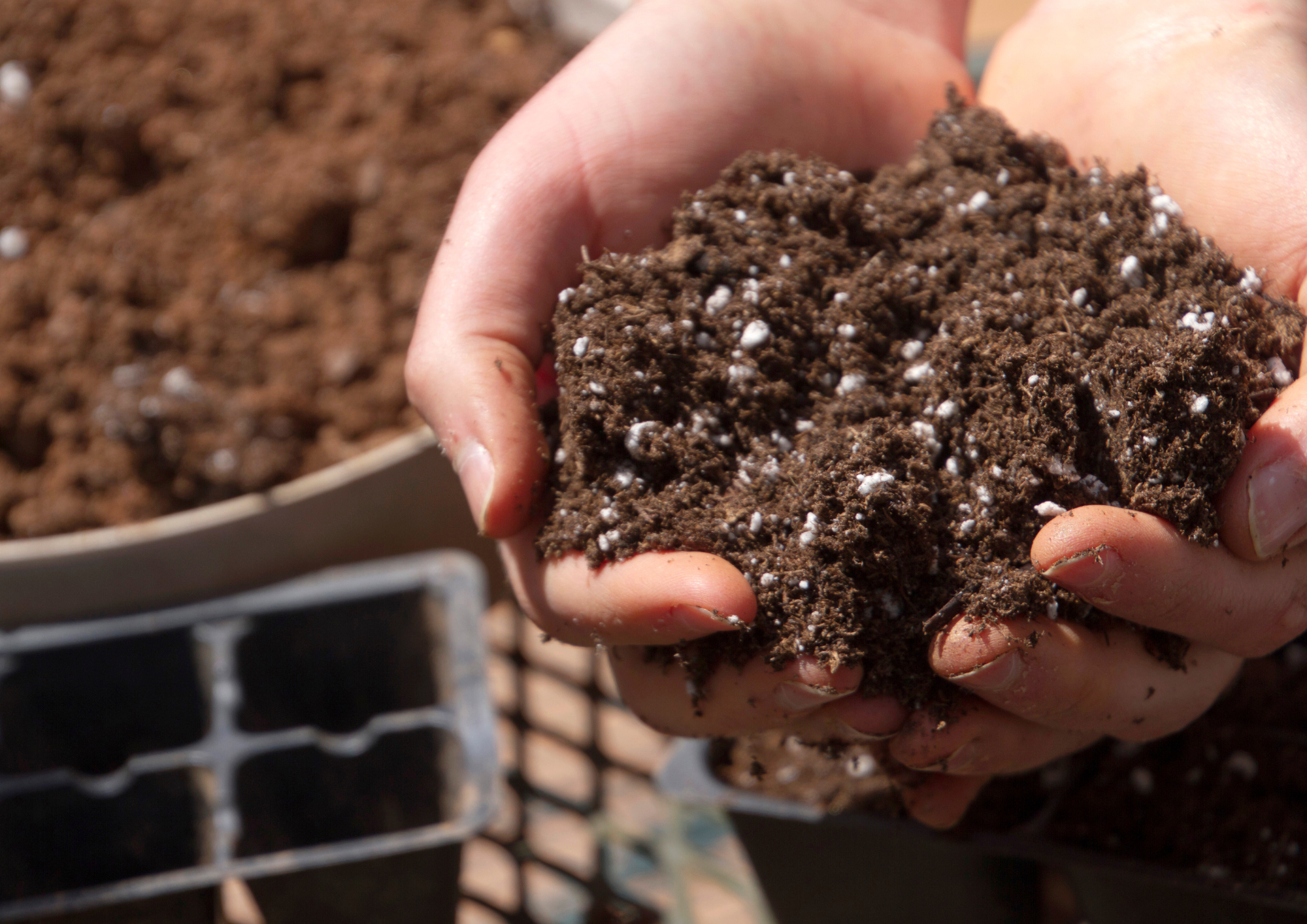
A homemade substrate, designed for the cultivation and health of trees
That's why we developed our own blend, specifically designed to meet:
- our climate,
- our intensive farming methods,
- and, above all, the well-being of our trees.
Here's its approximate composition:
- 15% Black Peat
- 35% Blond Peat
- 20% Composted Bark (Eco Aged 0/10)
- 10% Topsoil
- 10% Horse Manure
- 10% Pozzolan 3/6
- + Dolomite (to adjust the pH between 6 and 6.5)
Sometimes we also add clay soil from our fields, especially for species like pines, which grow particularly well there.
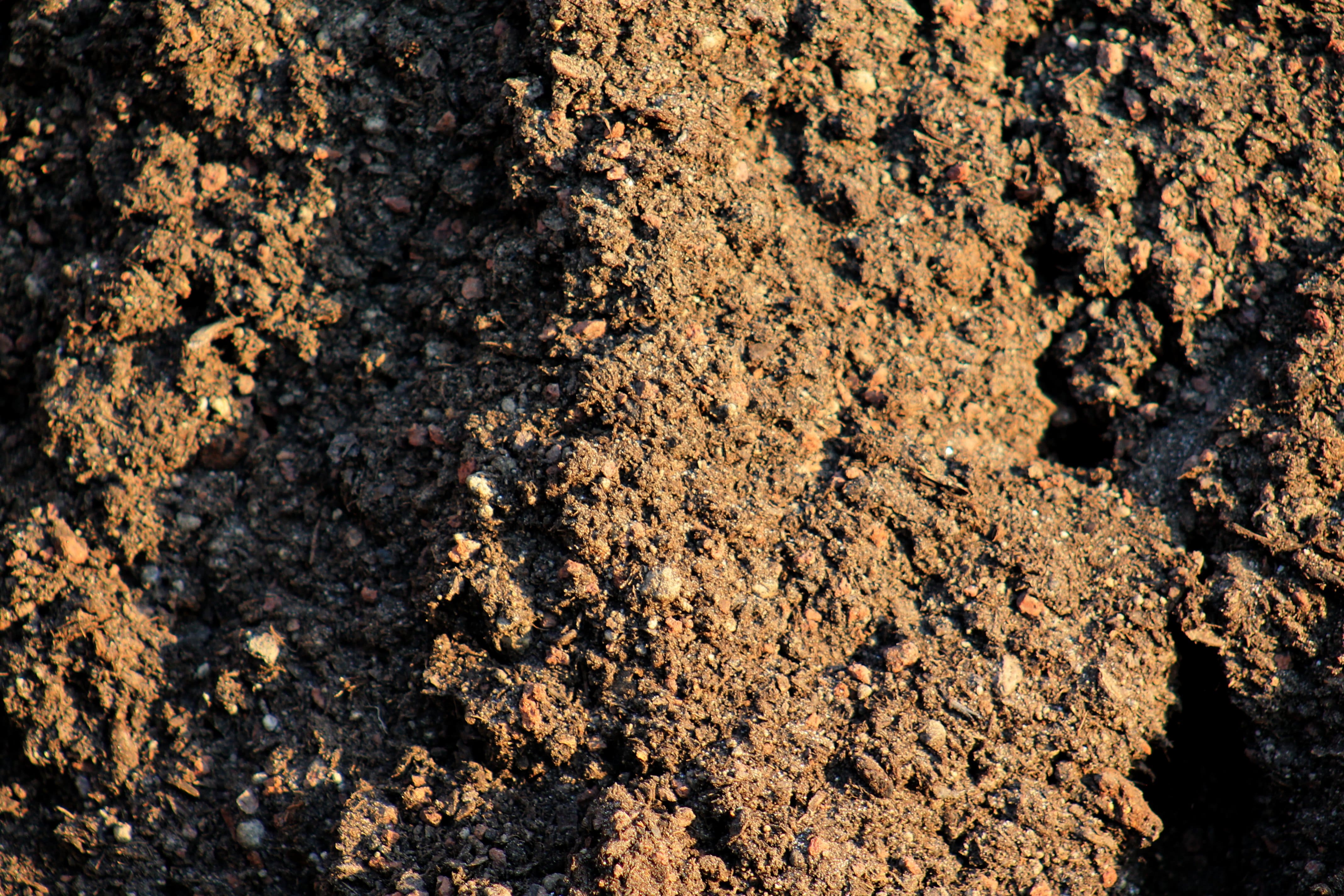
There is no one right way to grow a bonsai tree.
The world of bonsai is rich in approaches, schools, and traditions. But what we sometimes forget is that each professional adapts their practices to their own specific circumstances: climate, soil, cultivated species, logistical constraints, etc.
We're not saying our method is the only valid one. It's simply the one that allows us to produce robust, healthy trees that are well-adapted to our environment. Our results speak for themselves.
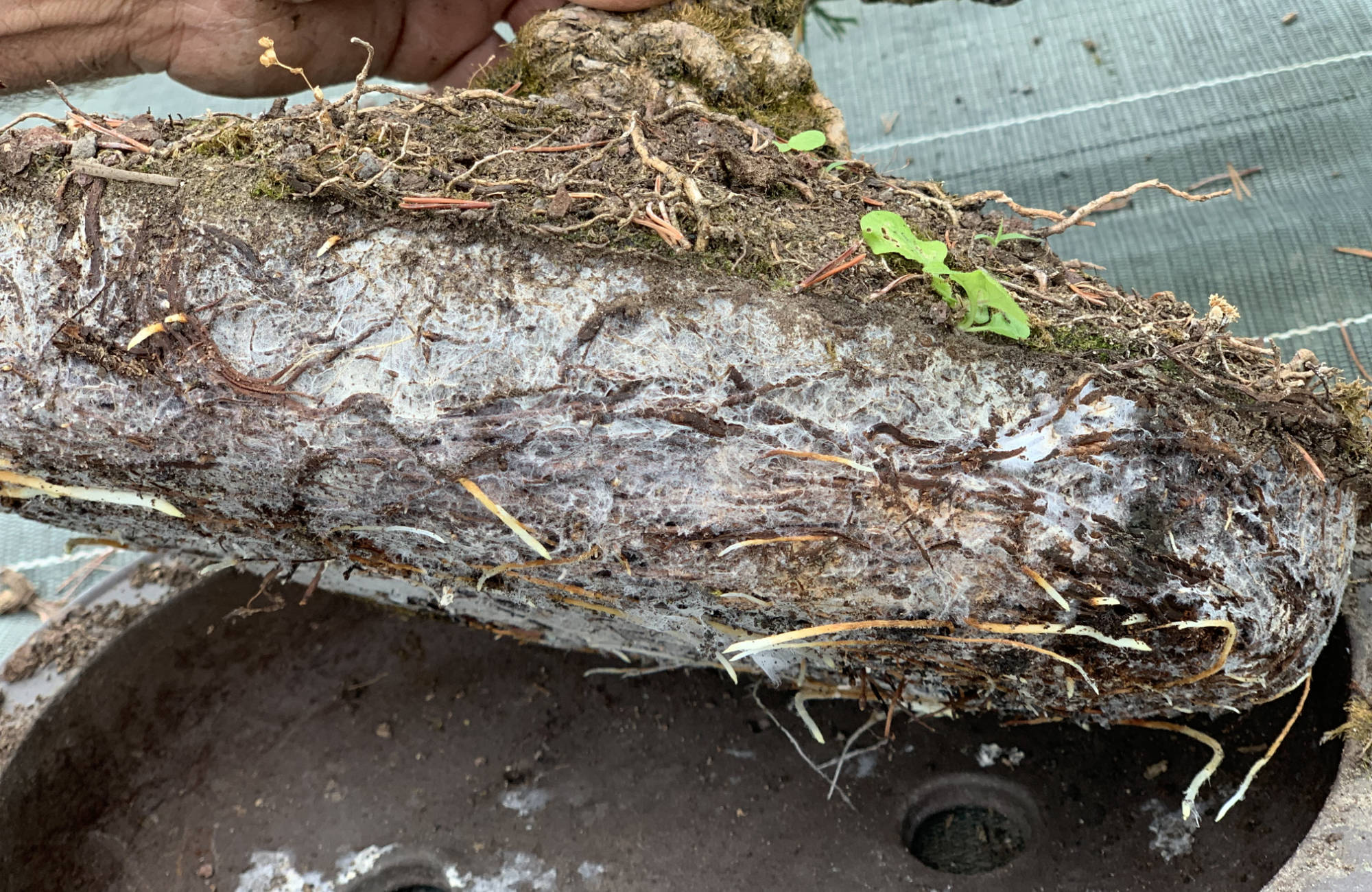
In summary
Whether or not to use akadama, pumice, or any other "classic bonsai" substrate is a matter of reasoned choice, not dogma.
We believe it's essential to remain open and pragmatic :
What works in one context doesn't necessarily work in another.
If you're growing a few trees on a balcony in Paris, in a garden in Brittany, or in a greenhouse in the North of France, you'll likely need a more well-draining substrate. But for our nursery in Provence, this is neither necessary nor optimal.
If you have any further questions about our method or our substrate, we'll be happy to answer them.
Thank you all for your curiosity and your always enriching discussions. Feel free to check out our article on repotting.

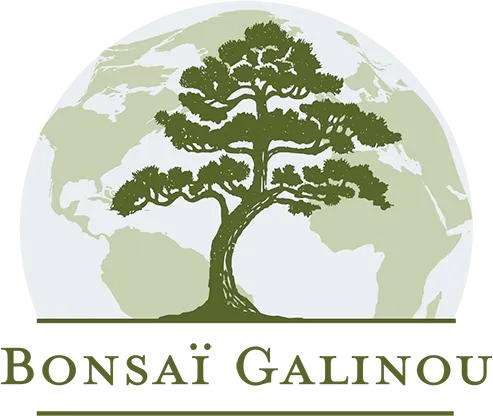
 Production of French Bonsai
Production of French Bonsai
